Here are the 2023 Detroit Autorama Ridler Award “Great Eight” finalists
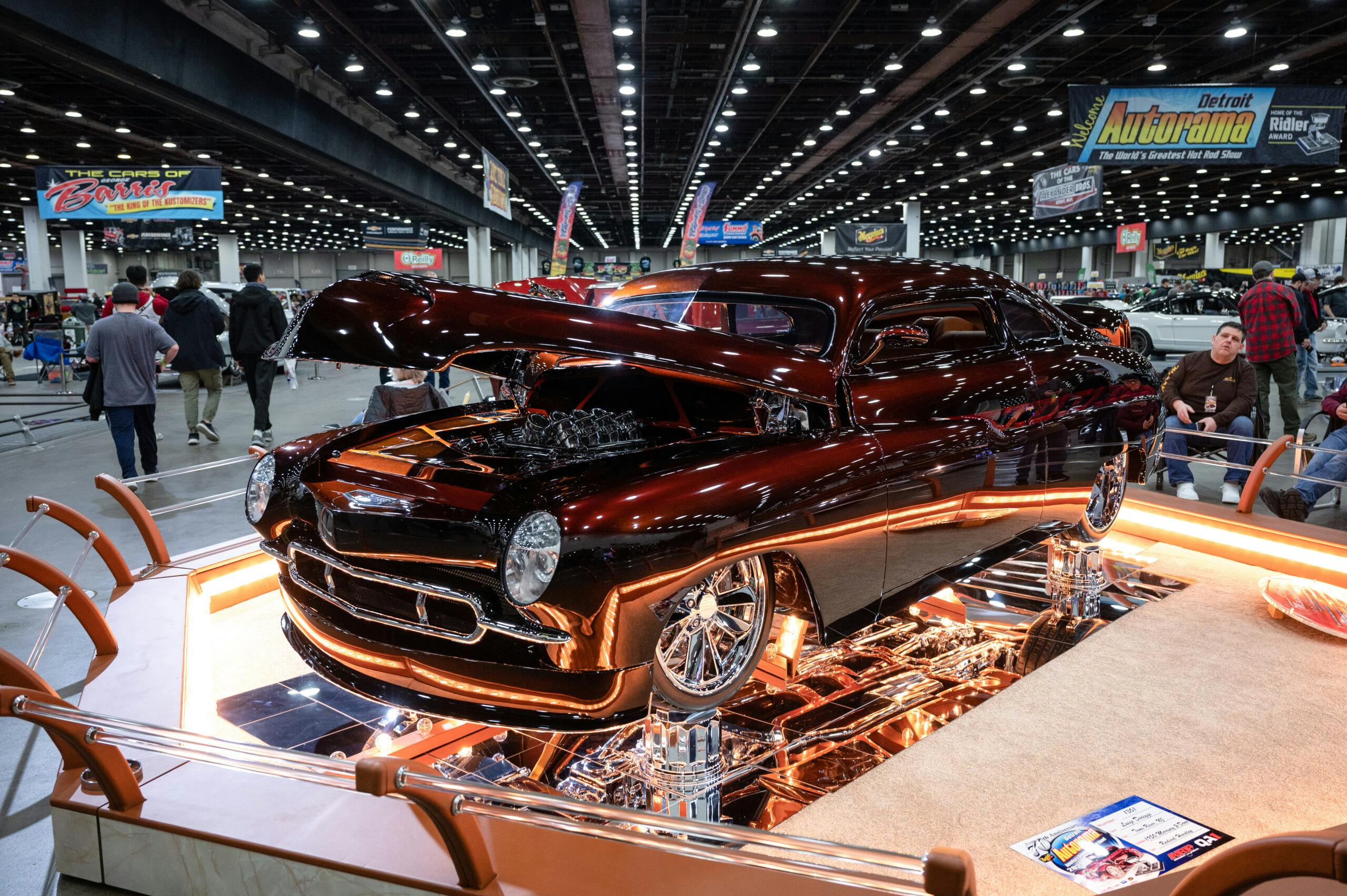
Need to brush up on your custom-car lingo? Here are 35 must-know terms to help you make sense of the artistry on stage in Detroit in 2023. —Ed.
The Detroit Autorama’s Ridler Award is arguably the most prestigious trophy in the custom-car world. Each winning vehicle costs at least a million dollars to build. Last year’s winner, Rick Bird’s Sho Bird, a 1931 Chevrolet whose radical front-end styling incorporated two big turbochargers and exhaust pipes, was a bit controversial. I don’t know if the Ridler judges are affected by popular opinion, but this year’s Great Eight finalists seemed to go in the other direction, with restrained styling no matter how extreme the modifications might be.
Clean lines and elegant executions were the themes of the day, like the winner Maximus, pictured above. Another departure was the fact that none of the finalists were prewar cars, so no traditional hot rods, a factor which further distinguishes the 2023 Ridler competition from the year’s other top custom award, the America’s Most Beautiful Roadster at the Grand National Roadster Show in Pomona, California.
The selection in Detroit were fairly diverse and original. Concerning popular postwar cars that you can see at just about any custom car show, no Corvettes, 1969 Camaros, ’57 Chevys, or Chevrolet S-10 pickups made the cut.

1950 Mercury: Maximus
The closest thing to a traditional hot rod was probably Maximus, a “lead sled”-styled 1950 Mercury two-door wearing metallic pearl “Candy Root Beer” paint, competing in the Radical Hardtop class. Built by Bruce Harvey’s Pro-Comp Custom shop near Pittsburgh, Pennsylvania (which built 2022’s winner, Sho Bird), with an interior by Paul Atkins, the car is owned by Luigi Deriggi, a grocer from Toms River, New Jersey.
Powered by a Ford Coyote V-8 engine with Borla stack injection and a Kooks mandrel-bent exhaust, the Mercury is mounted on an Art Morrison chassis fitted with air-ride suspension and one-off wheels by Chris Boyd. (Read the full story on Maximus here.)
1958 Chevrolet Cameo: El Cameo

Jim McDaniel’s El Cameo, in the Radical Pickup class, is a “what if” project, as in: What if Chevrolet had made a more car-like pickup truck before the 1959 El Camino, based on its Cameo pickup?
El Cameo was designed by Dave Kindig and built by Dan Wickett’s Hot Rod Construction. The build involved fabricating custom metal-stamping dies to create production-looking body panels that had never actually been produced before. I was a bit confused because McDaniel describes the El Cameo as converted to unibody construction but the body rides on a custom Art Morrison chassis. Its suspension is configured so that McDaniel, who has competed at the national level in the SCCA, can take the truck autocrossing, so El Cameo is hardly your typical straight-line-speed hot rod. It turns out that “unibody” means that the pickup’s separate bed has been integrated into the cab’s body, just like on the El Camino.
While El Cameo is listed as a 1958 model, it’s actually based on a ’56 Chevy pickup, with a ’58’s front end grafted on. In back, the bed has a floating zebrawood deck that lines up perfectly flush with the open tailgate, due to the tailgate’s sophisticated hinge system.
McDaniel’s choice of a powerplant involved some thought. Rather than just drop in some kind of LS (which would still be brand appropriate), he took a step farther and sourced a period-correct, 348-cubic-inch Chevrolet V-8, manufactured in November of 1957, and had it bored and stroked to 443 cubic inches by Dixie Dyno. Horsepower and torque figures are 560/569. You can read the full build book here.
1965 Ford Mustang: GT 427
One of the questions that I like asking Ridler finalists is: “If you can’t win, which other finalist do you like the best?”
While some owners and builders declined to answer, the most popular response was the flawless black and white 1965 Ford Mustang in the Street Touring class, a 20-year project started by another owner and completed by Rejean Desjardins of Moncton, New Brunswick, Canada. An owner-built vehicle, Desjardins’ “GT 427” is an example of a simple concept—in this case, a black-and-white color scheme—executed well.
Actually, calling the GT 427 a simple concept or a restomod doesn’t do it enough credit. The idea was to come up with what modern Ford engineers might have created if they were tasked with making a contemporary concept car for today’s show circuit, given a no-expense-spared budget. Custom carbon-fiber parts include a complete roof overlay, engine bay panels, the grille, front splitter, side mirror, hood, hood scoop, and a Ring Brothers’ trunk lid.
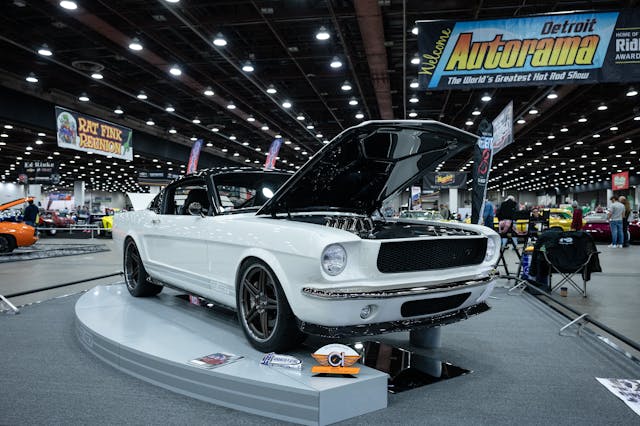
With the exception of the hood and trunk lid, which are painted white, all of the carbon-fiber parts have exposed matching weaves aligned on a 45-degree bias to the centerline. The front clip is a single piece, body seams have been eliminated, and the headlights and taillights have been flush-mounted. The frameless side windows are also flush-mounted.
The Mustang is powered by a 5.0-liter “Boss 302” Coyote engine with stack fuel injection and Motec management, driving through a Tremec 600 gearbox. Chassis upgrades include boxed and contoured frame rails, a JME K-frame with CNC-machined control arms, Wilwood six-piston calipers, and an in-house designed Watt’s linkage rear suspension.
1955 Chevrolet: Chrome Blues
Another owner-built Great Eight finalist with a well-executed two-color scheme was Melbourne, Florida’s Snodgrass brothers’ Chrome Blues, a 1955 Chevrolet convertible in, as you would expect, lots of shiny chrome and a beautiful shade of paint the brothers call Twisted Blue Pearl.
Many of the Ridler competitors’ displays include floor-mounted mirrors so you can see the vehicles’ undercarriages and, in the case of the Chevy ragtop, the underside was as perfect and clean as the rest of the car. An estimated 8000 hours was spent on the build. Body mods include shortened front and rear pans, redesigned and narrowed bumpers, one-piece welded front end, redesigned headlights, a frenched antenna mount, custom firewall, seamless cowl, and mini tubs for the fat rear tires. Paint was done in-house, while Space Coast Plating did all of the gleaming, mirror-finished chrome.
The beige leather and suede interior is by Fusco Upholstery, with modern electronics, infotainment and options. Mechanically, the Tri-Five Chevy is mounted on a custom tube frame, and is powered by a LS3 GM V-8 driving through a GM 4L60E automatic gearbox.
Getting an owner-built car into the Great Eight is quite an accomplishment. When organizers were putting out the Great Eight banners, I saw one of the Snodgrass brothers hug someone, his eyes glistening with tears of joy. When I said to him, “You’re crying,” he replied, “I’m just proud of the fact that the three of us [brothers David and Kenny Snodgrass and their associate Mike Wisnewski] did it all by ourselves.”
1953 Chevrolet 1300: Silver Ghost
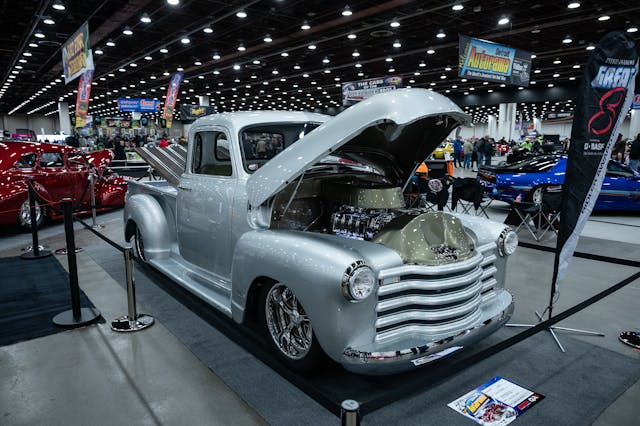
Just about every year there’s at least one obvious underdog in the Ridler competition. Tim Hampel’s Silver Ghost was one of those. Despite the name, it’s a 1953 Chevy 1300 pickup truck, not a vintage Rolls-Royce. It got that name because of its flawless silver paint set off with a bronze engine compartment and interior.
Hampel said that his hopes were high but that he really hadn’t expected to be in the final eight selects. His statement was evinced by the fact that his display didn’t have any of the accoutrements that Ridler finalists usually have, like fancy lights, mirrors under the car, build books (a couple of cars even had signs with bar codes to access digital versions), or professional signs listing the mods and contributors to the build.
This was Hampel’s first effort to compete for the Ridler. As a matter of fact, while the truck was built to be a show car, the decision to bring it to the Autorama wasn’t made until just two months ago. Many of the other cars in the competition have owners and builders who been in touch with show organizers over the entire course of their builds—in some cases, for years.
Hampel originally built the car himself when he was 18 years old in 1984 but parked it about ten years later. He had a young son then whom he hoped would want to work on it when he got older but his now grown son has other interests. Hampel decided to rebuild it himself about six years ago, intending for it to be a daily driver, but after turning the project over to Nick Ryan of Arlington, Texas’ Killer Hot Rods: “It morphed into this. Nick did a terrific job.”
Ryan told me that “simple and clean was the goal,” although every panel on the truck has been shortened, stretched, or reshaped in some manner. The truck is powered by a supercharged 468-cubic-inch big-block Chevy V-8 with Holley fuel injection. The intake is supplied with air via a custom 3D-printed scoop on the cowl that echoes the front end. The truck is mounted on a customized factory chassis, with tubular control arms in front and a custom four-link suspension in the back, with a pro-street-style rear end.
1967 Chevrolet Nova: Rome

Tim Hampel’s Chevy truck might not have had the usual signage, but the placard with build information for Foristell, Missouri’s Shawn Nichoalds’ 1967 Chevrolet Nova/Chevy II stretched nearly the entire length of the silver car.
Rome, competing in the Radical Hardtop category, was designed and built by Samson Design. There are about 30 body modifications listed, all sorts of things shaved, stretched, and smoothed but you’d have to be an expert on the Chevy II to spot them as they are so subtle and well integrated into the design. The Chevy II was originally manufactured with semi-unibody construction, so to handle increased power some of those body mods involved reinforcements to frame connectors, the front crossmember, subframe connectors, and the rear frame rails.
The custom tan and black leather interior was done in-house and features a custom headliner, handmade panels, and a custom, billet-machined steering wheel with the Rome “R” logo. The 18-inch wheels are off-the-shelf units from Schott but they have custom-machined center caps embellished with the logo.
The truck is powered by a 496-cubic-inch “stroker” big-block Chevy V-8 with a billet aluminum timing cover and custom two-piece valve covers. Transmission is a 4L80E by TCI with a TCI Outlaw shifter. The limited-slip differential sits in a narrowed rear end from Beilman Fabrication. Brakes are by Wilwood with a custom billet master cylinder, logo included.
1978 Ford Mustang II: King Coyote
George Conrad’s 1978 Ford Mustang II, titled King Coyote and built by Rowes Rod and Custom, was my sentimental favorite: It annoys me when people inaccurately trash the downsized Stang as a glorified Pinto. Conrad’s car is based on a ’78 King Cobra and, as you’d expect from the car’s name, it’s powered by a Ford Coyote engine—in this case, wearing a Whipple supercharger.
King Coyote has flush-mounted rear glass, shaved and styled quarter glass, a fabricated duckbill spoiler on the deck lid, new LED taillights with custom housings, an aero-inspired rear roll pan with a diffuser, Shelby Cobra–styled side pipes, and a Shelby-styled fuel filler.
Perhaps to mollify Mustang II haters, the front bumper is from a ’67 Mustang and the rear bumper is a tucked and modded ’67 Shelby unit. The interior was fully fabricated for the build, featuring handcrafted leather along with billet sill plates, shifter, steering wheel, and pedals. Shelby racing harnesses are mounted to the chromoly roll bar. Dakota Digital supplied the gauges, and Vintage Air made the A/C unit. If those side exhausts aren’t loud enough, King Coyote has a 2000-watt “Harmon Cardon” (sic) 5:1 Dolby audio system.
1969 Dodge Superbee
One of the reasons why cars competing for awards like the Ridler often have signs indicating the various body, paint, and mechanical shops that did work on their builds is that placing in the Great Eight, let alone winning a Ridler, can do wonders for those businesses.
When I interviewed the builder of Kathy Cargill’s ultra-clean and straight-looking 1969 Dodge Superbee, he didn’t want his face on camera. When I asked him for the name of his shop, he said he didn’t have a shop, that he just builds cars for one family along with his painter. That might seem a bit odd, but then the Cargill family owns a 158-year-old agribusiness that is the largest (by revenue) privately held corporation in the United States. They can afford to employ their own private custom-car builders.
Kathy Cargill is a notable car collector with a passion for all sorts of performance machinery. In addition to her hot rods, she owns a number of McLarens, including a Senna. Her Great Eight Mopar has a 392-cubic-inch supercharged Hemi, Heidts Super T subframes and suspensions front and rear, Wilwood brakes, and one of Budnik’s stock wheel sets.
Surprisingly, for a custom car, since most Ridler competitors try to come up with original paint colors, the Superbee is finished in a standard Volkswagen group color—Volcano Red Metallic, used on a number of factory stock VWs and Audis.
***
Check out the Hagerty Media homepage so you don’t miss a single story, or better yet, bookmark it. To get our best stories delivered right to your inbox, subscribe to our newsletters.
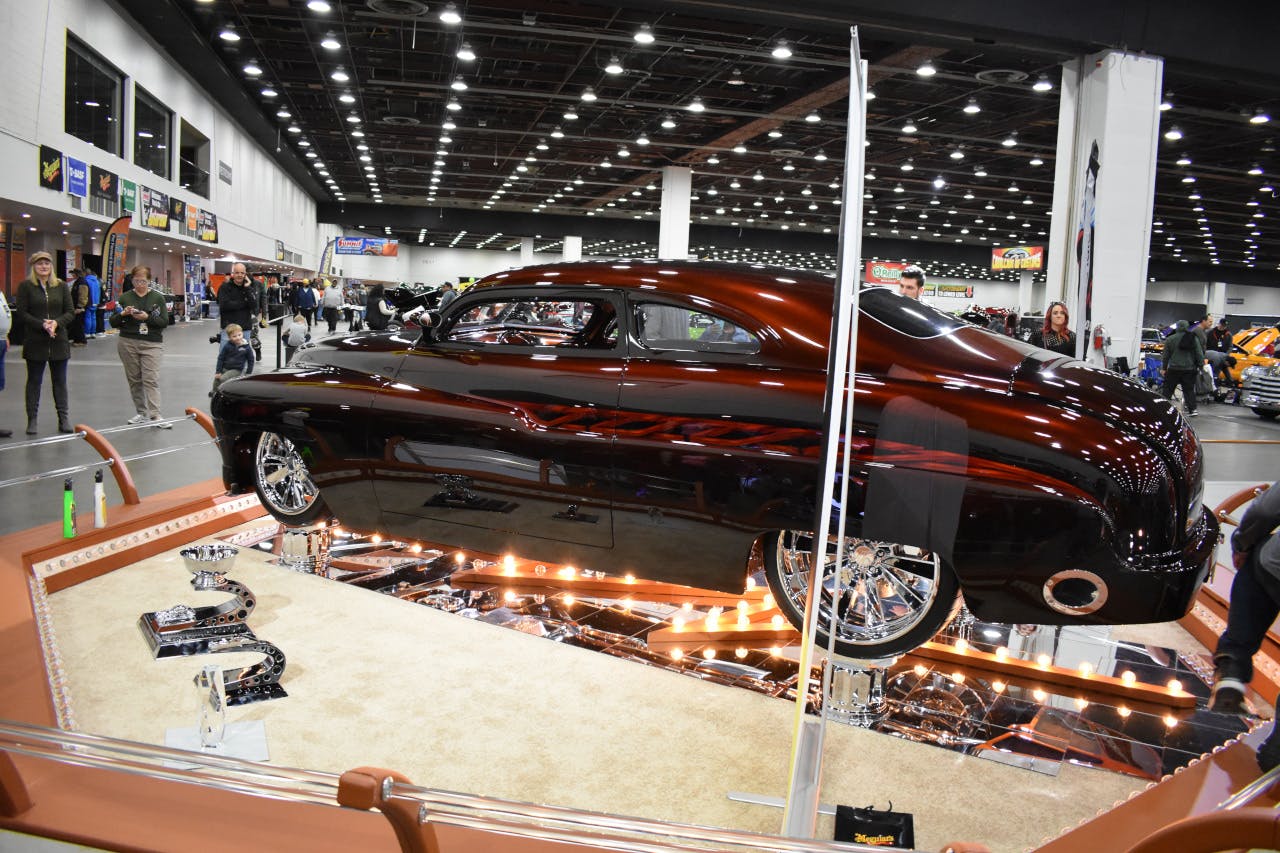

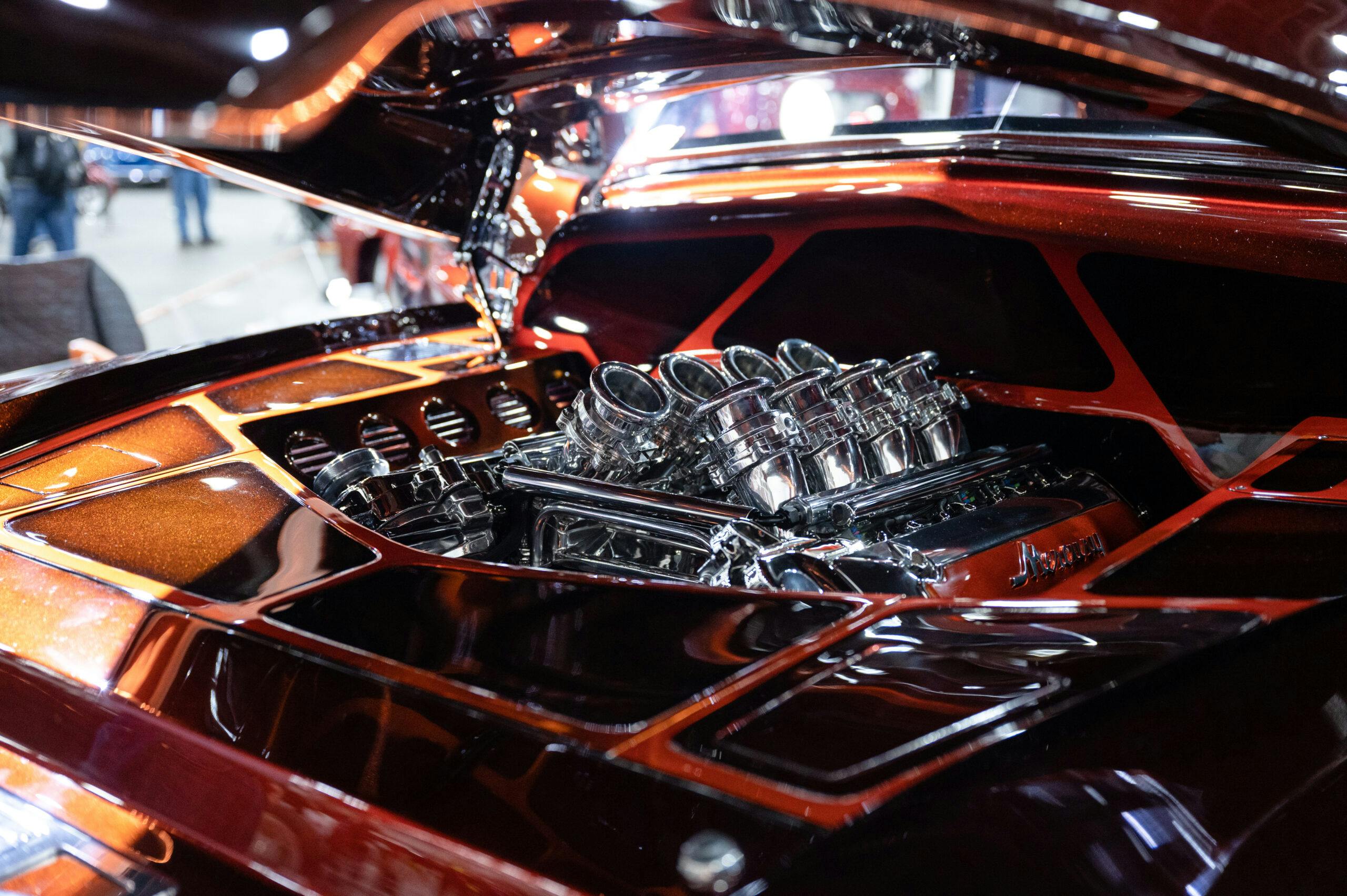
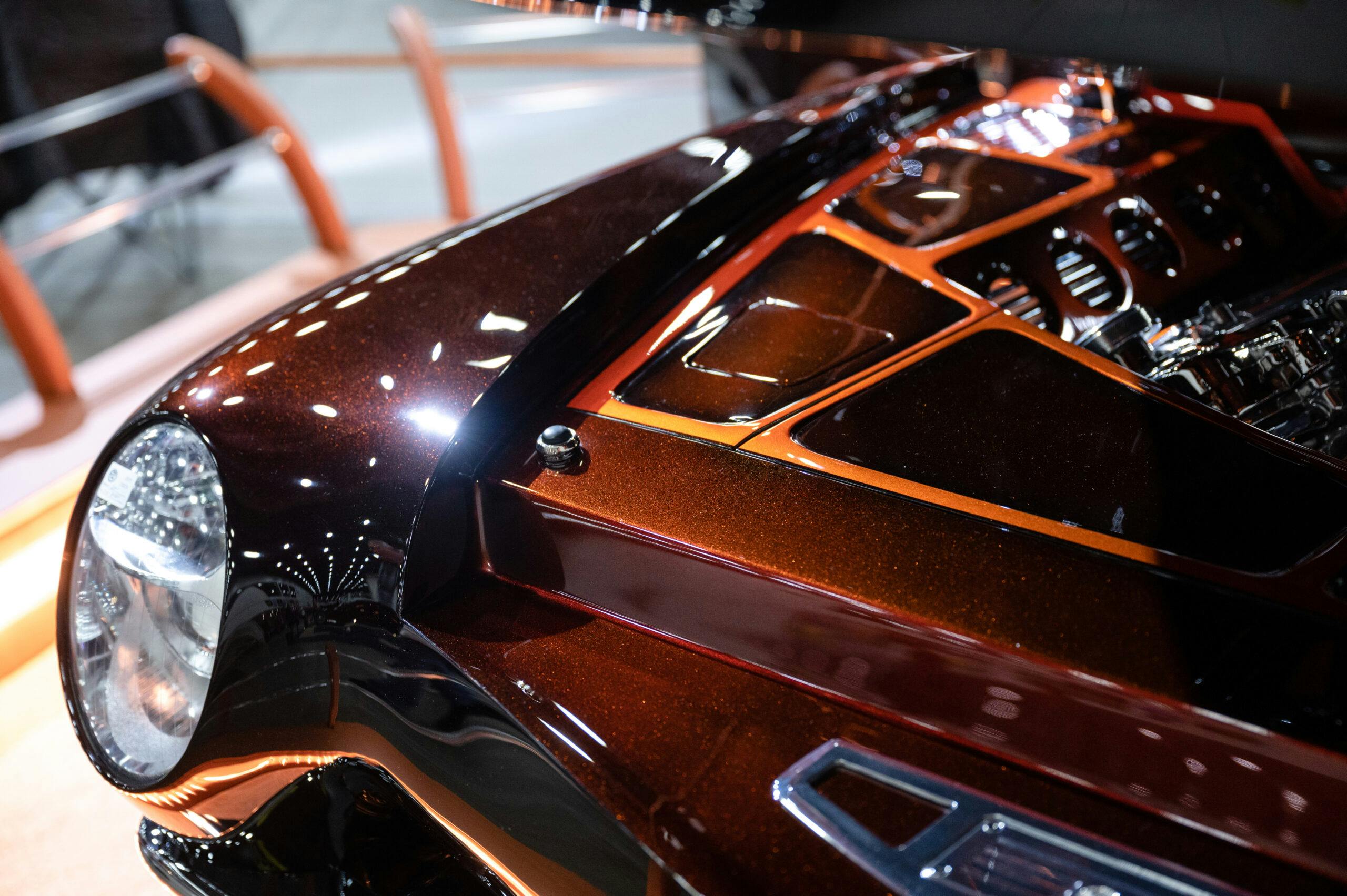
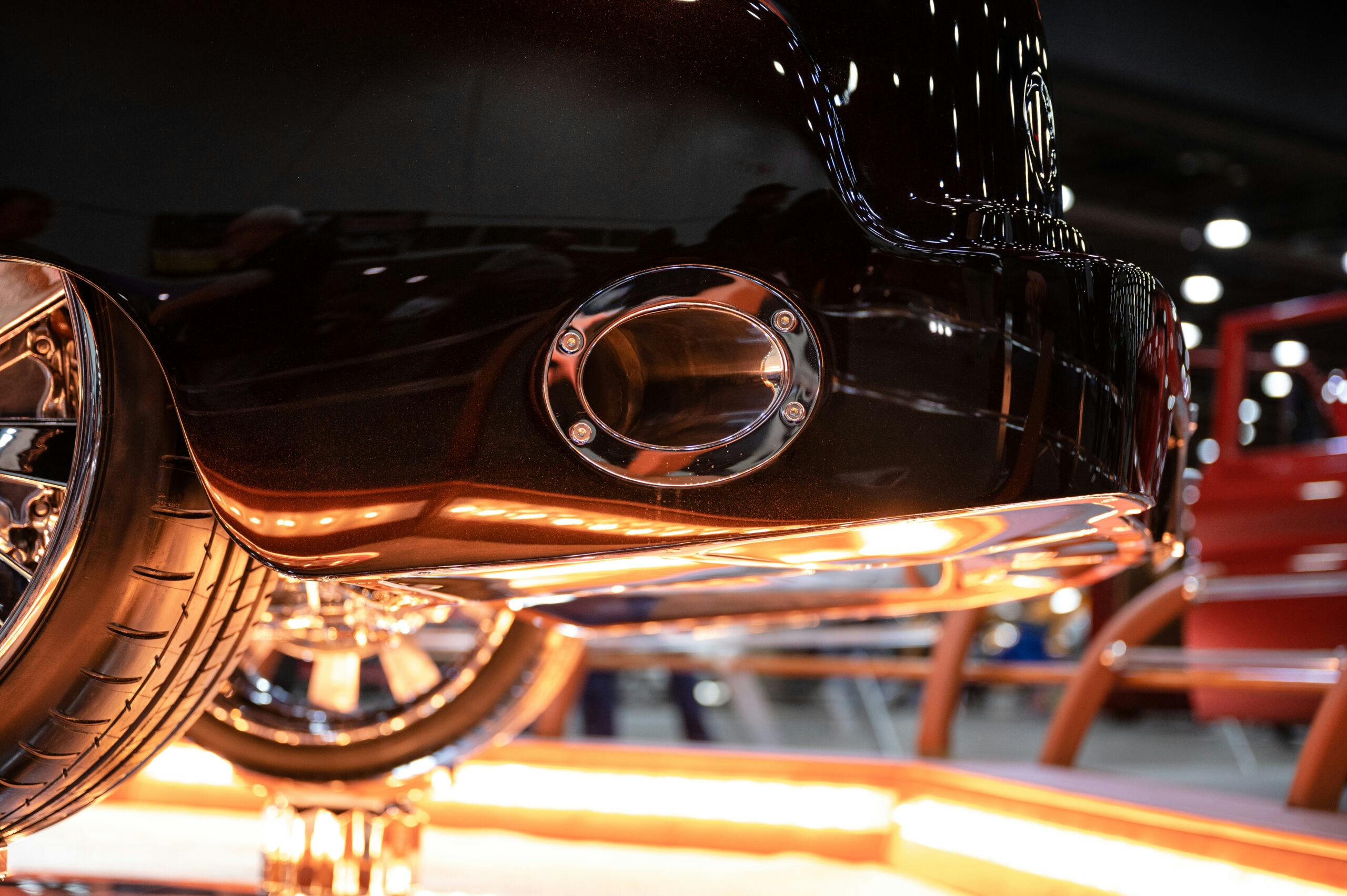
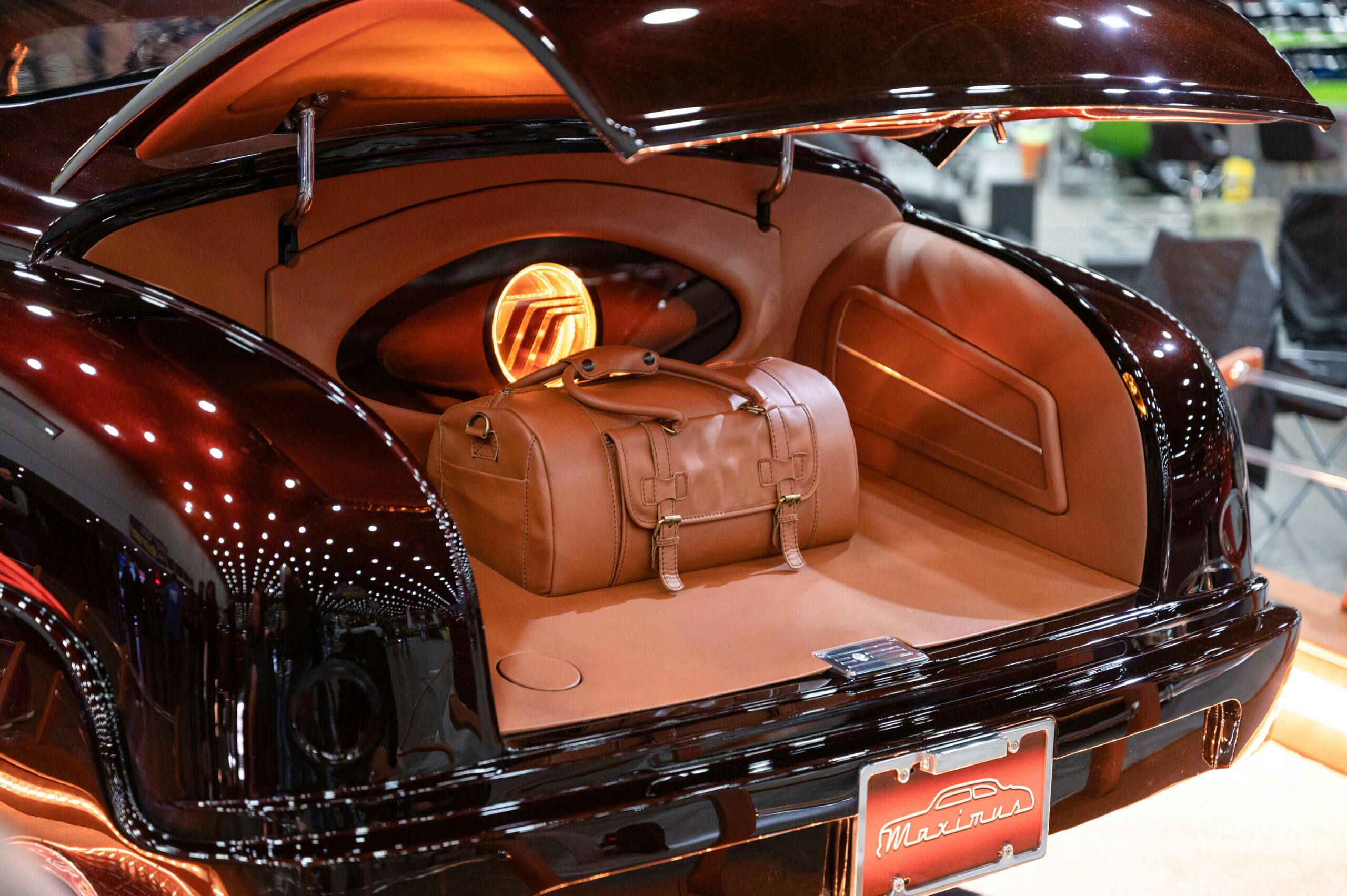
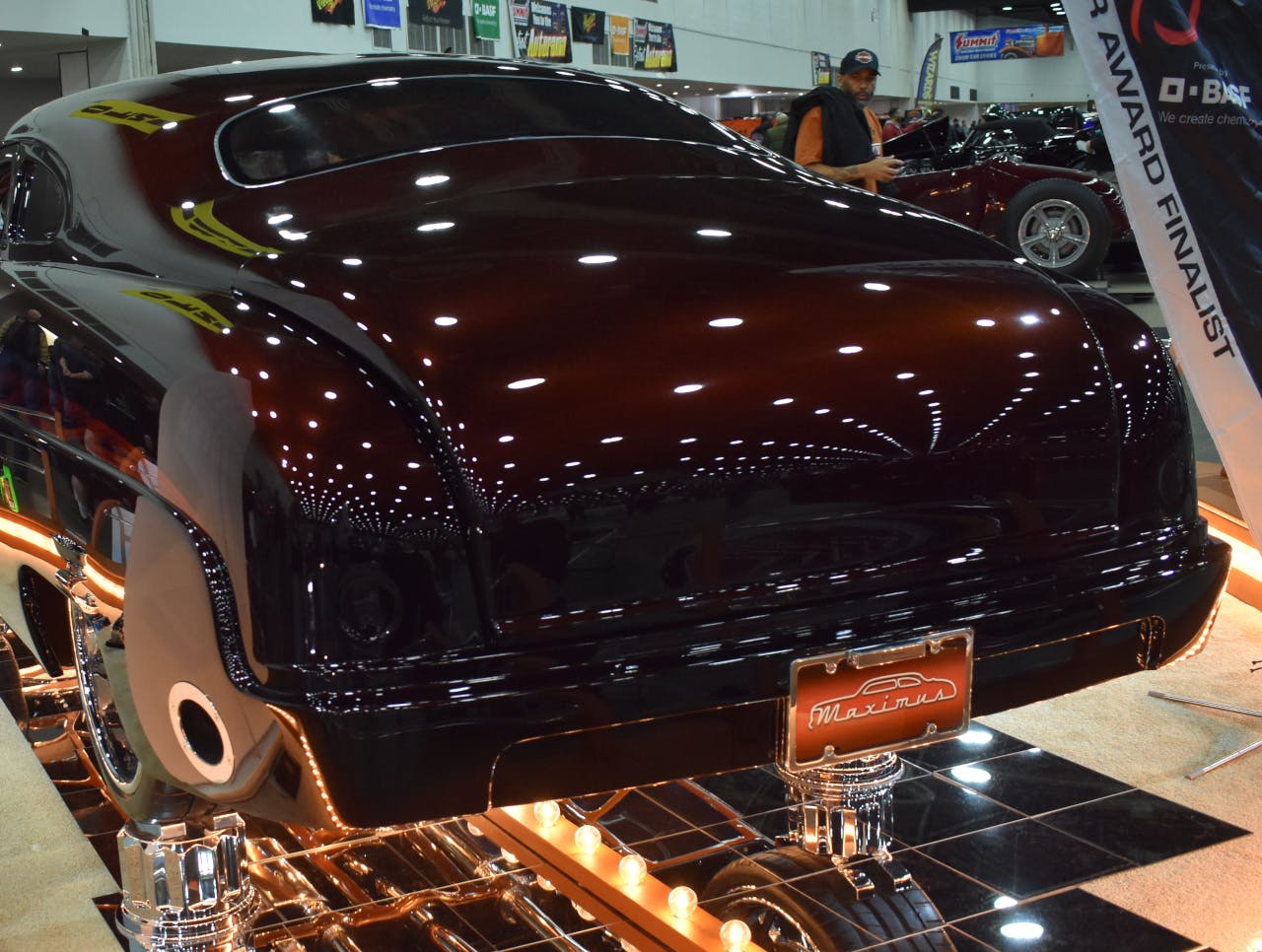
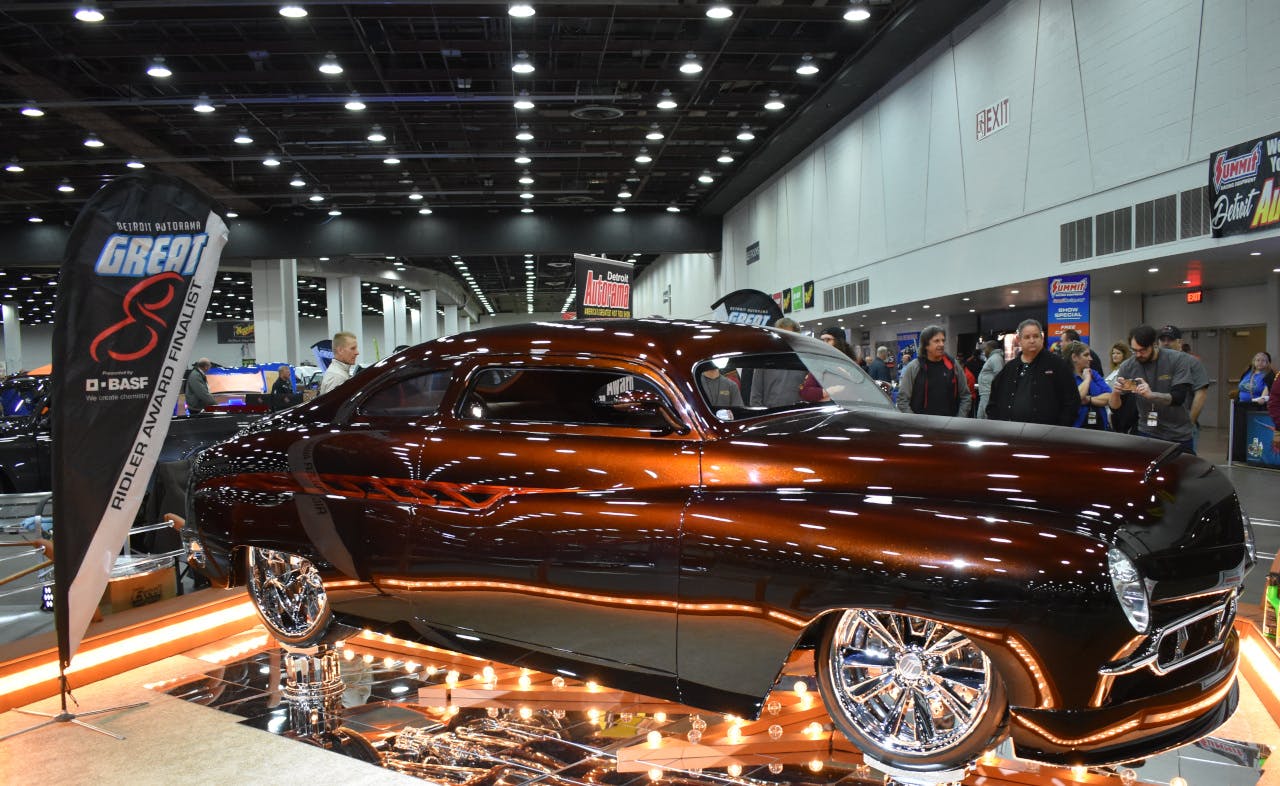
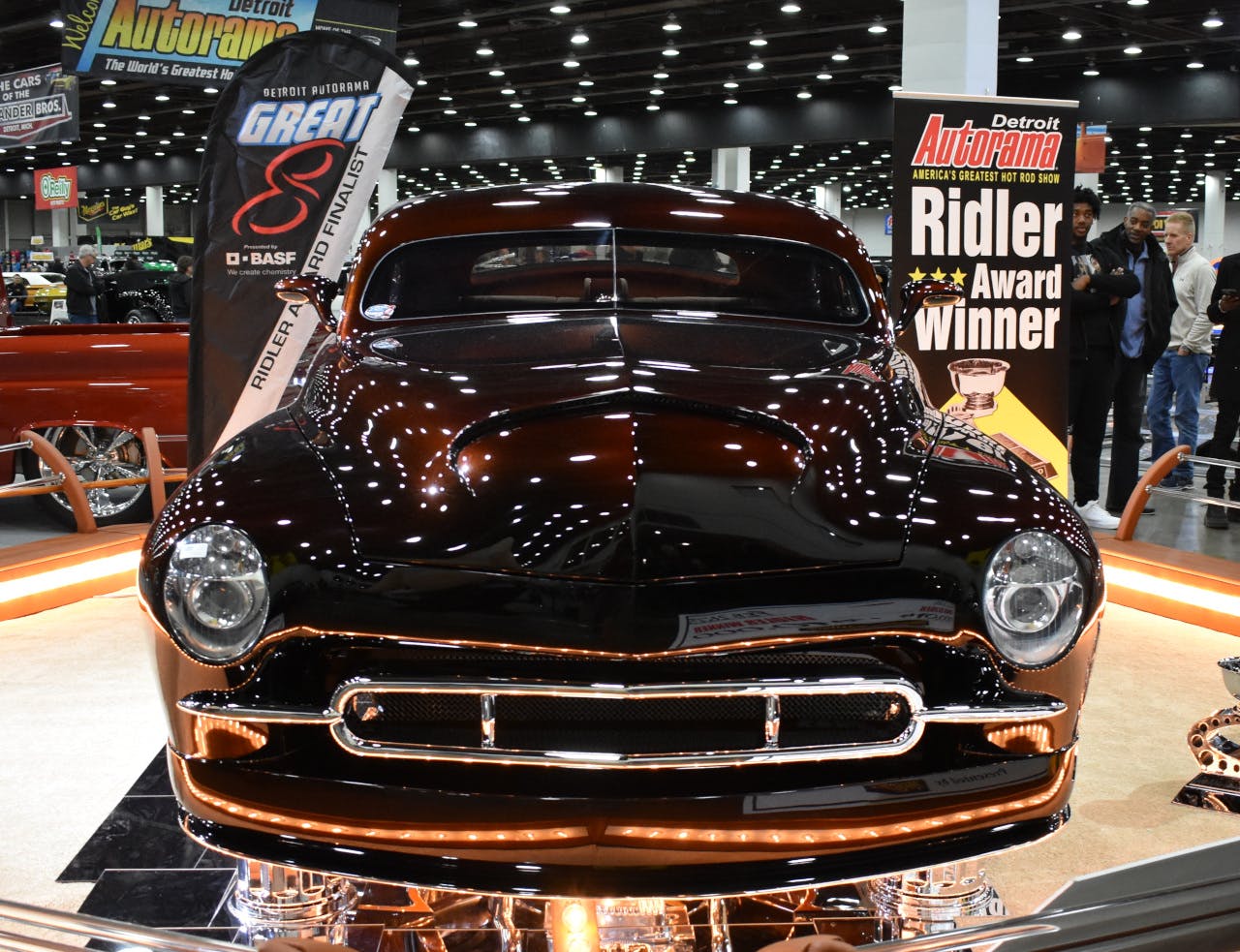
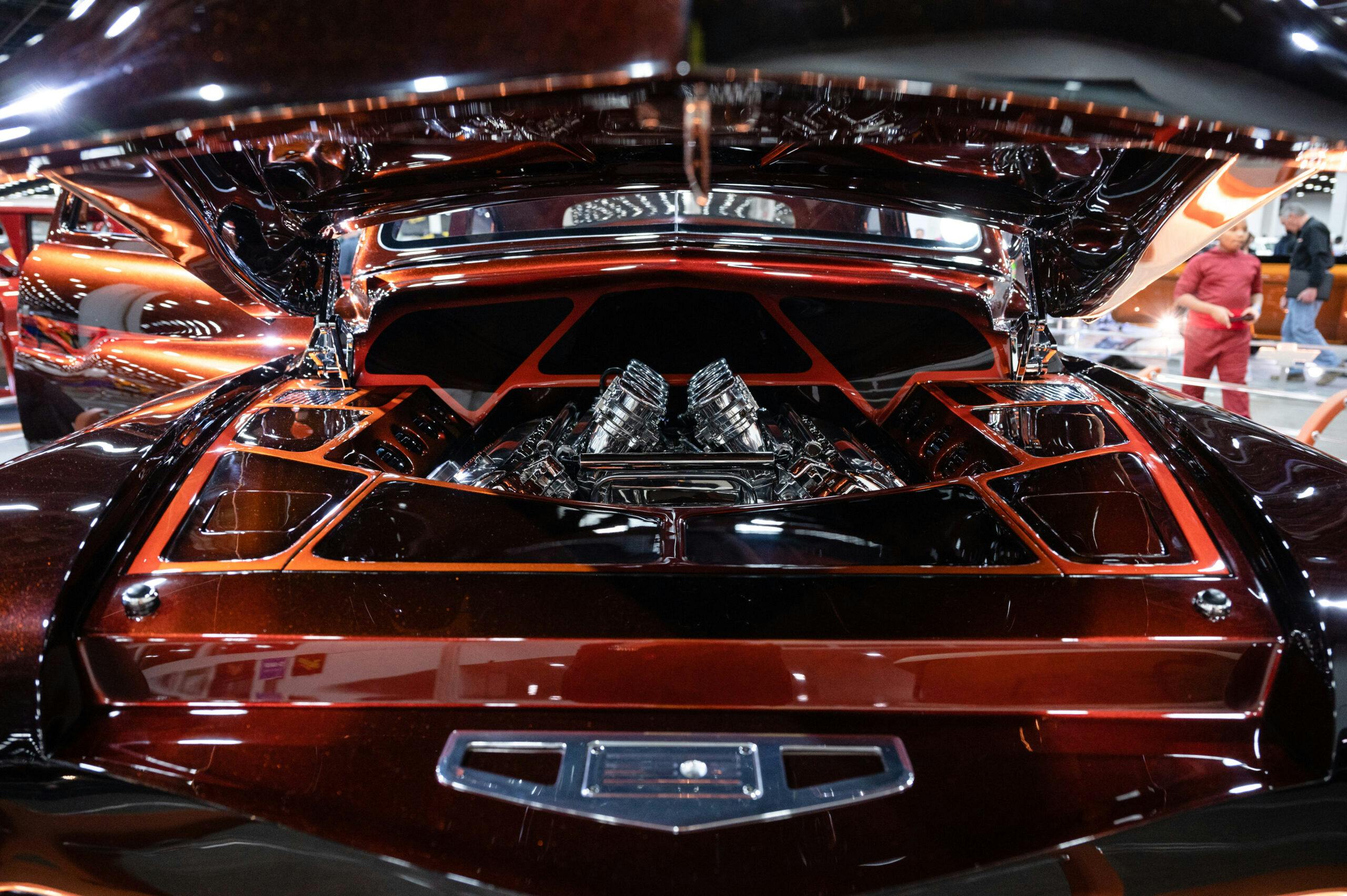
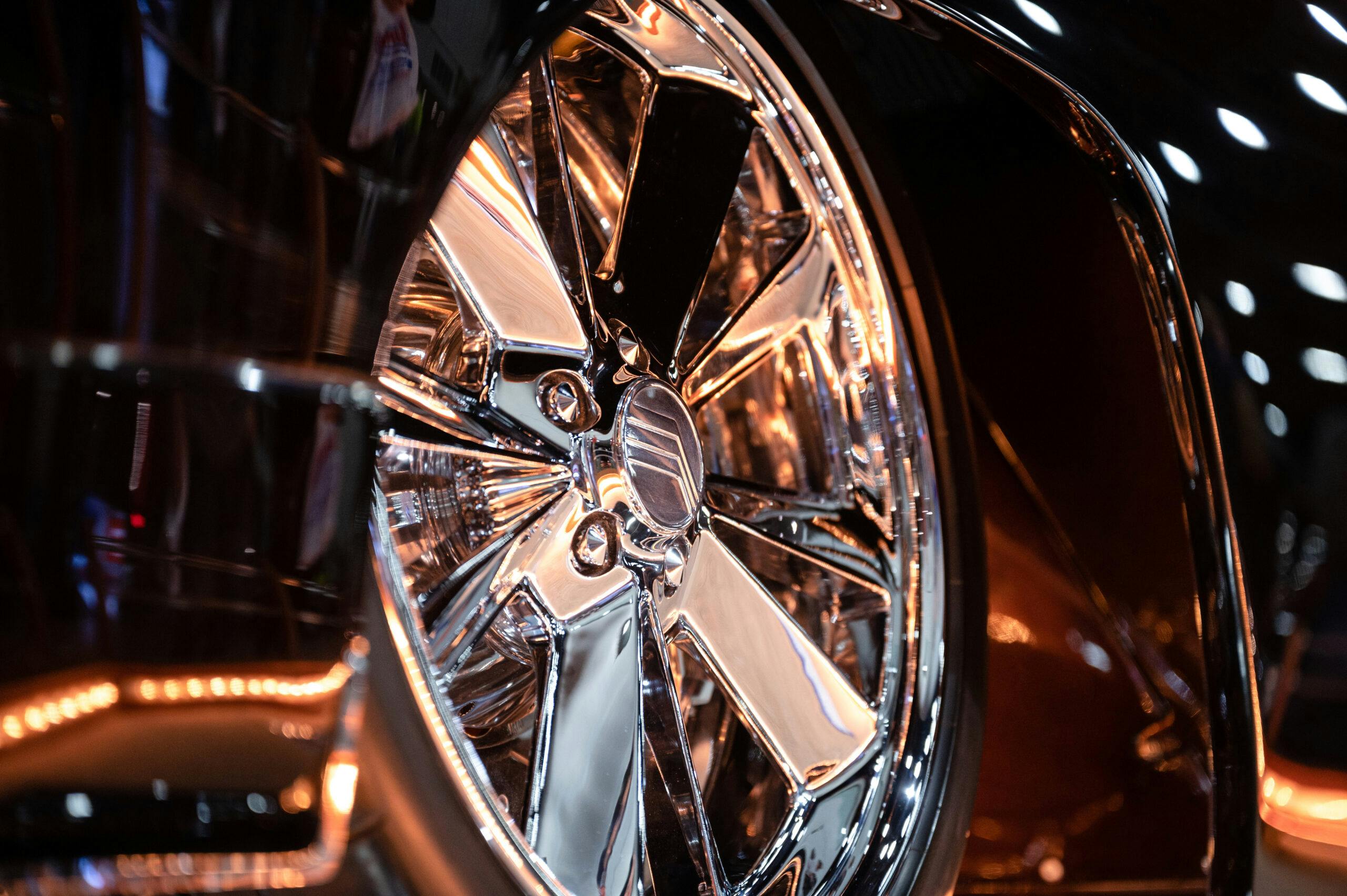
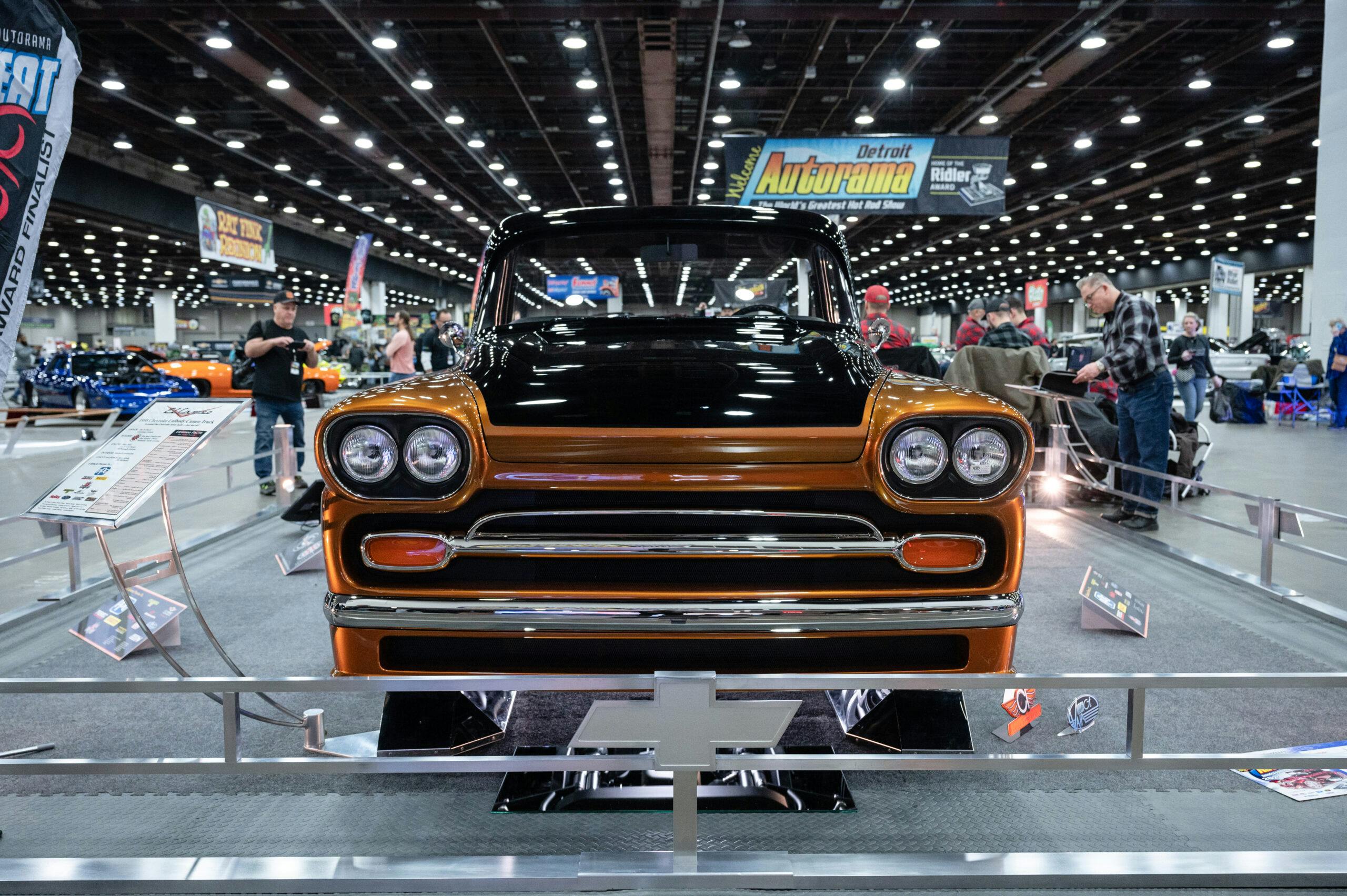

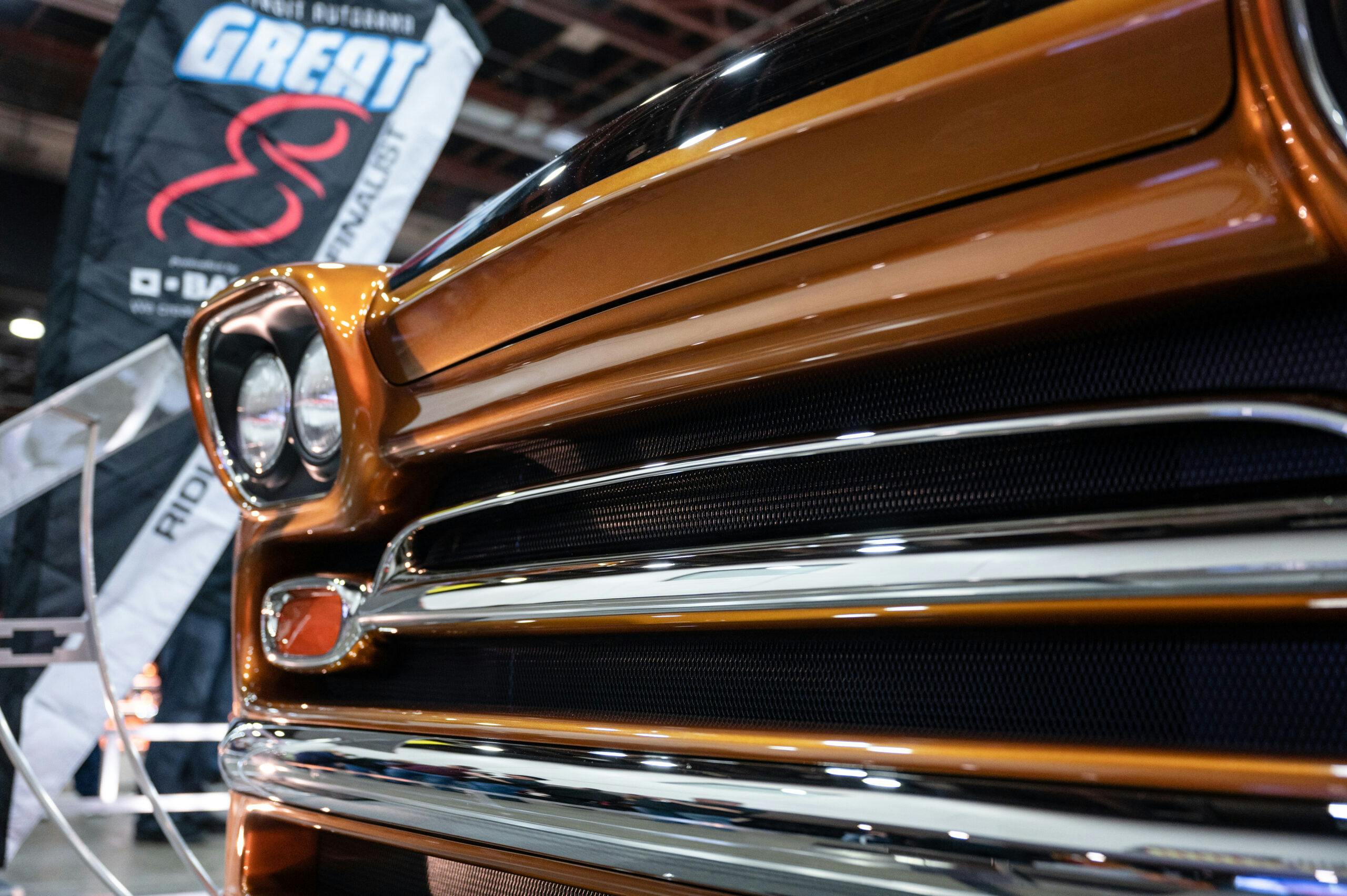
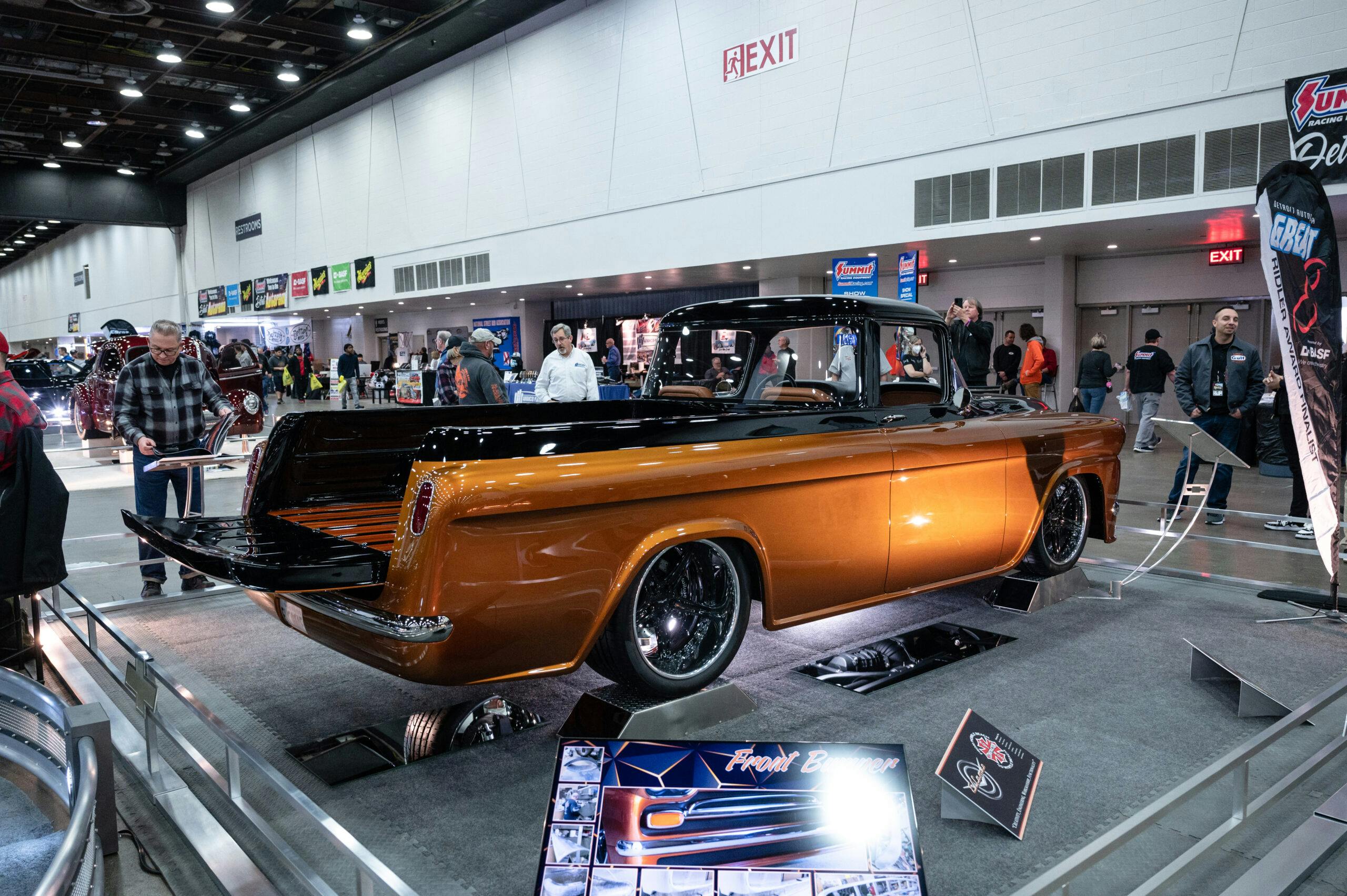
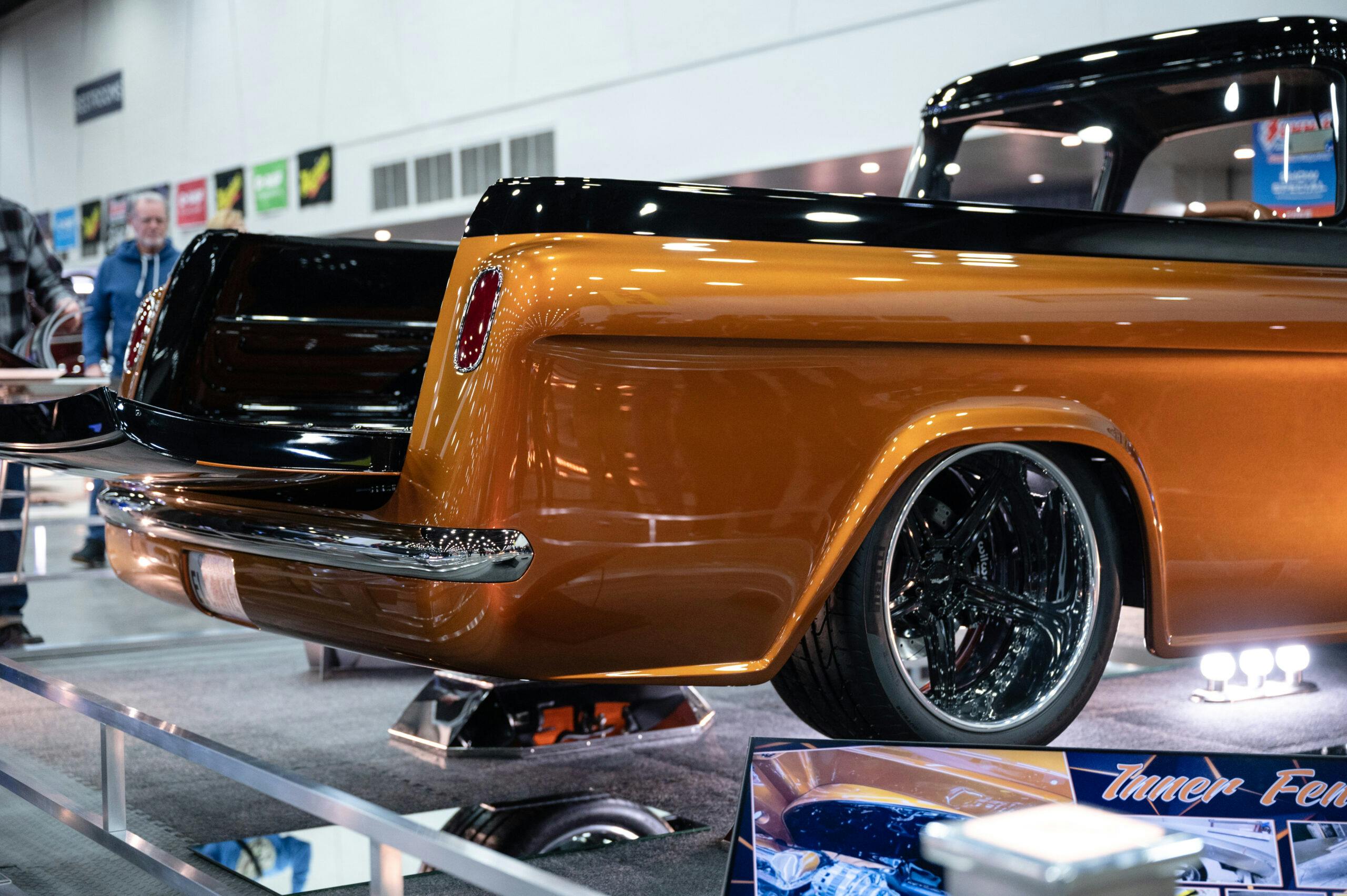

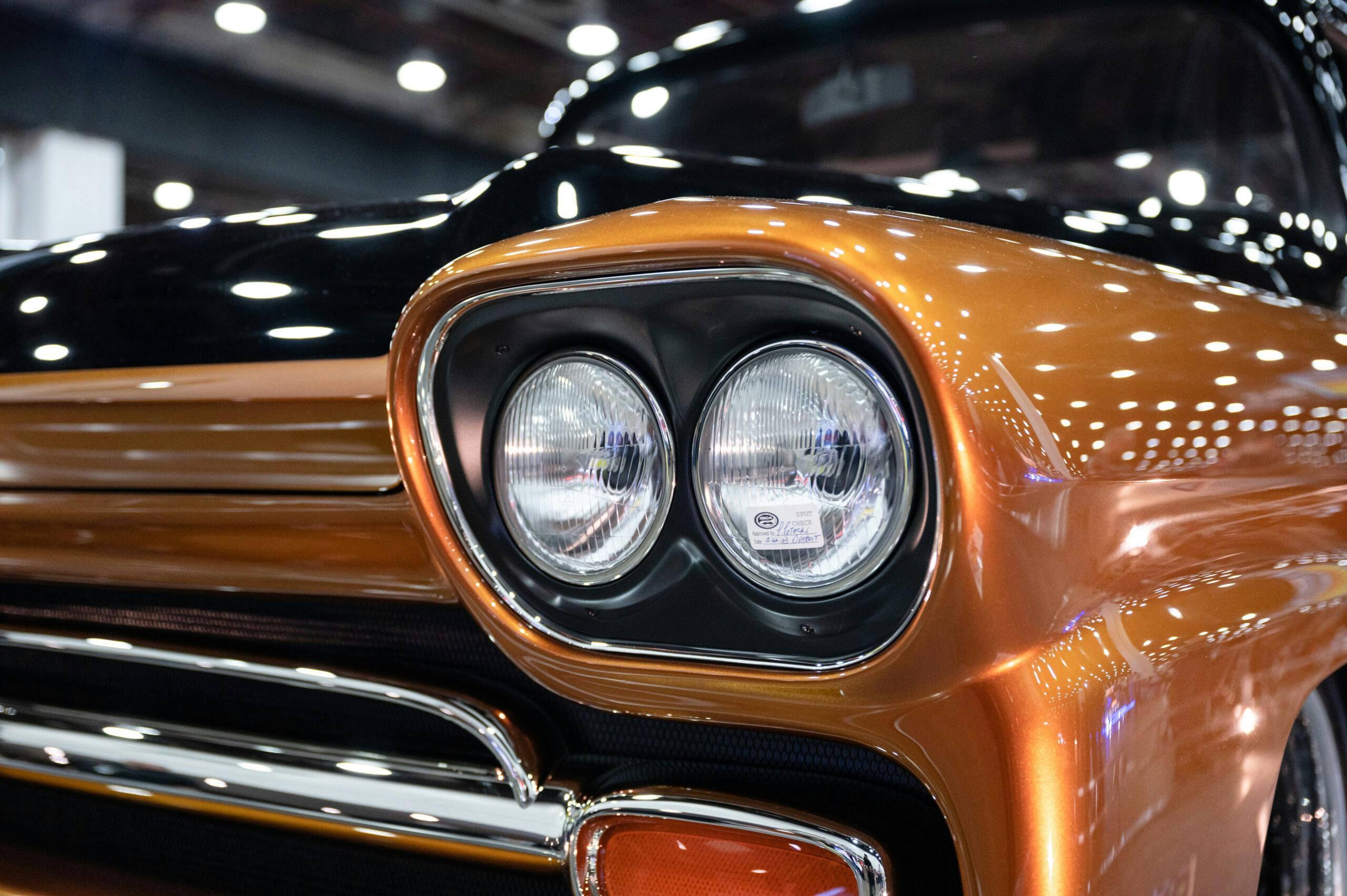
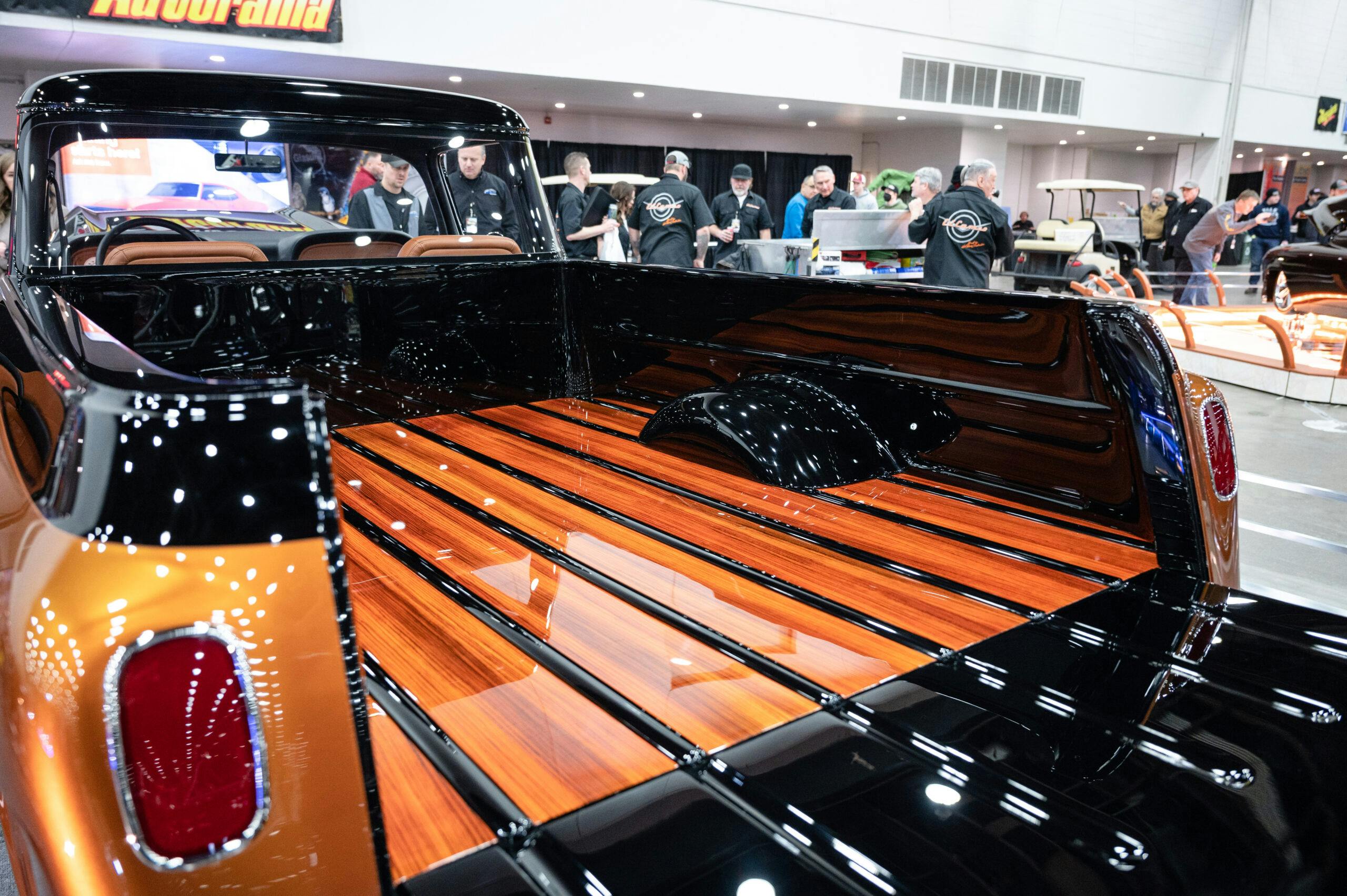
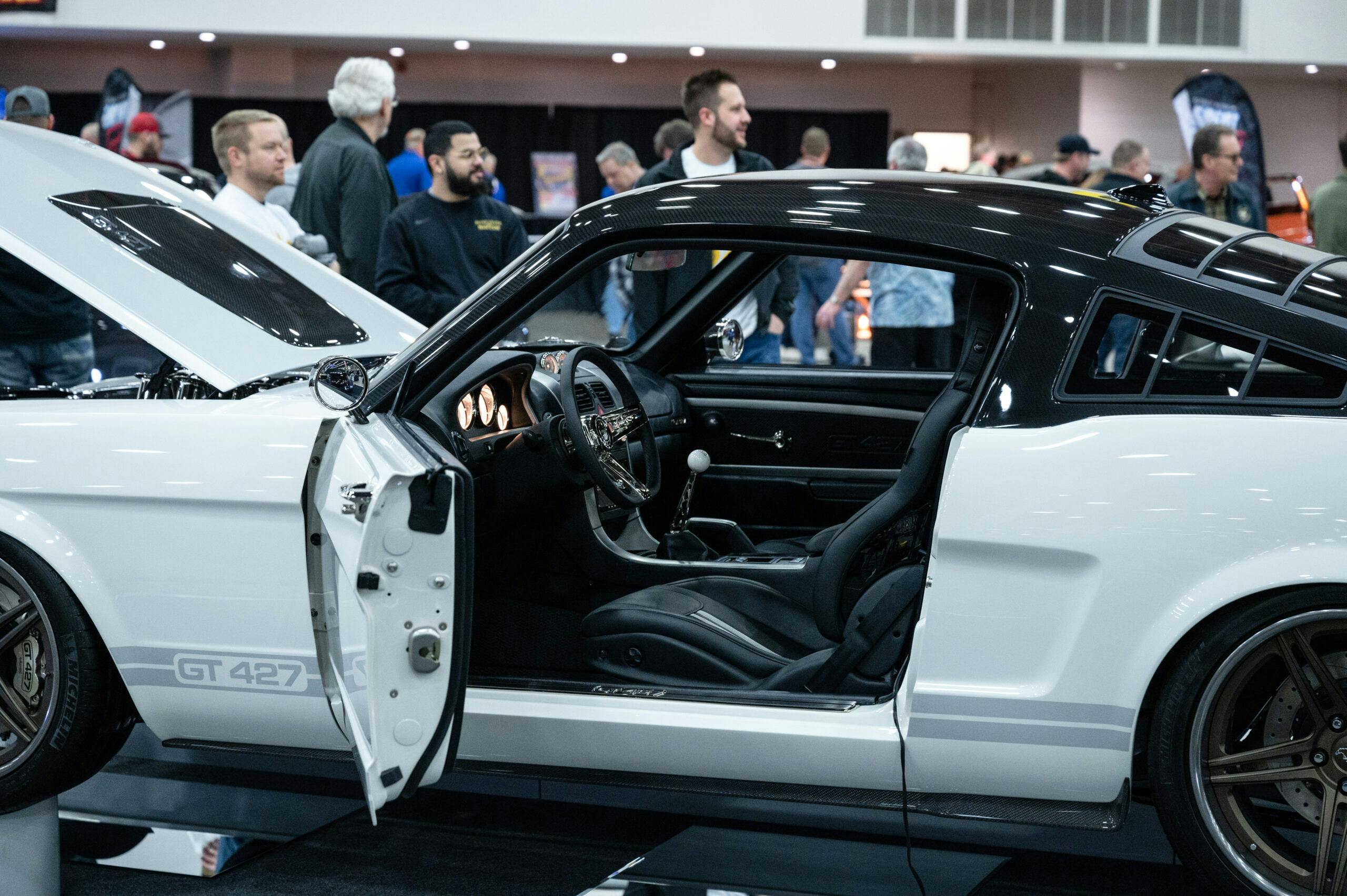
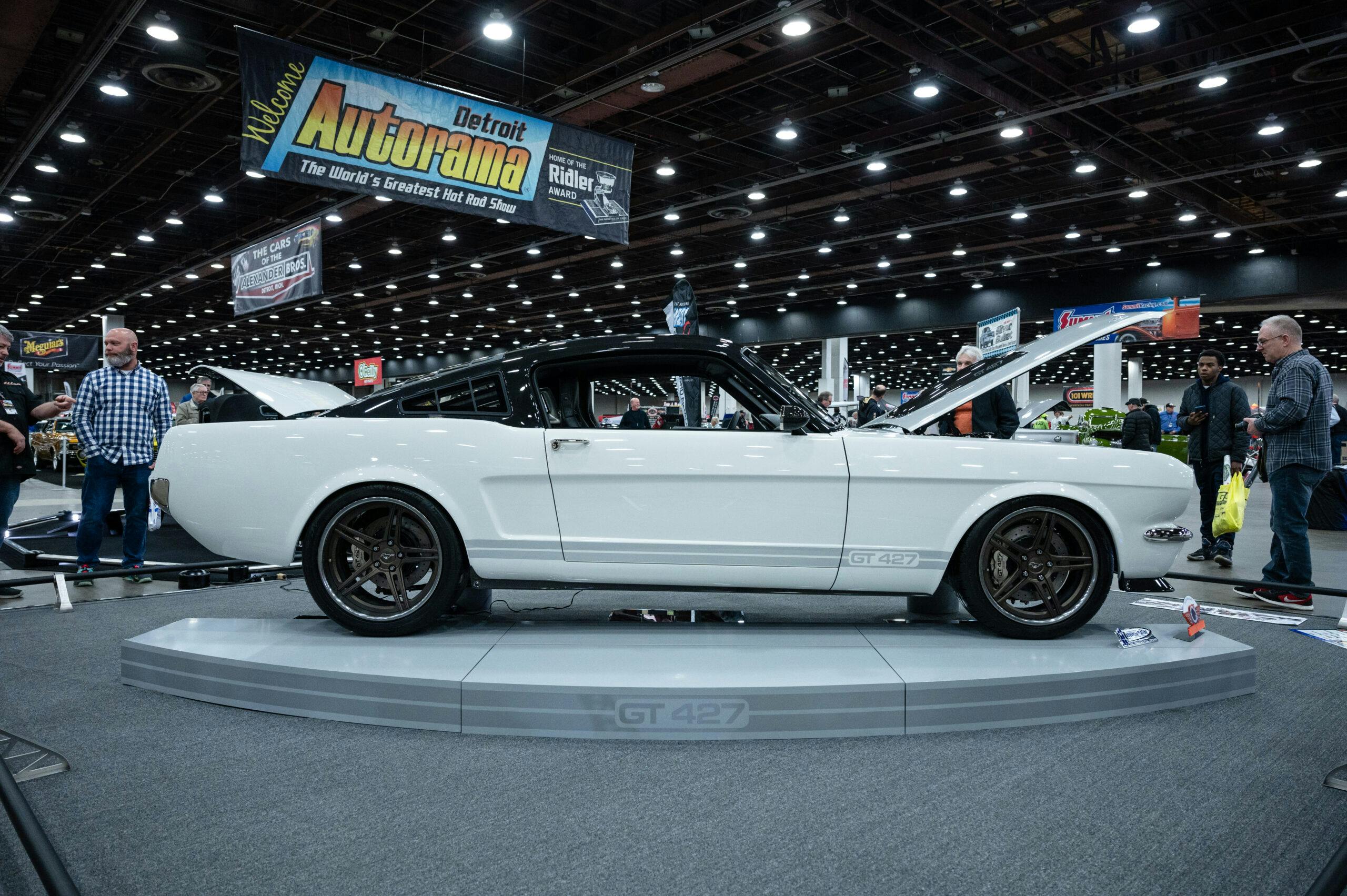
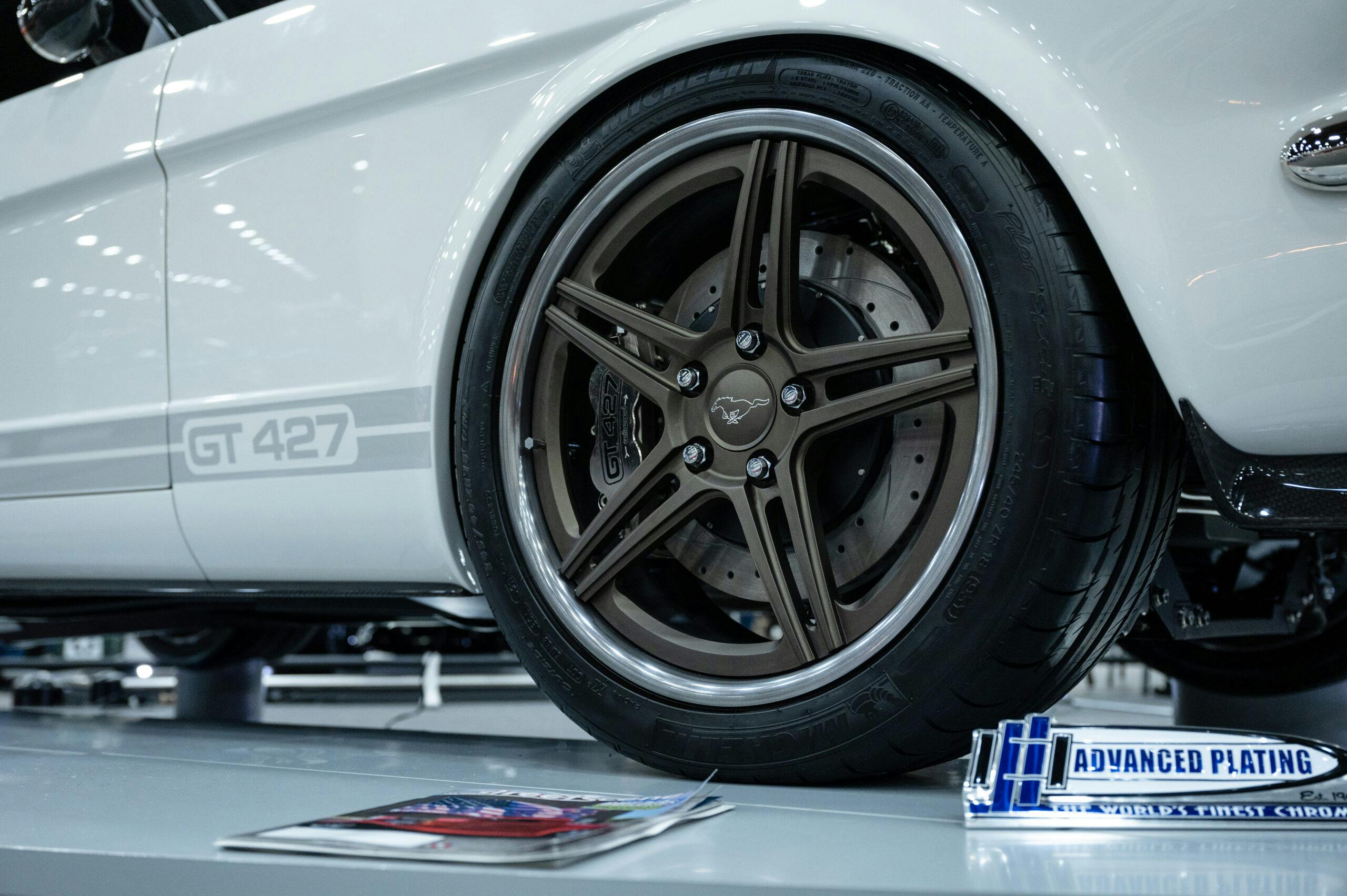

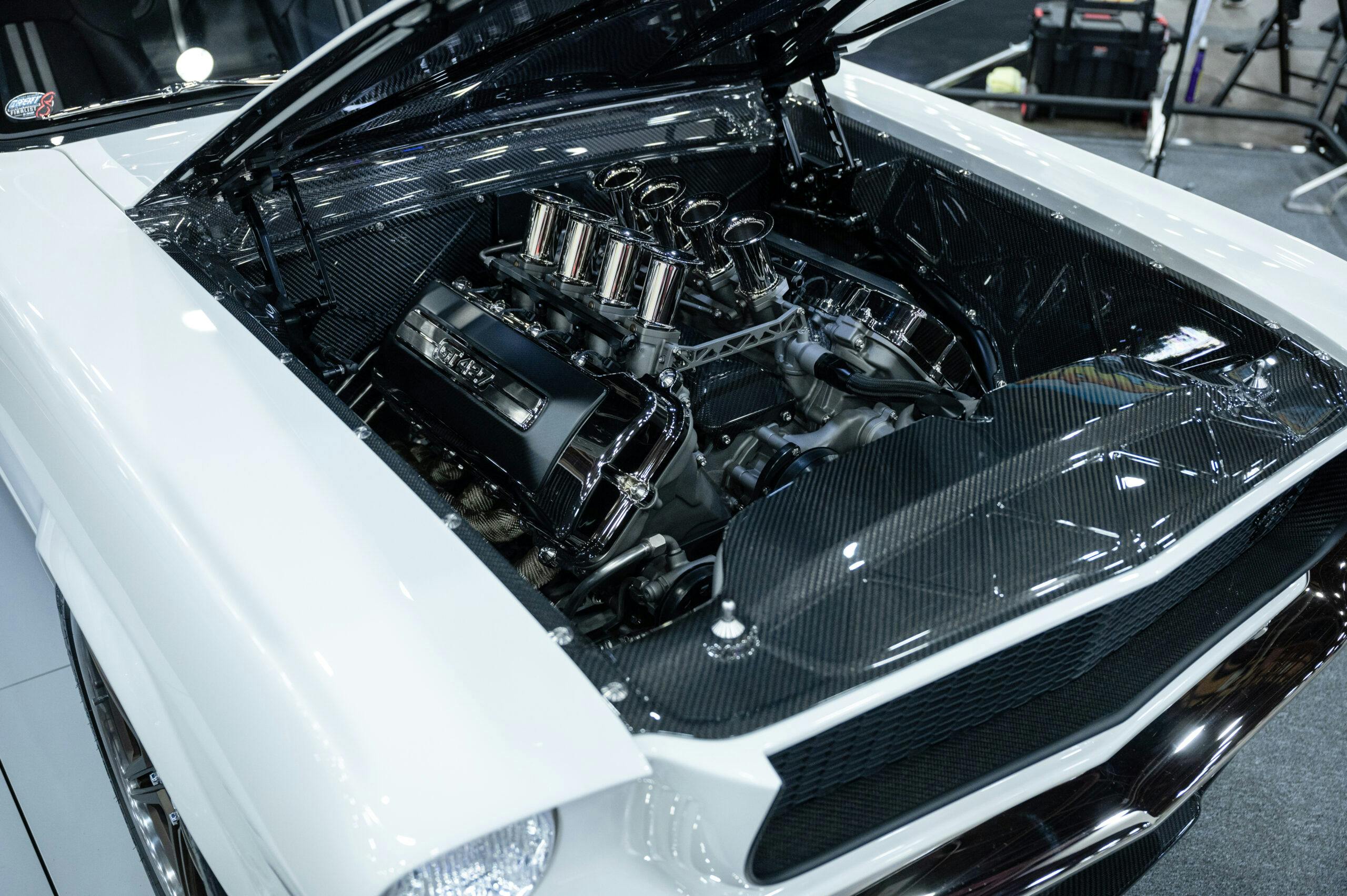
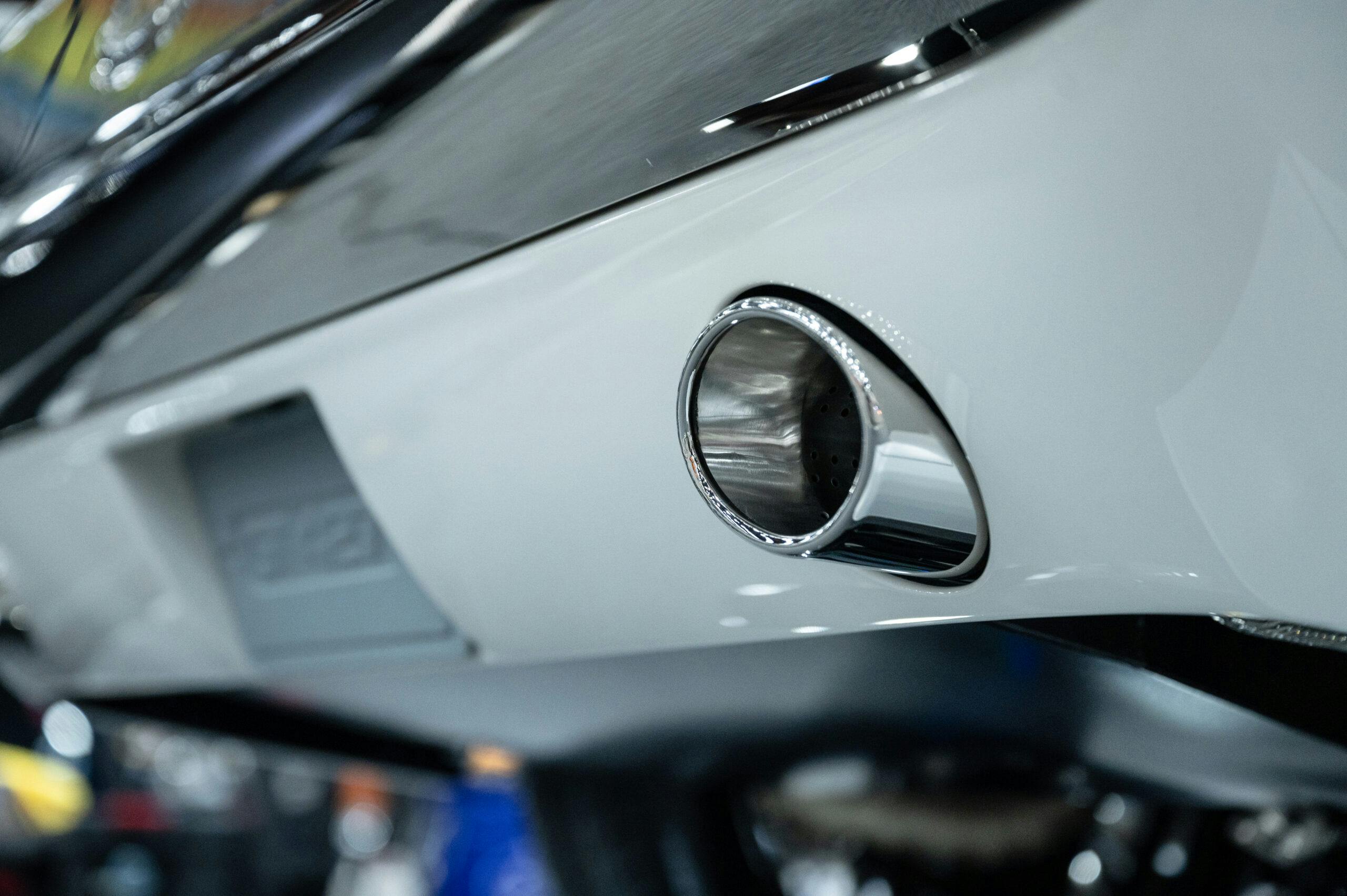
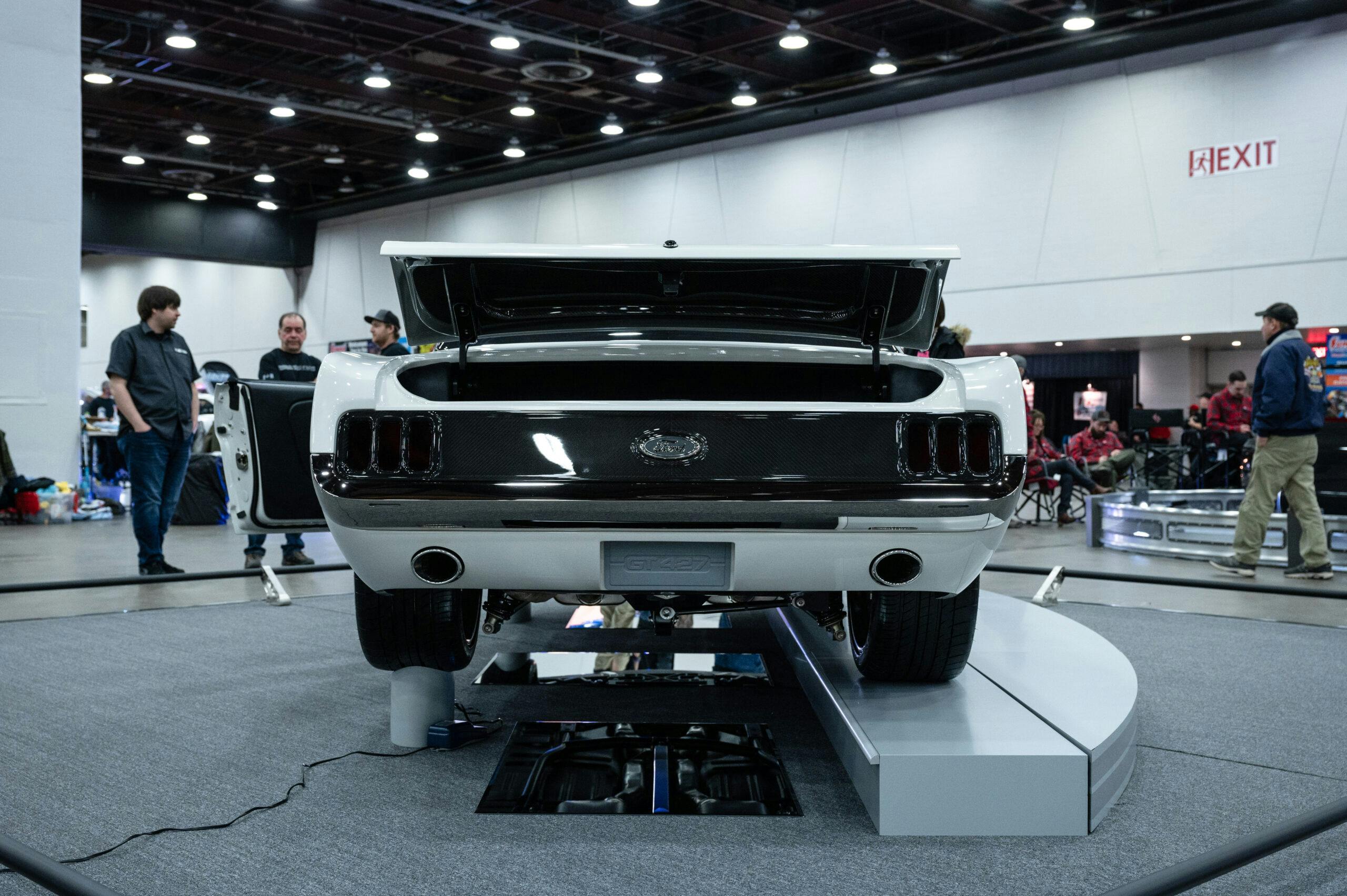
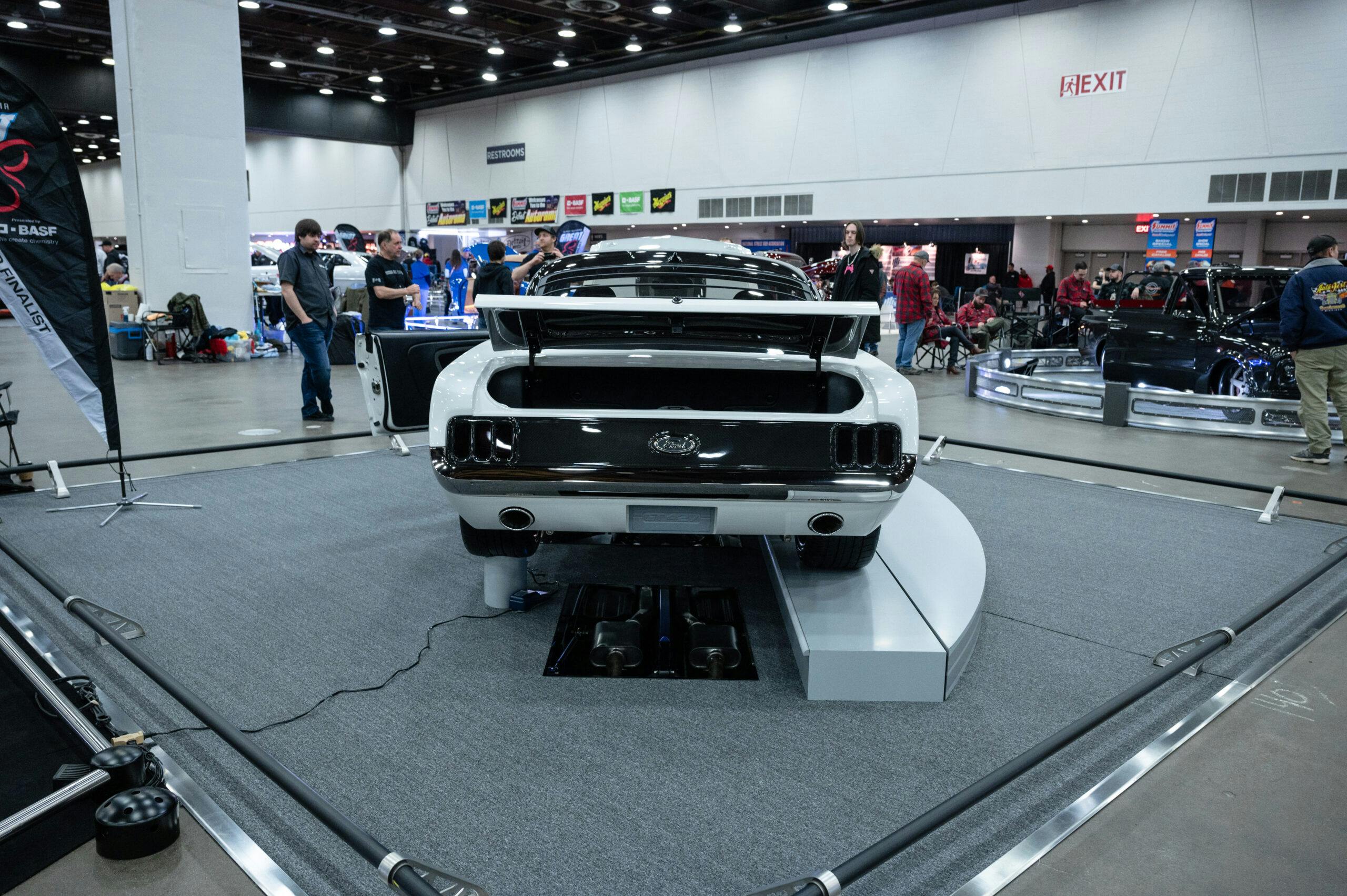
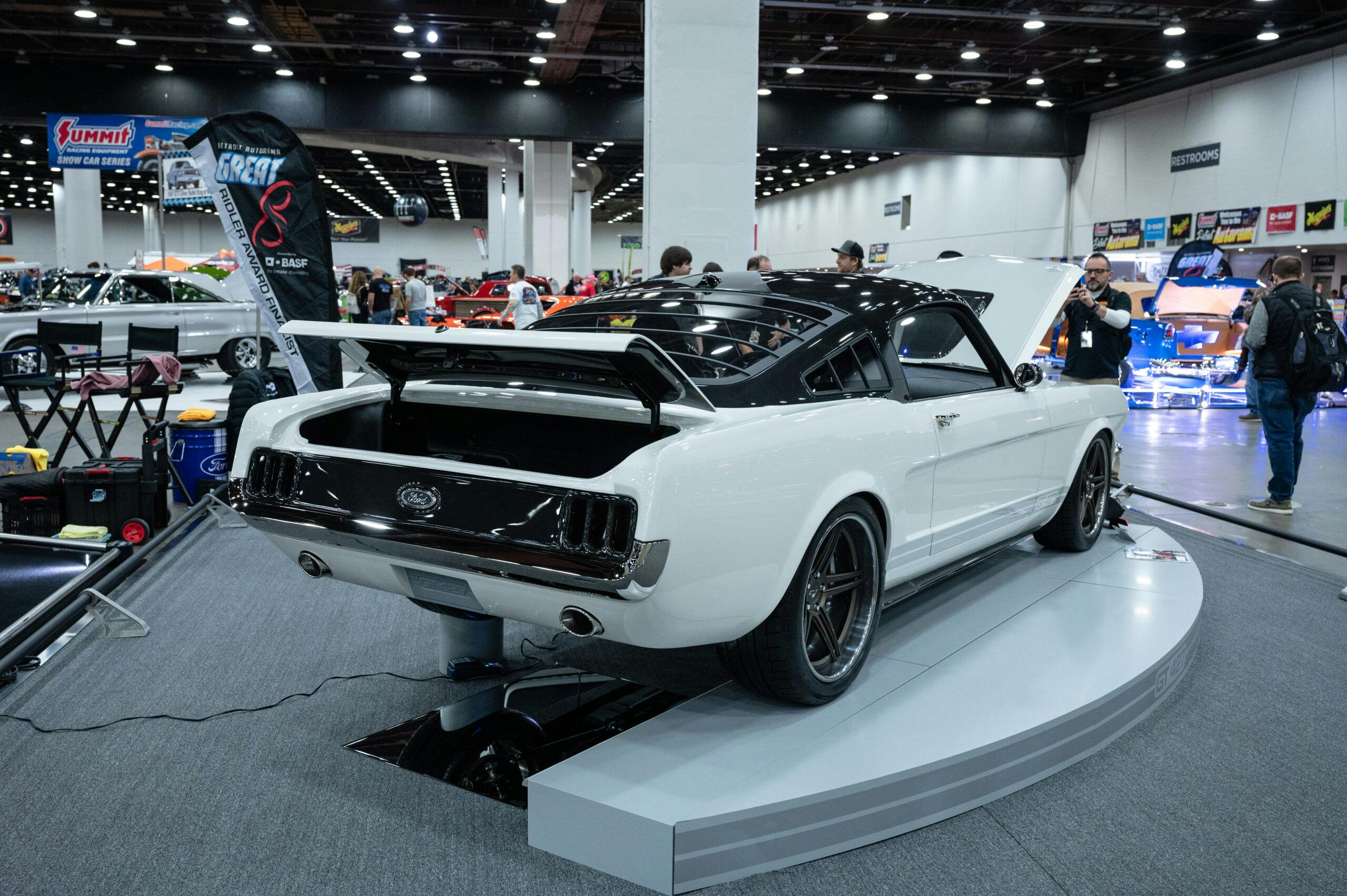
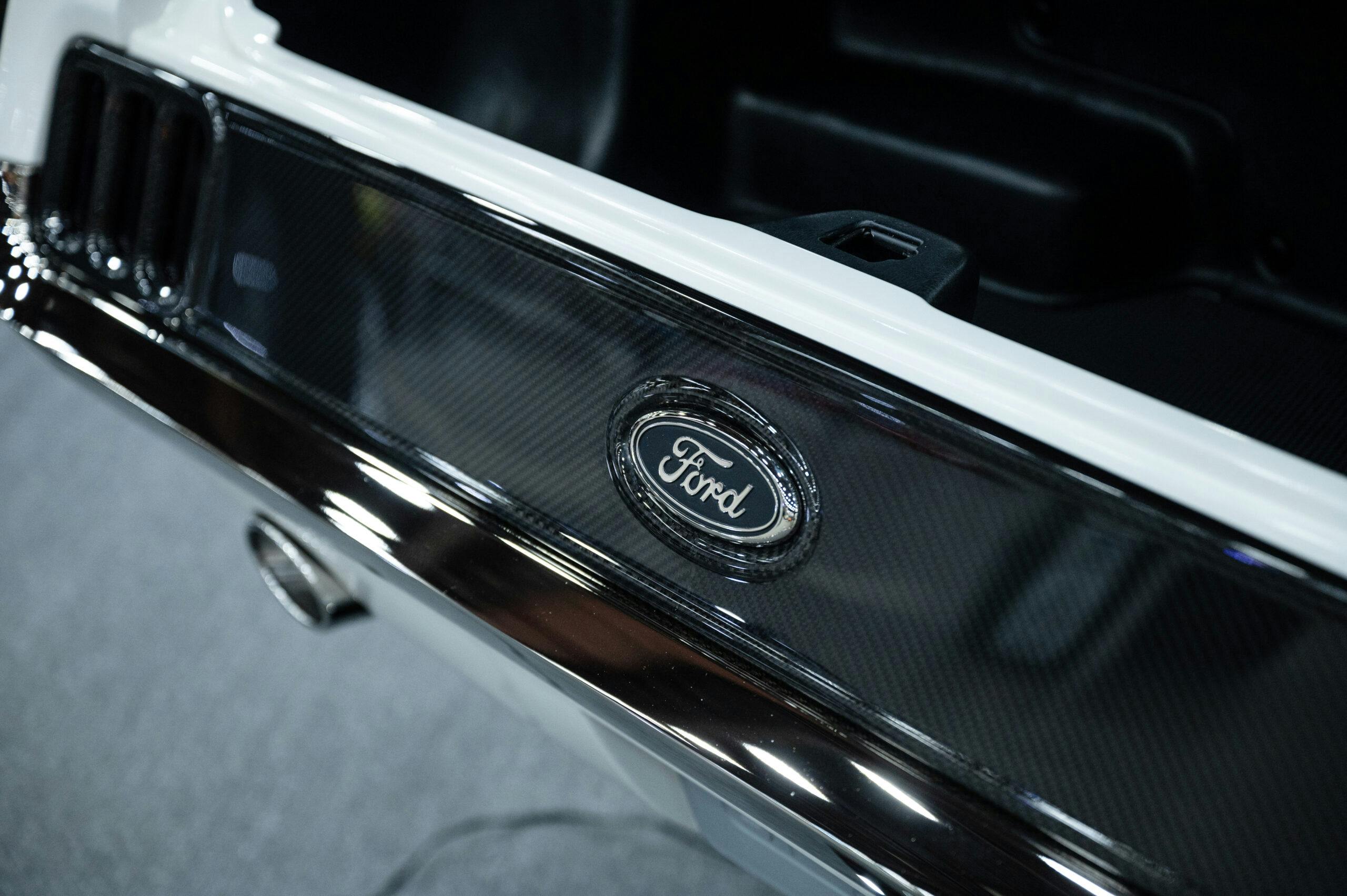
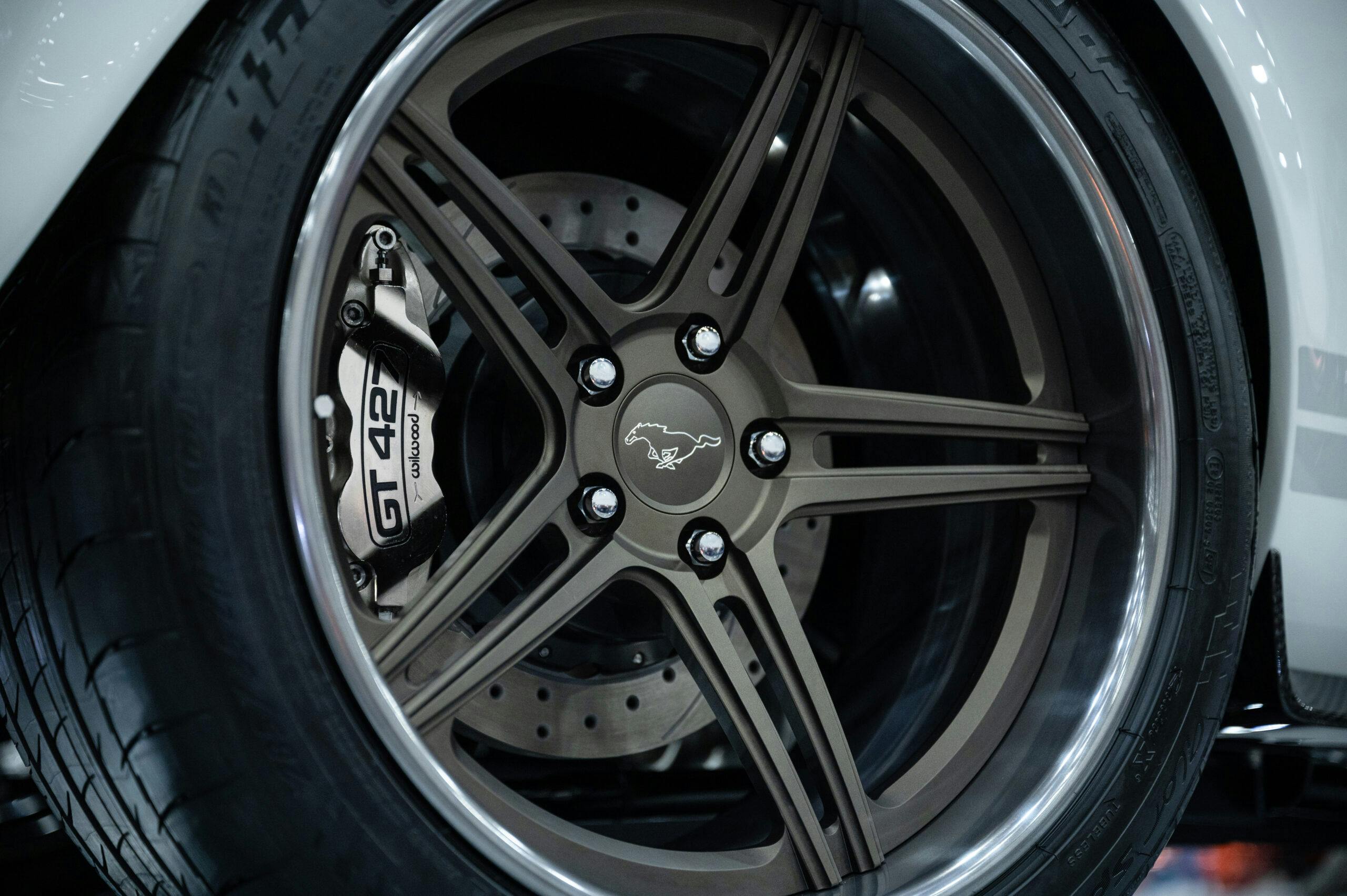
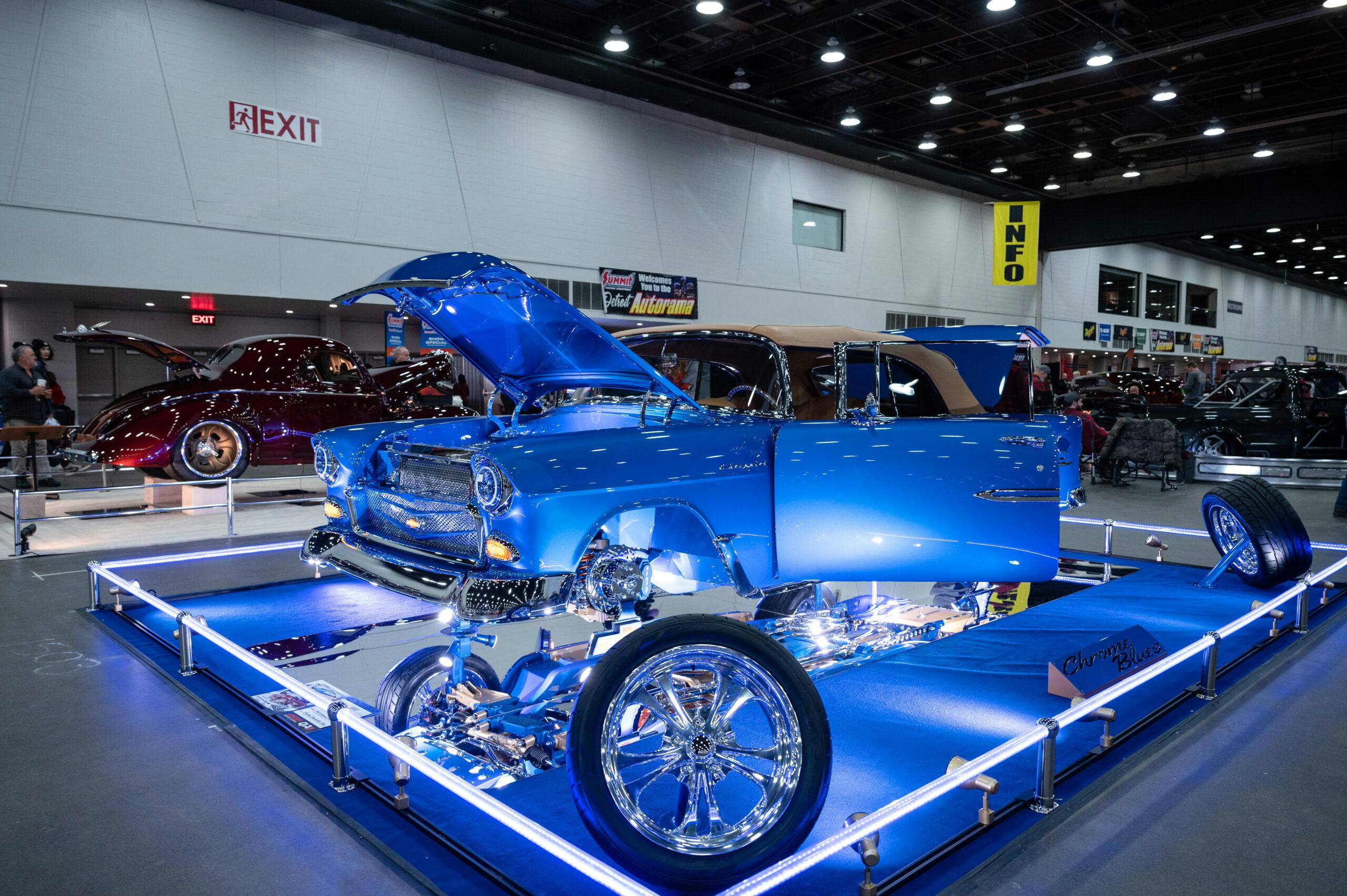
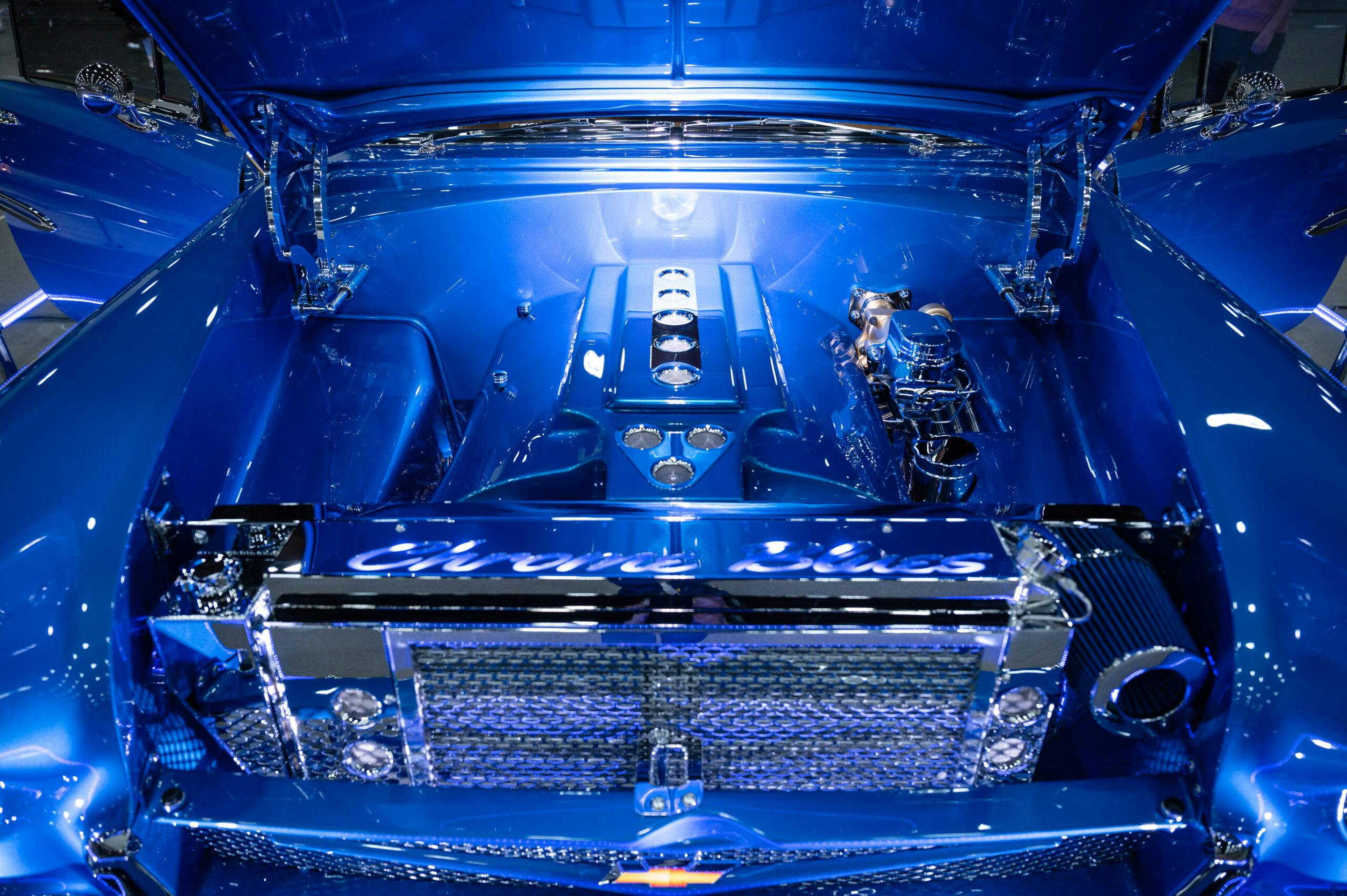

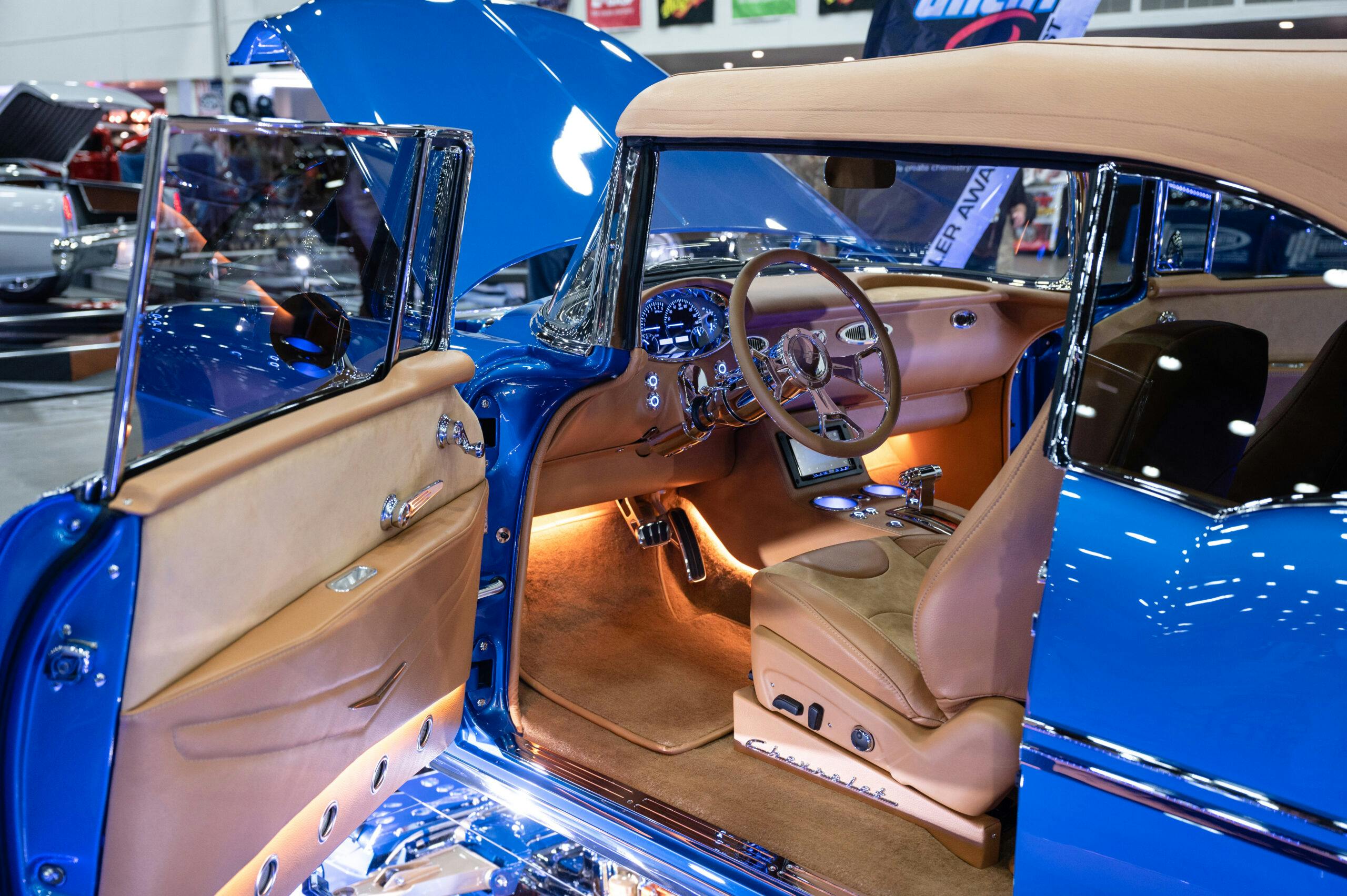
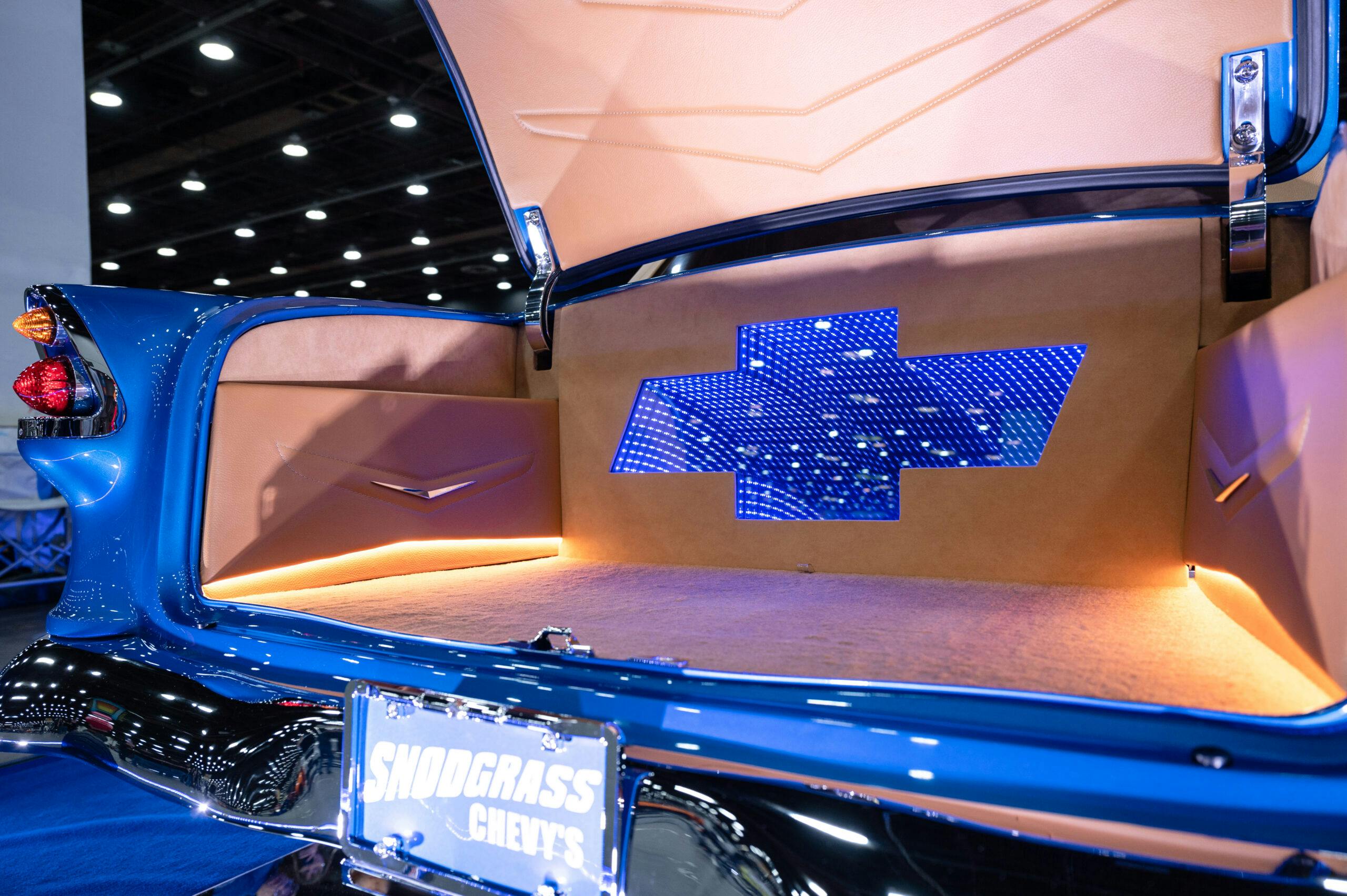

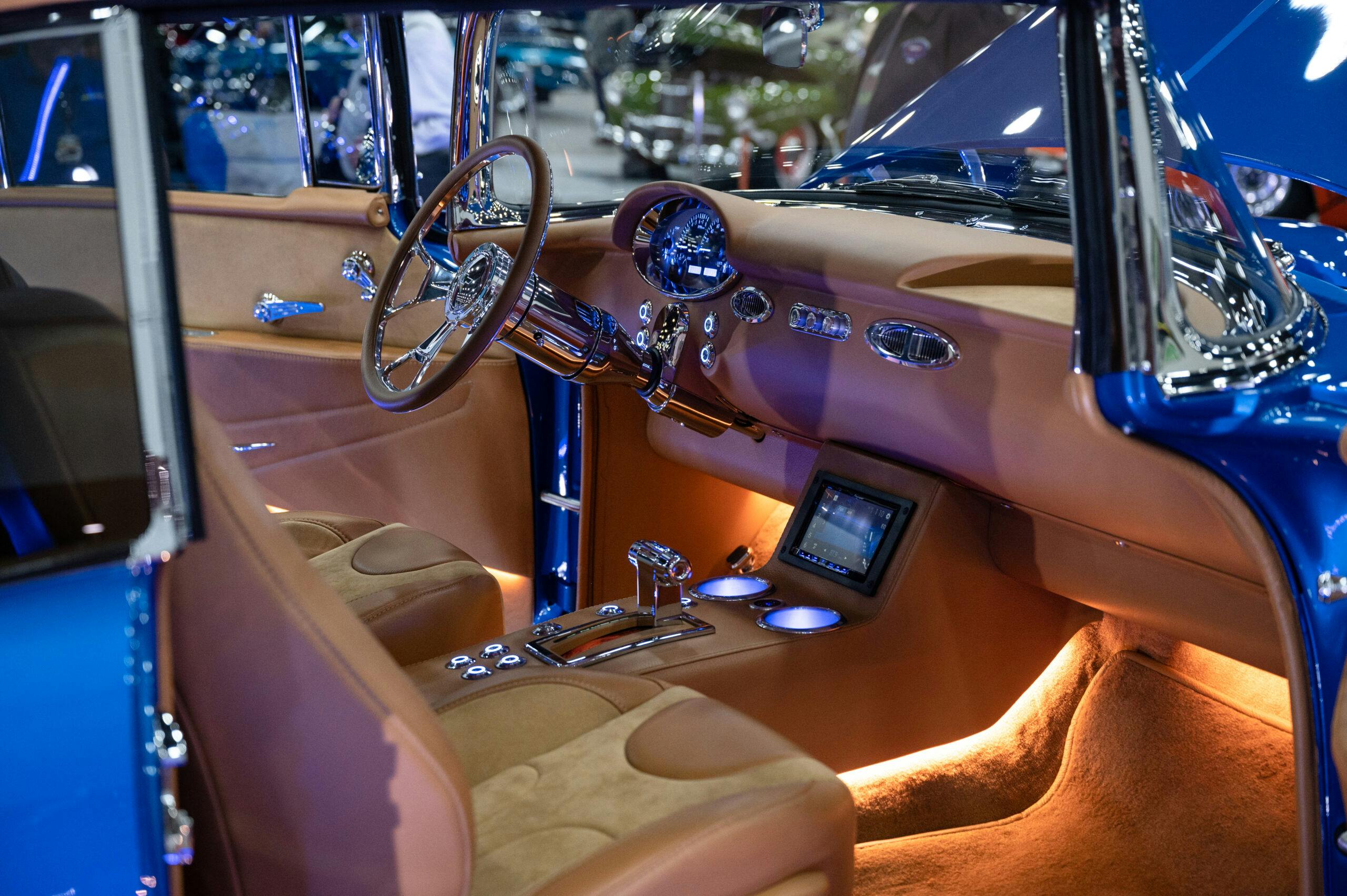
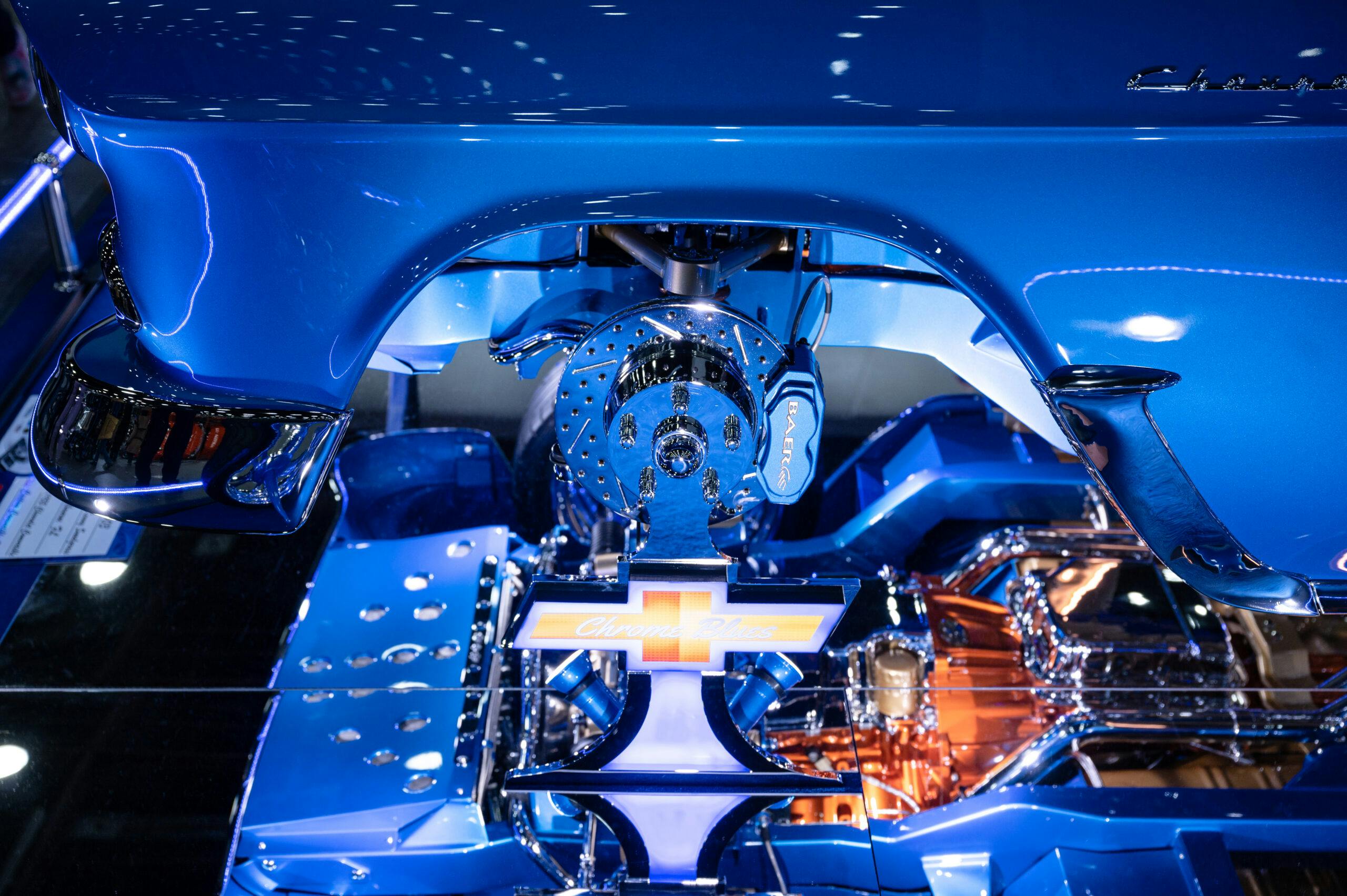
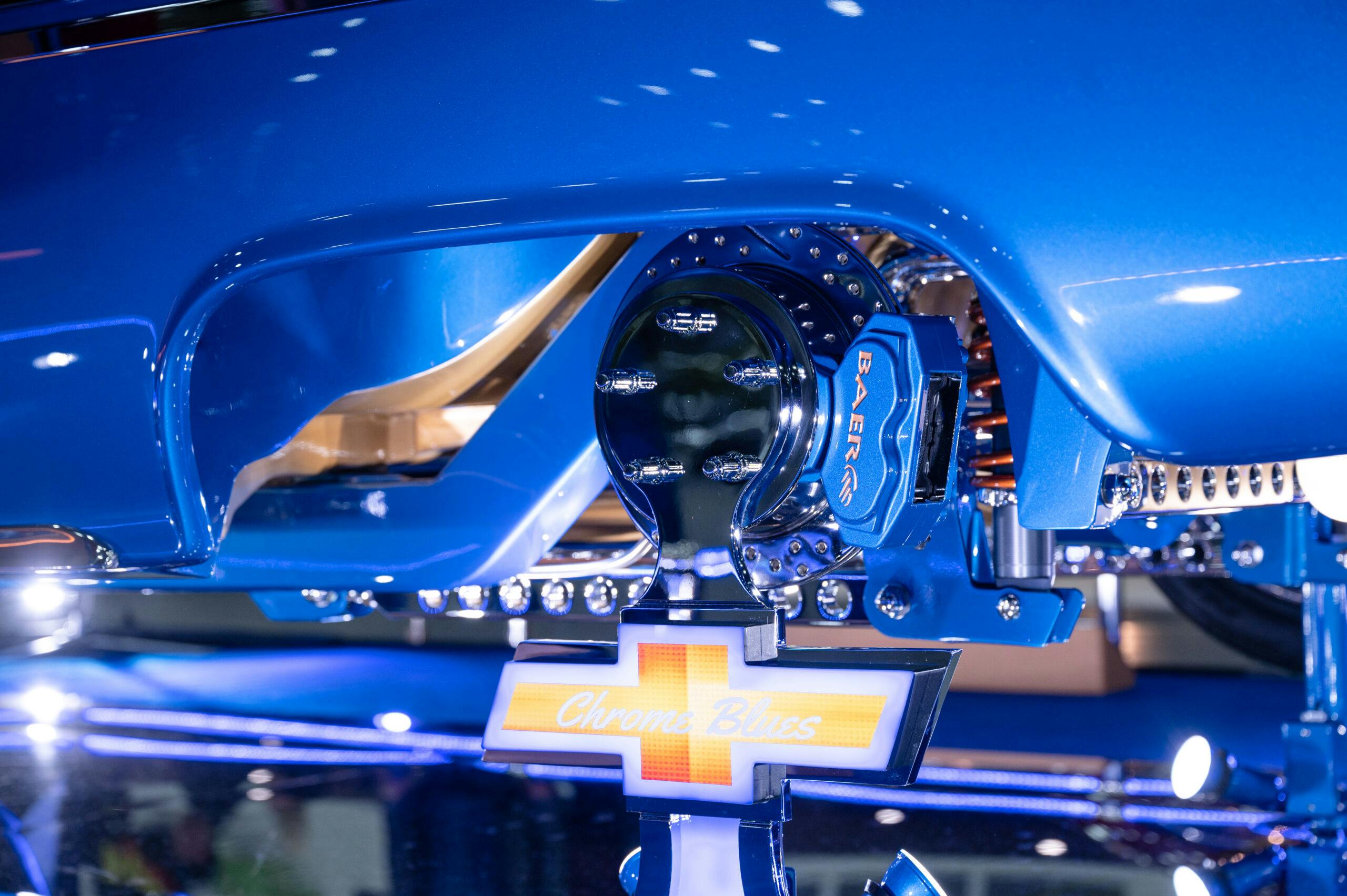
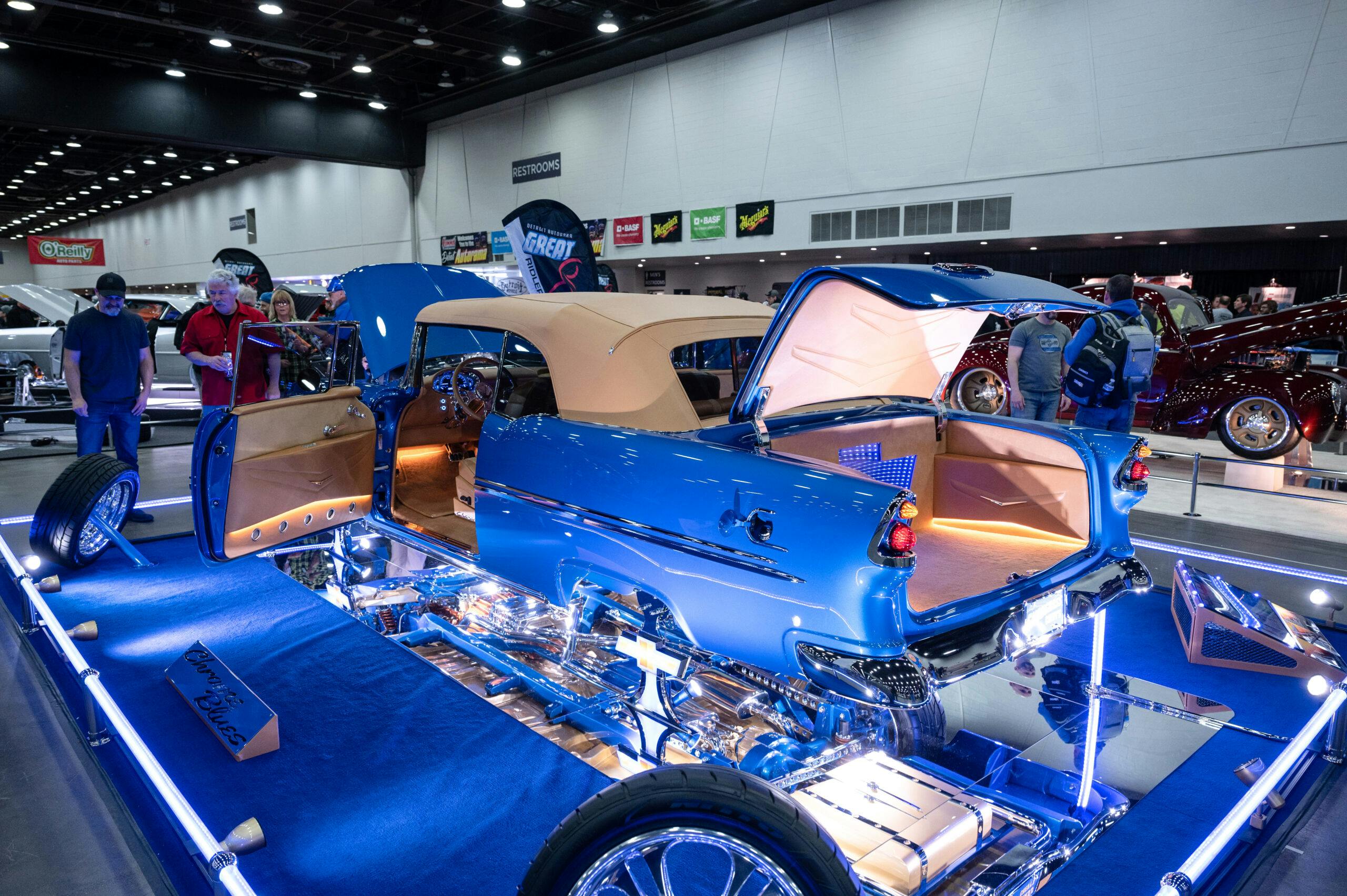
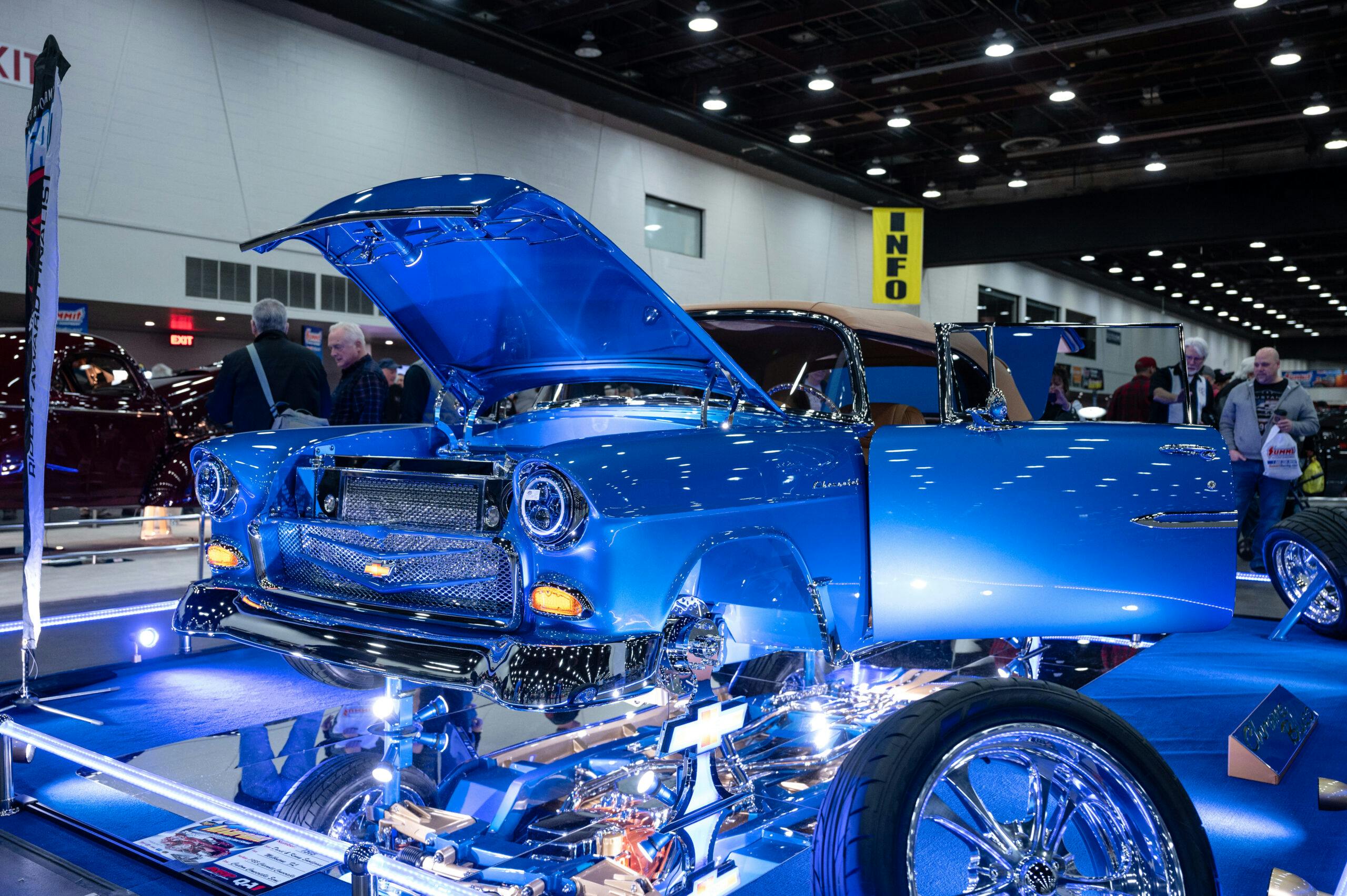
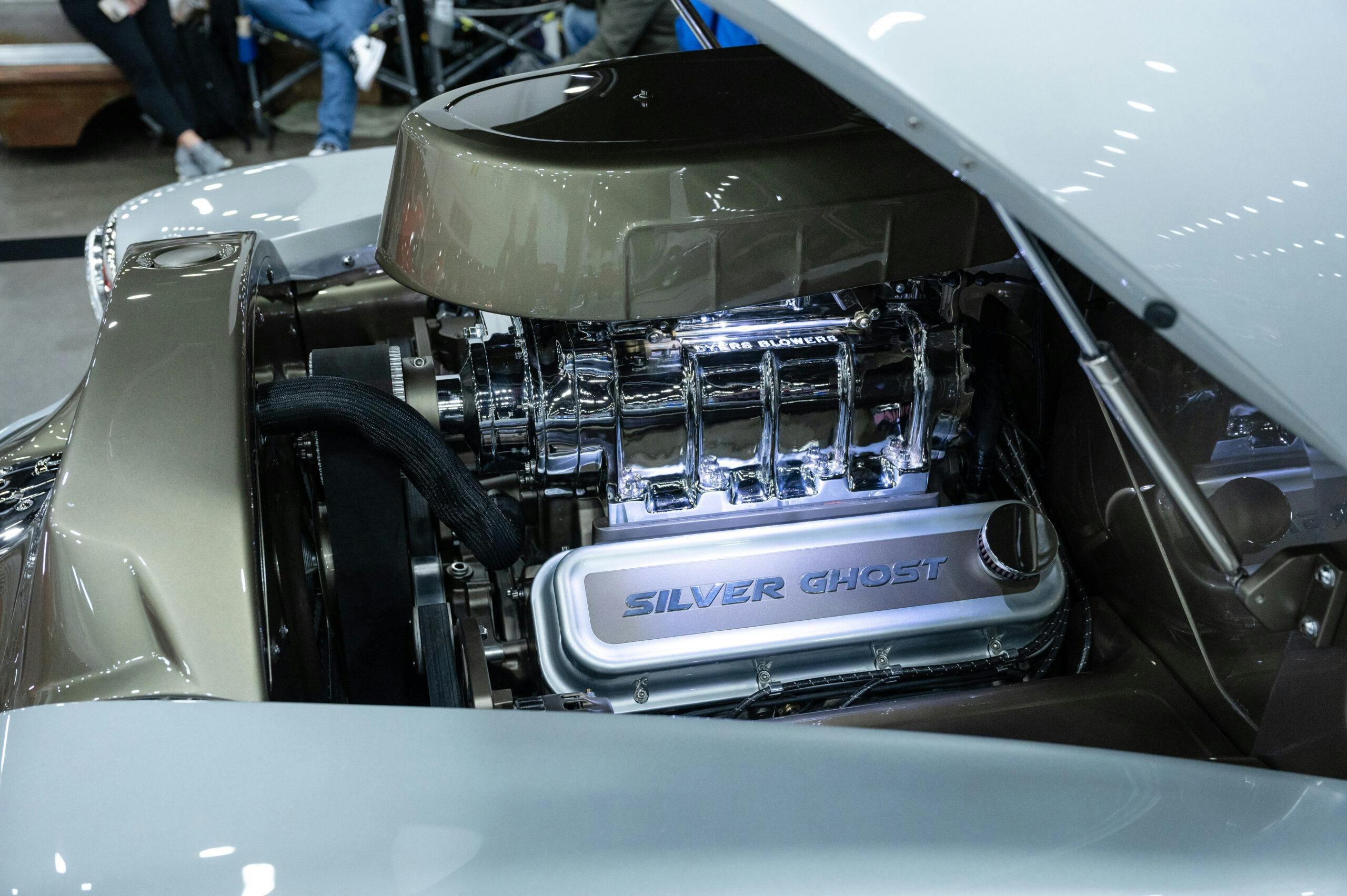
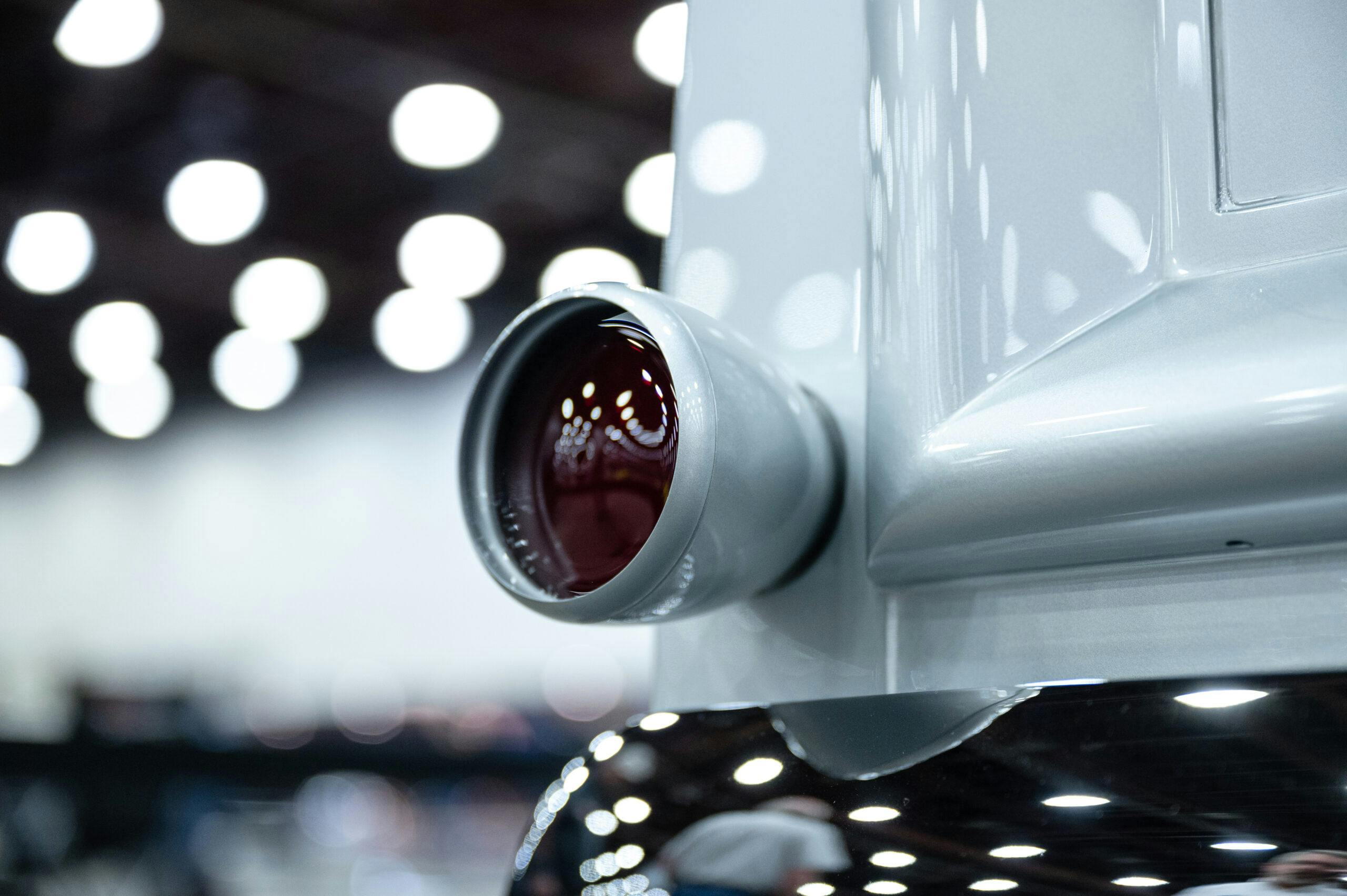

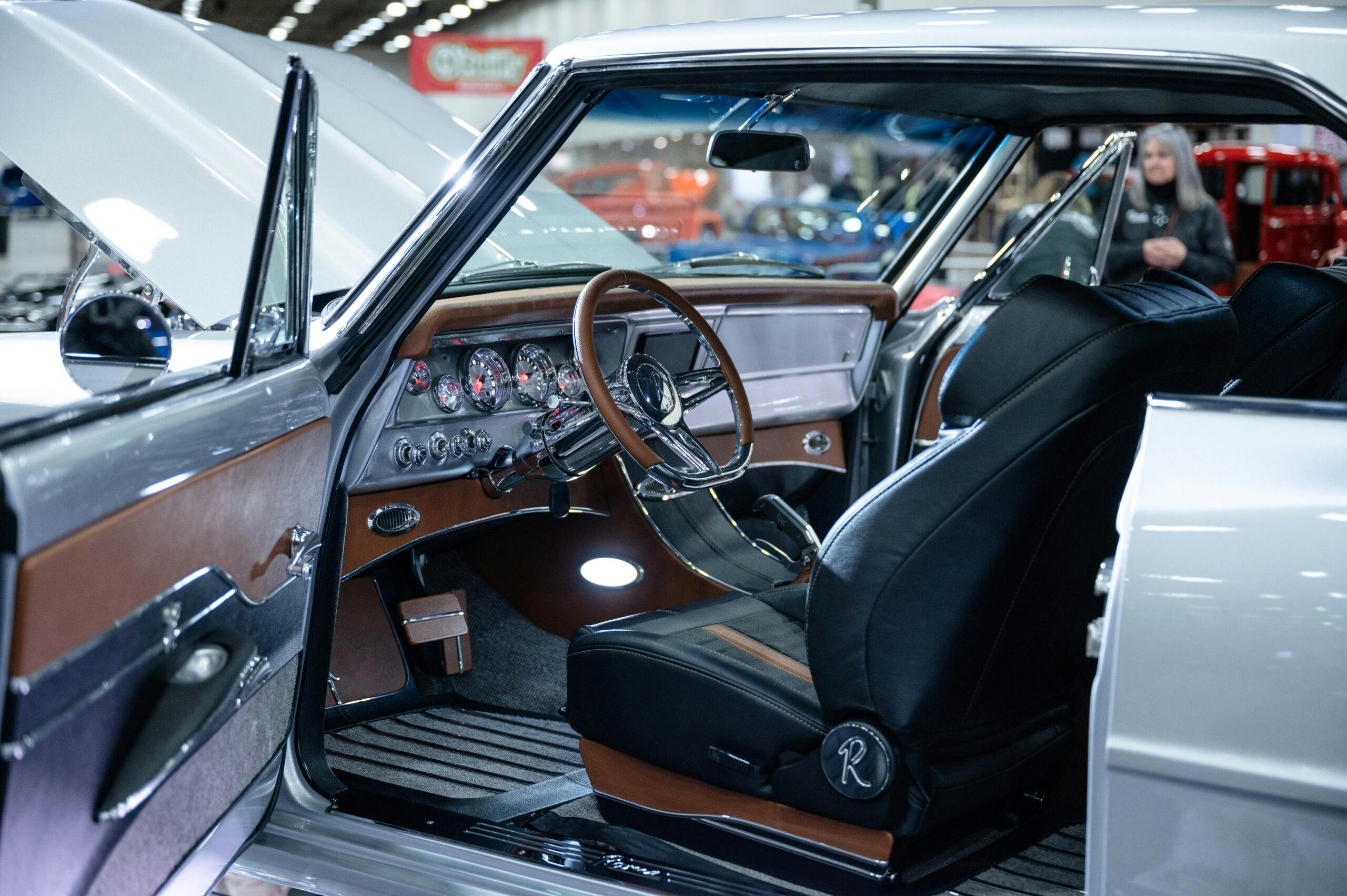

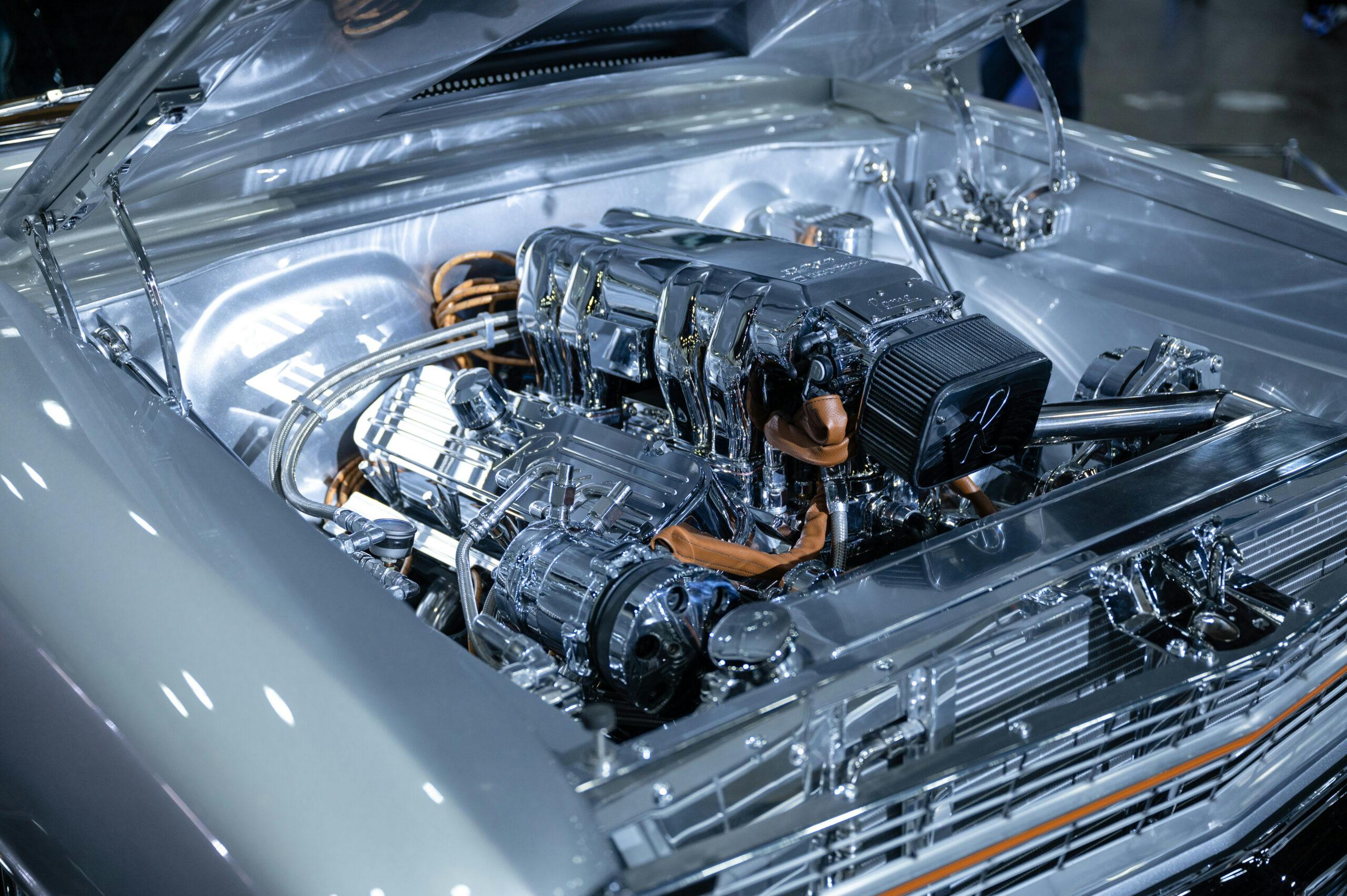
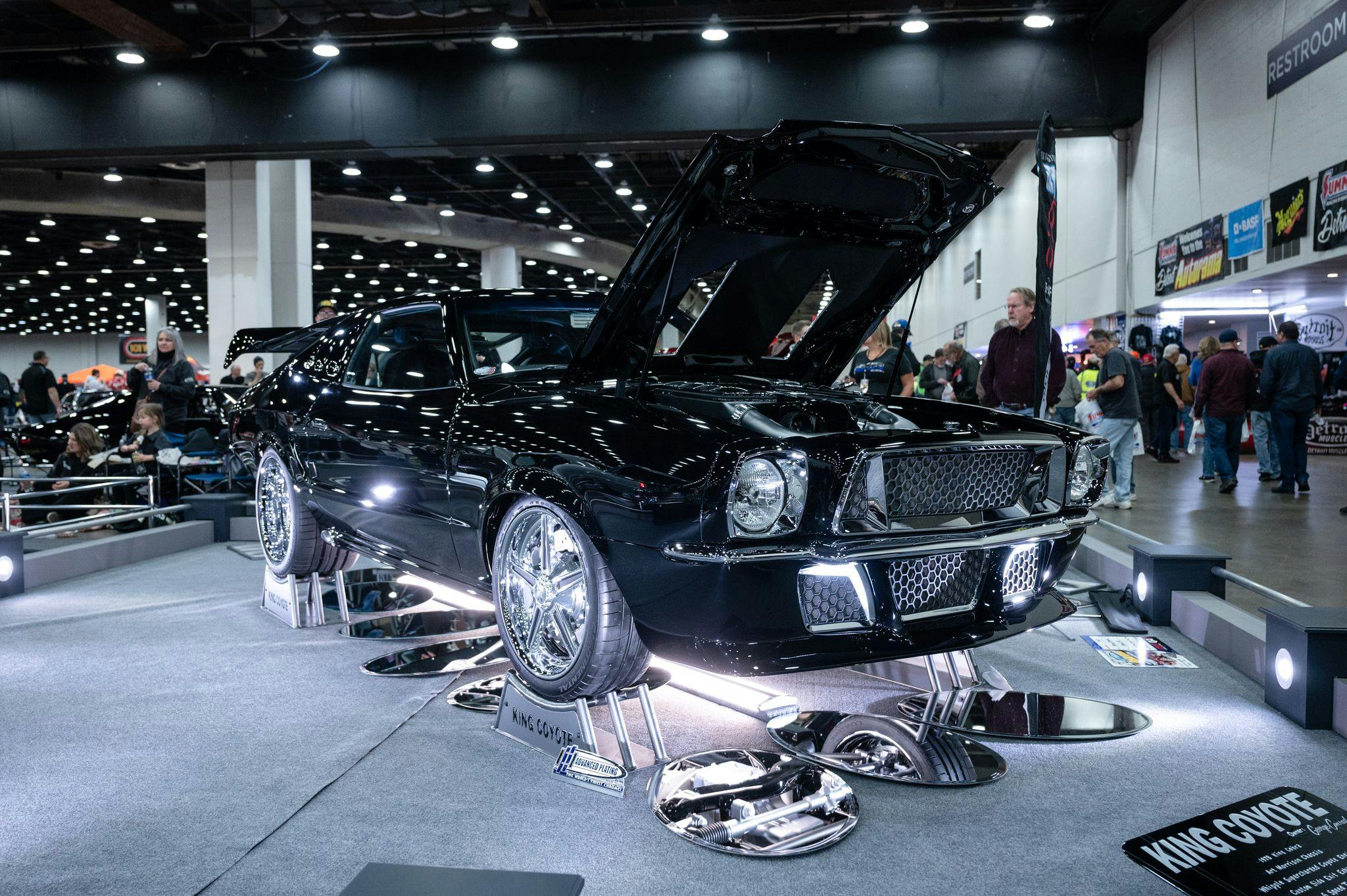
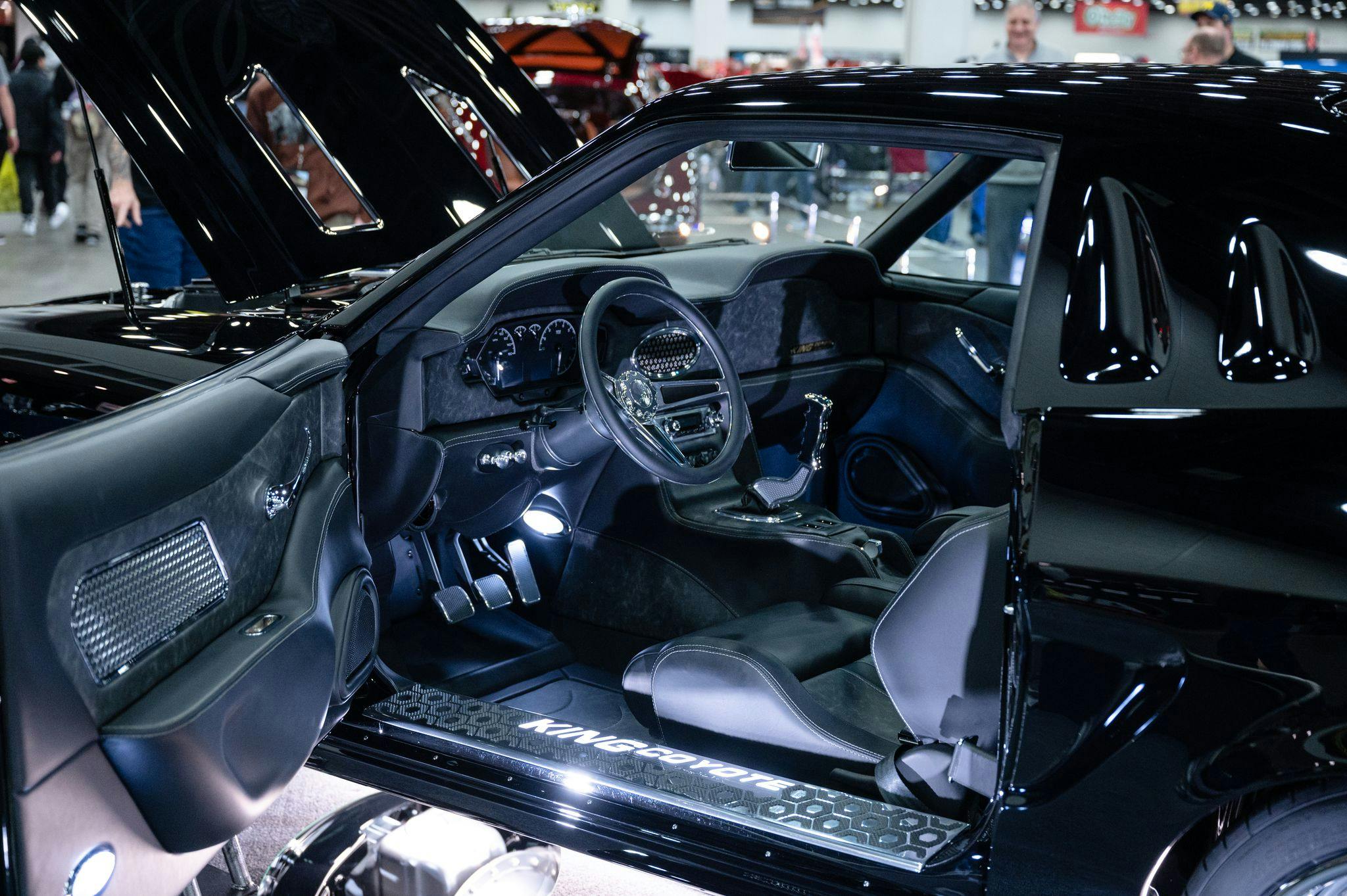
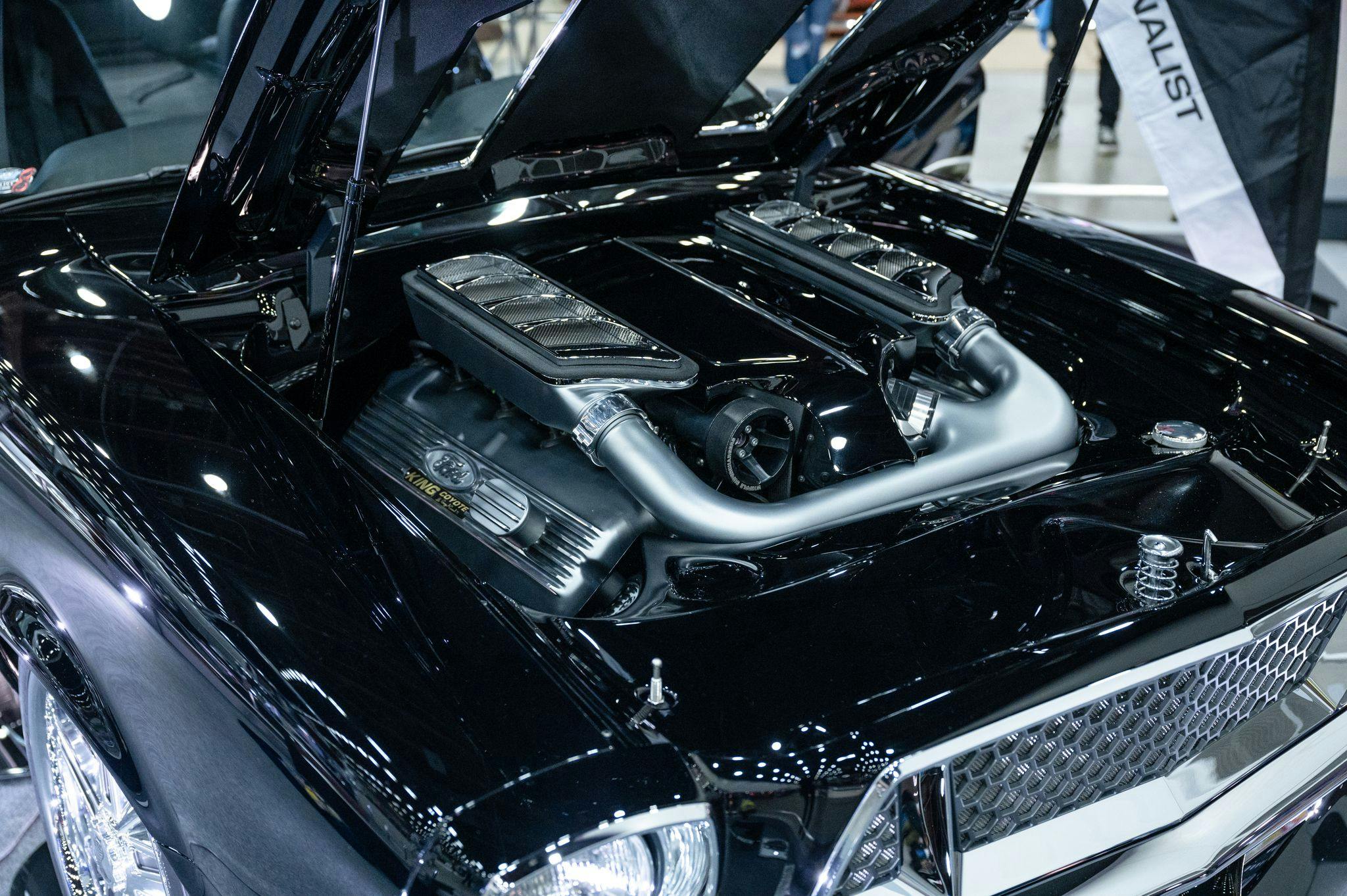
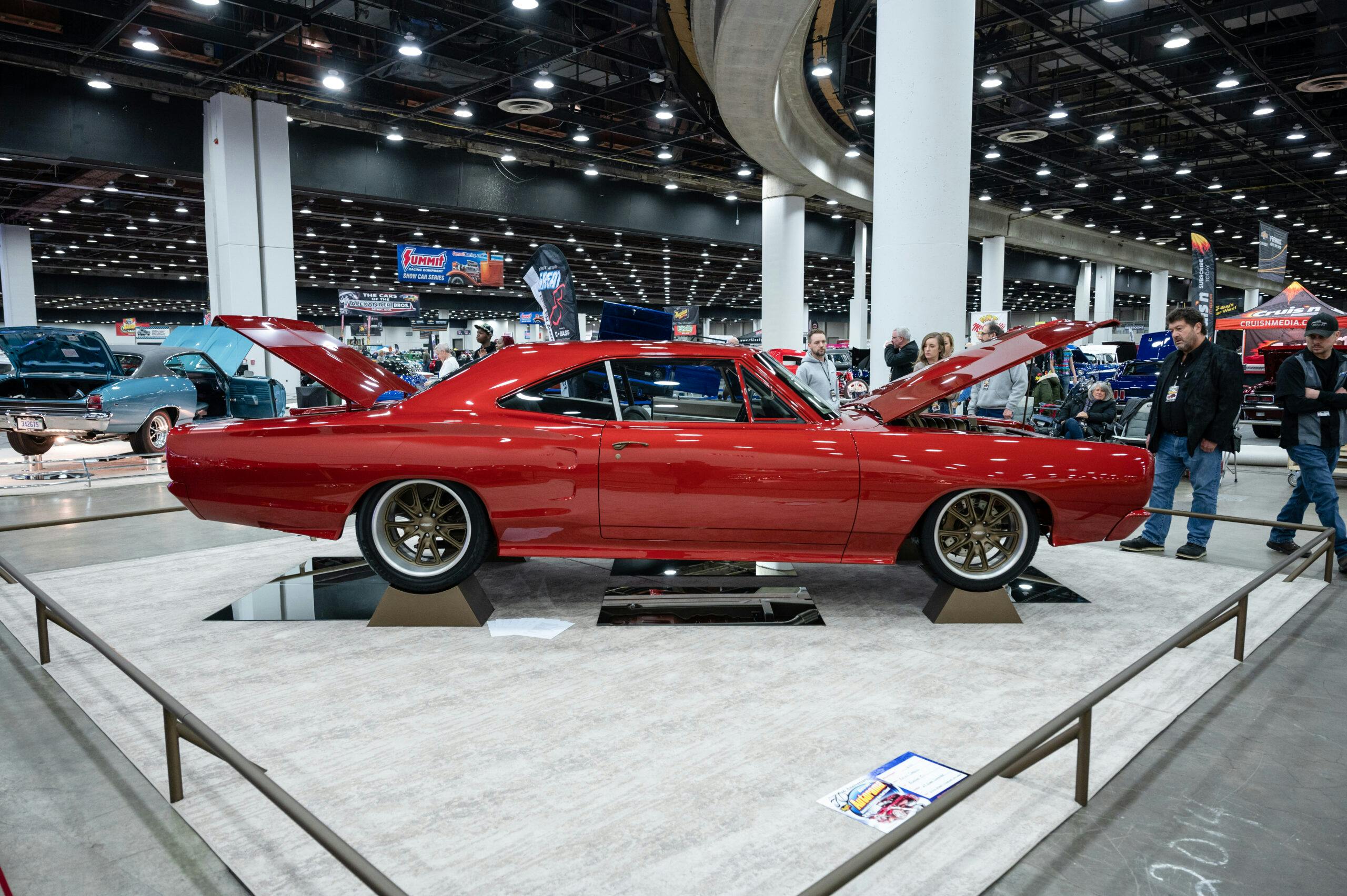

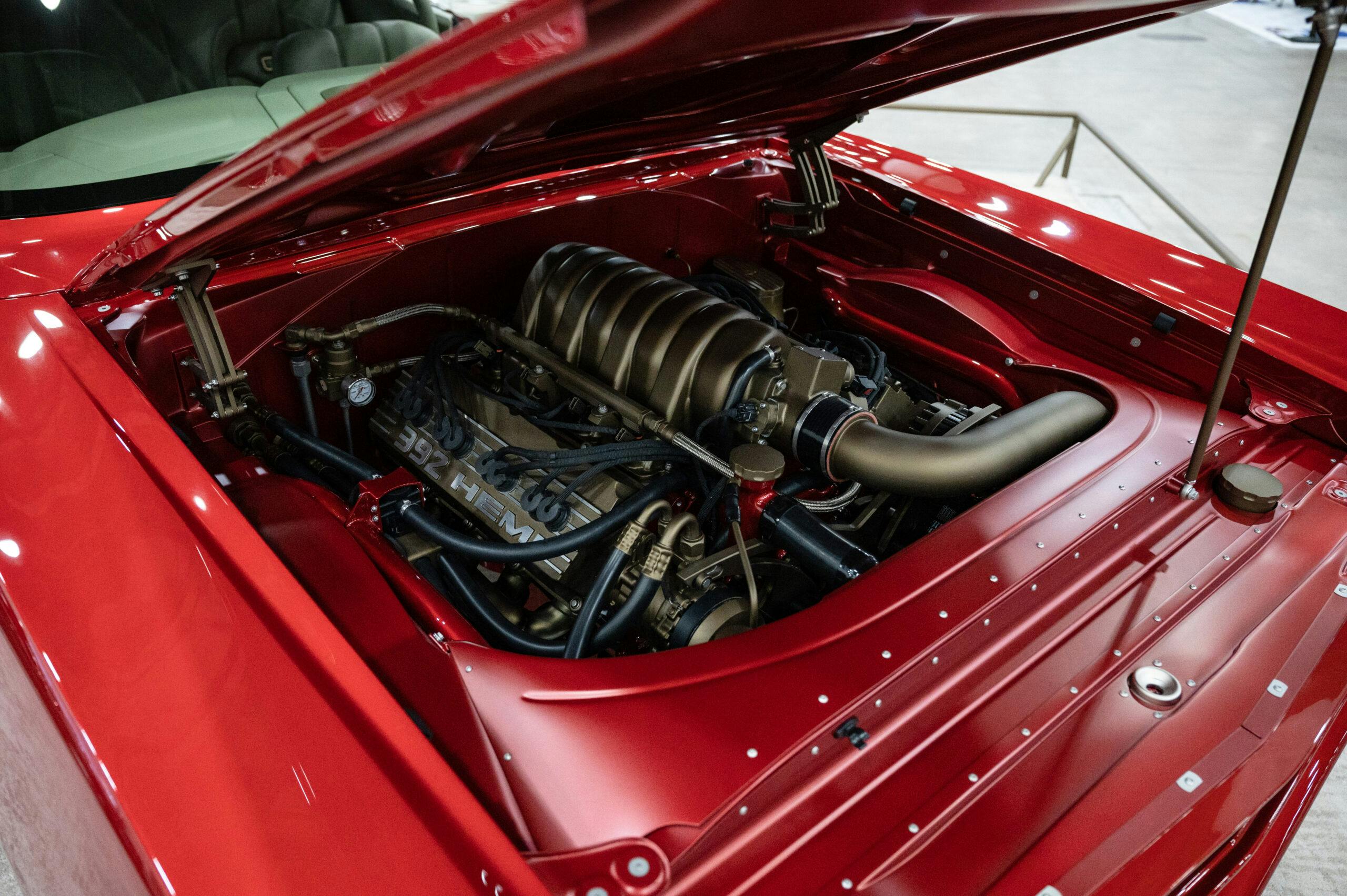
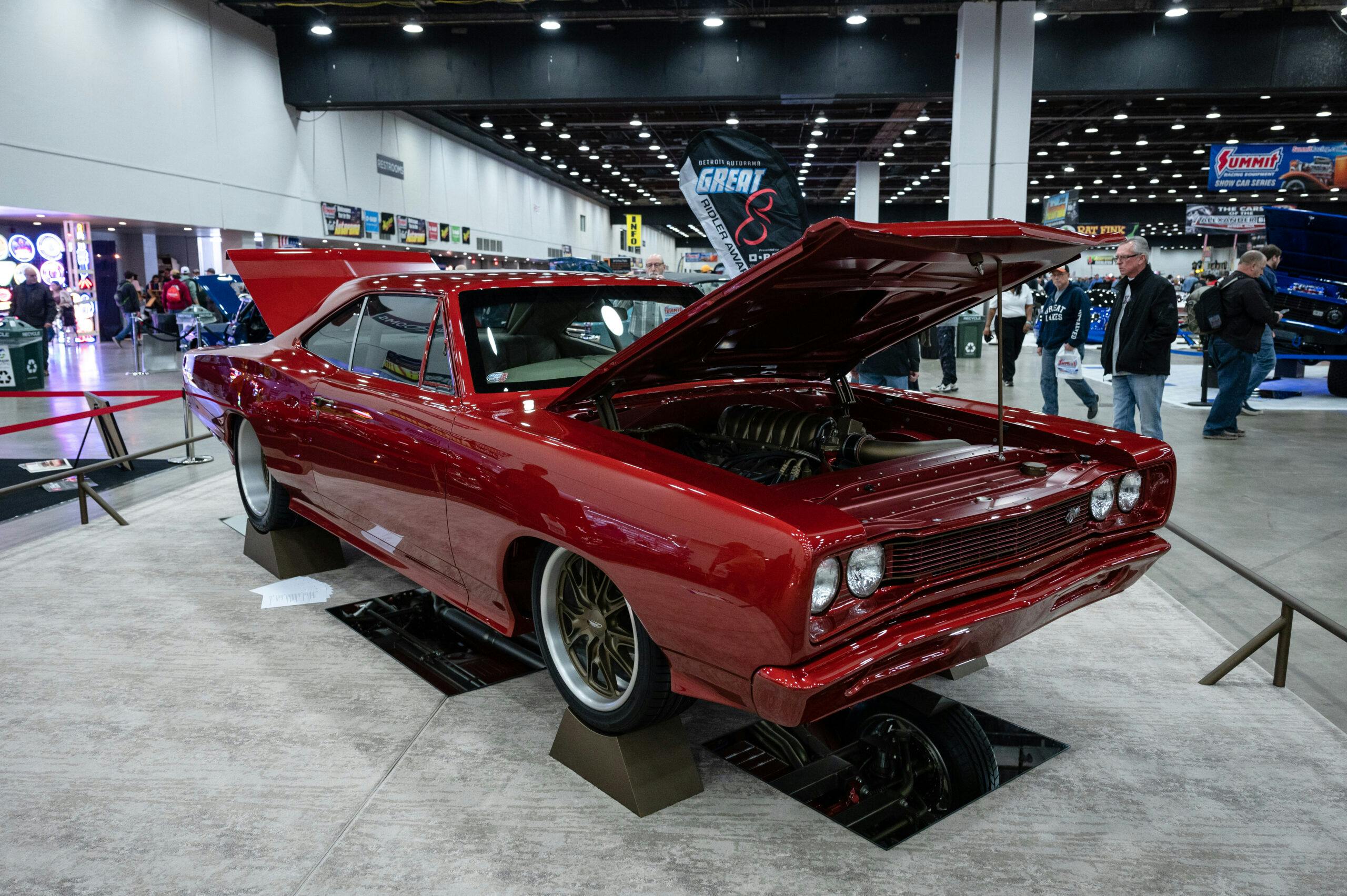
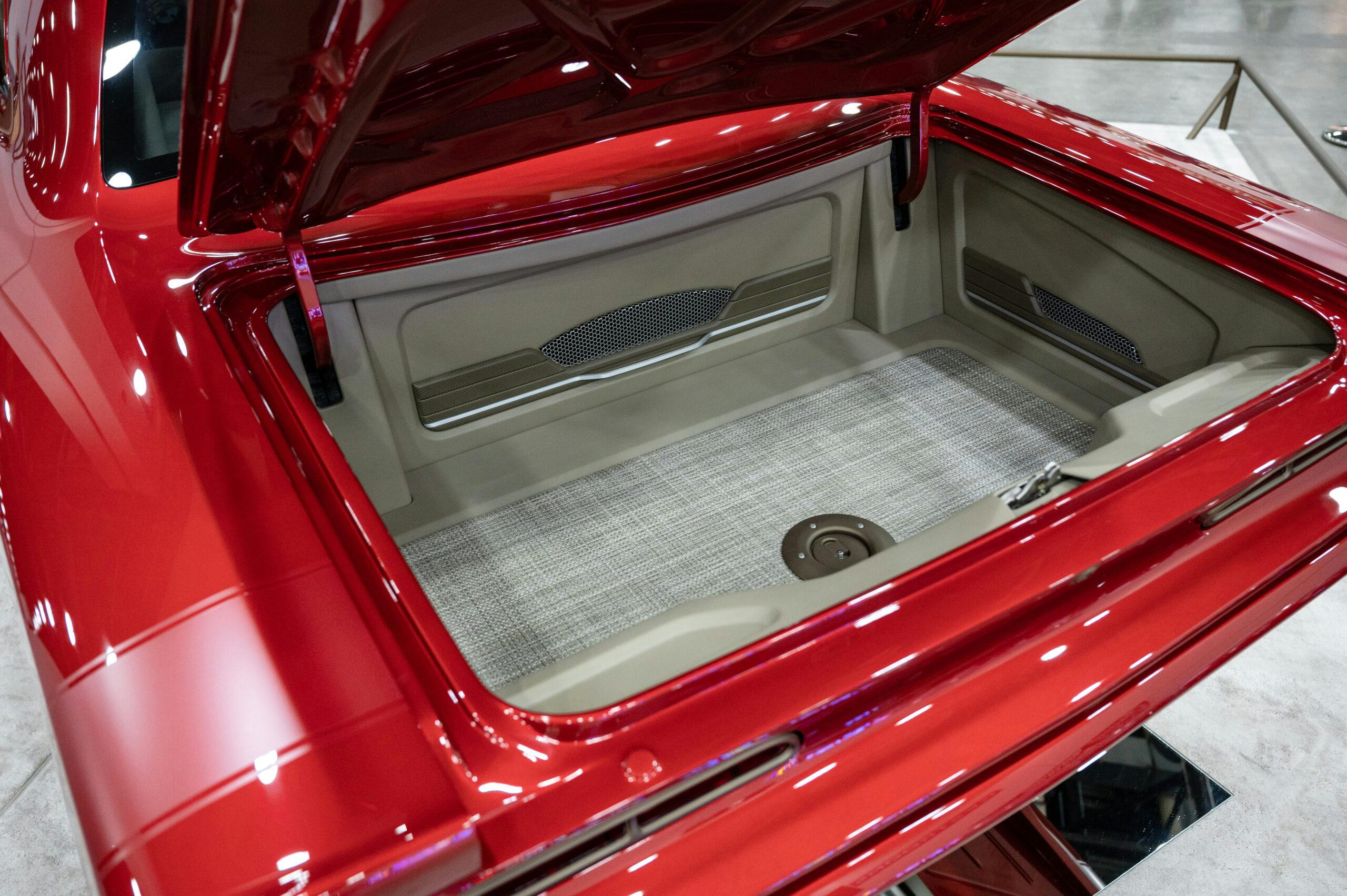
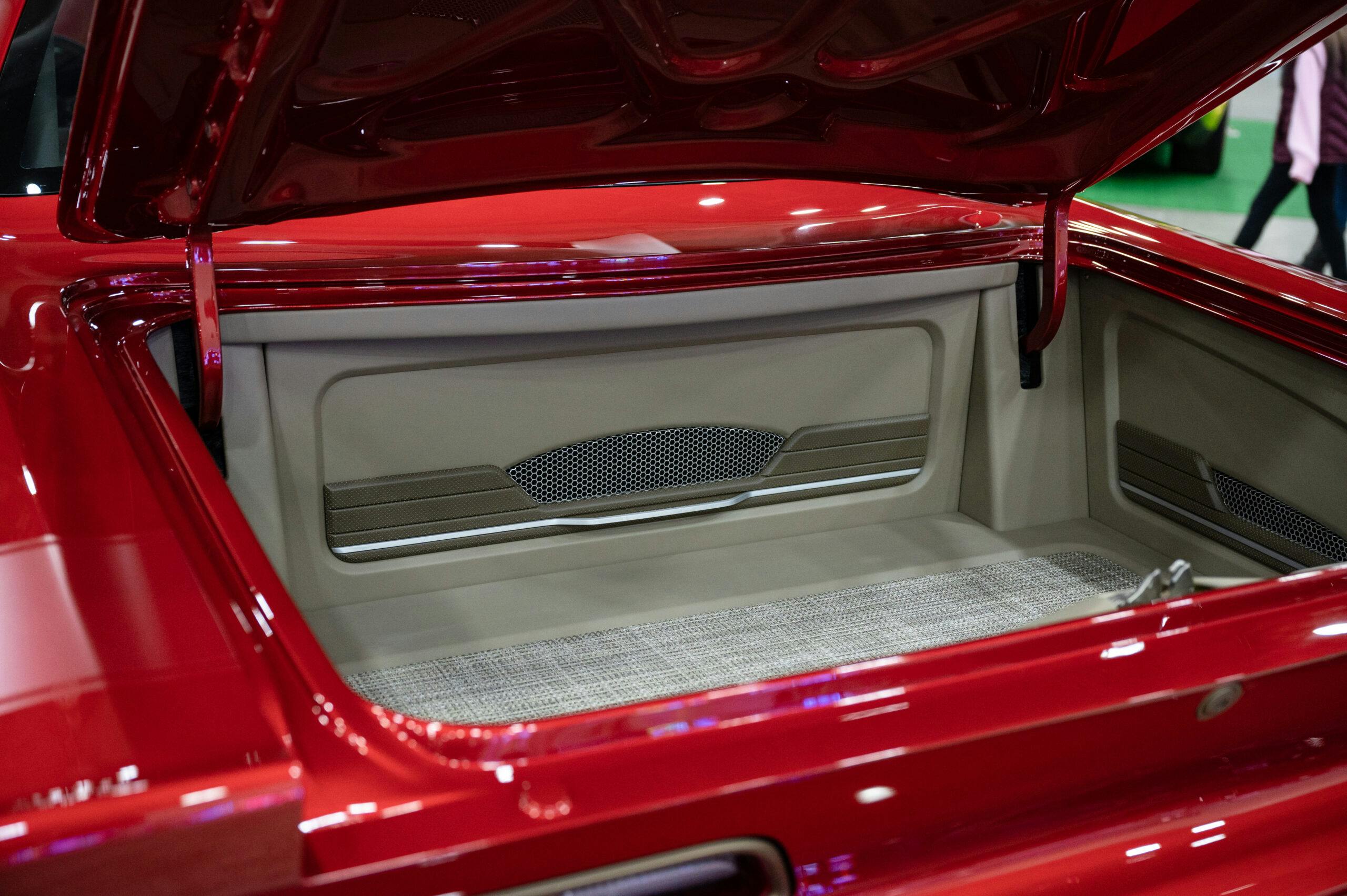
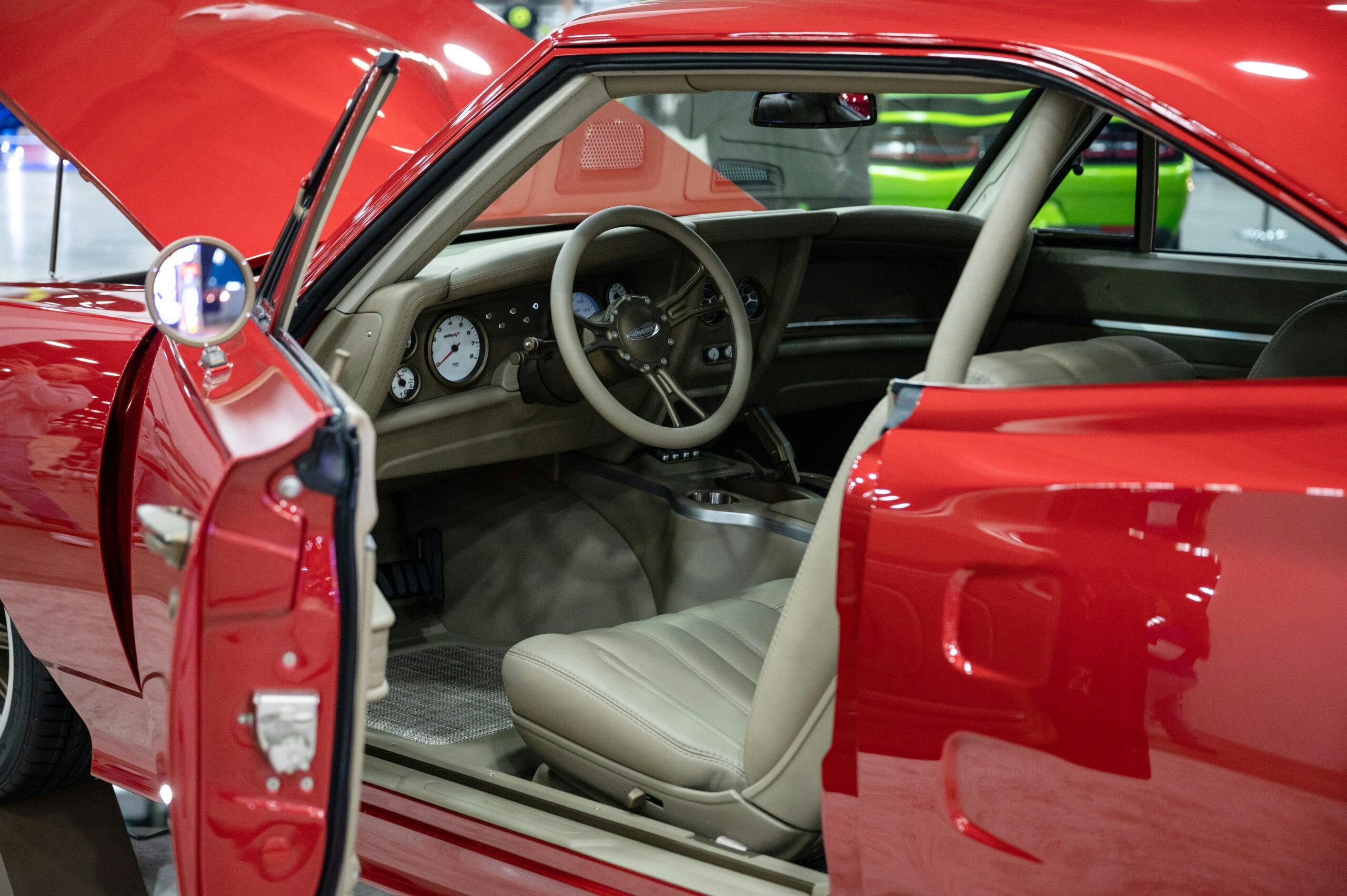
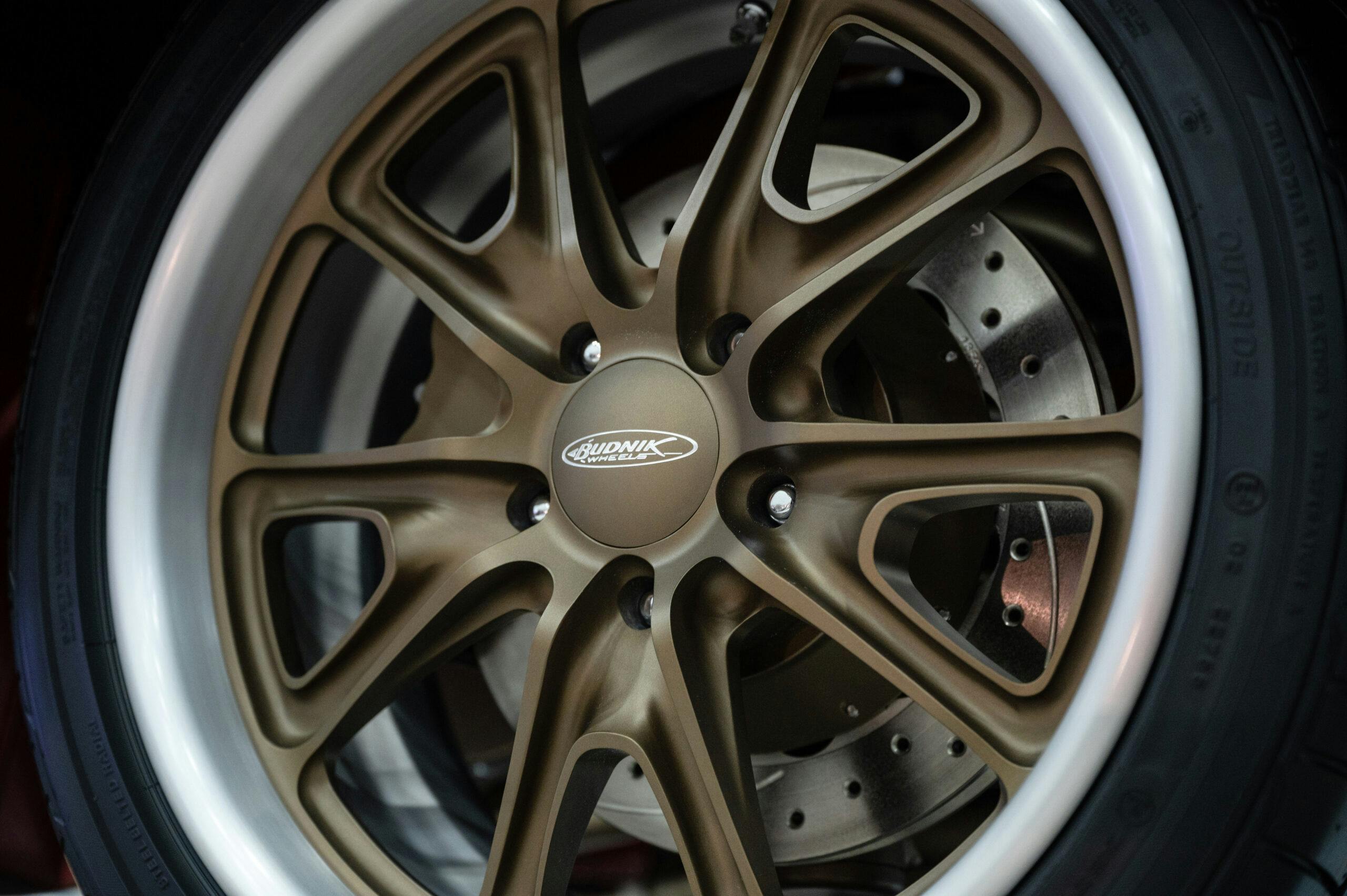

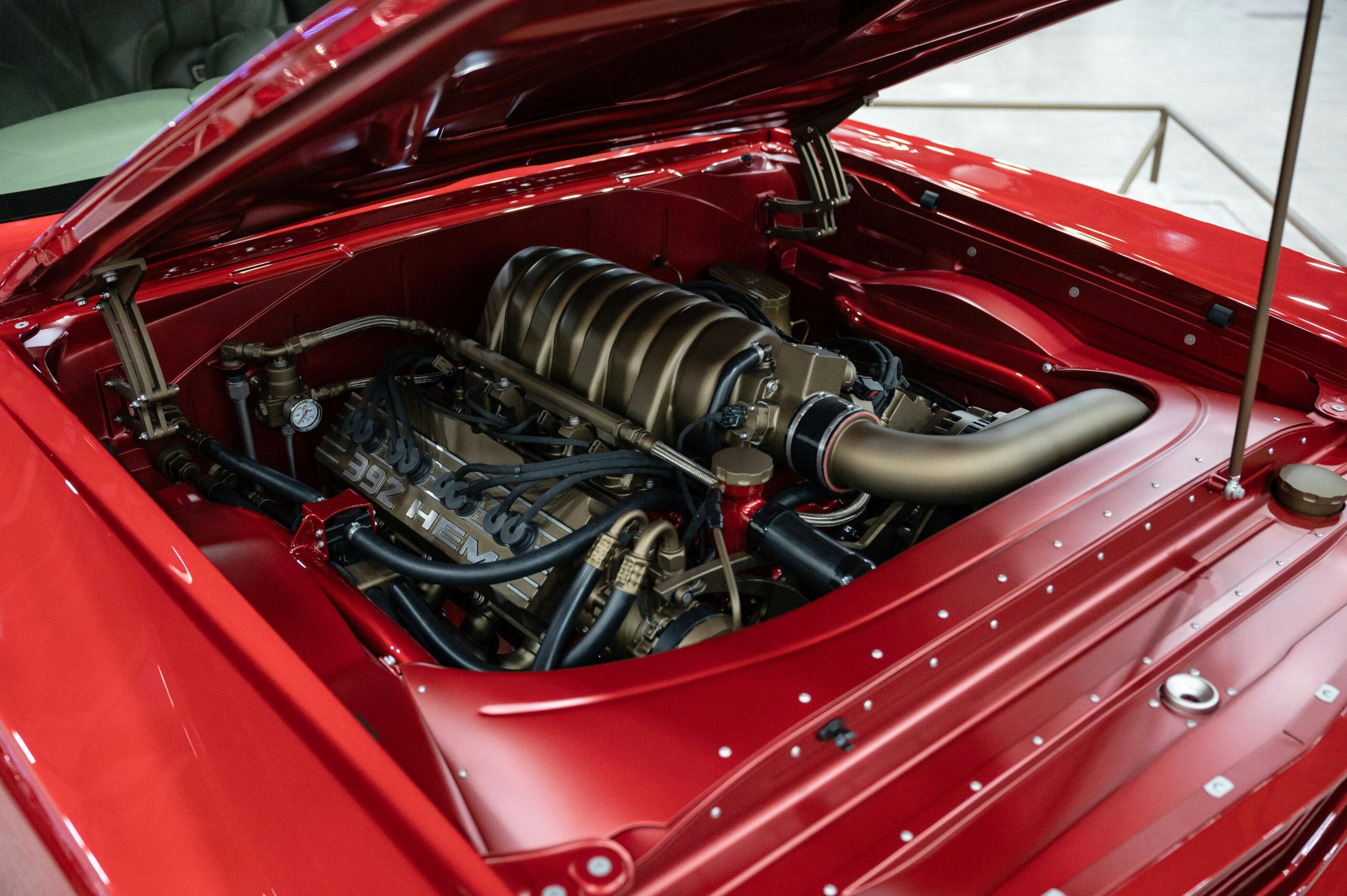


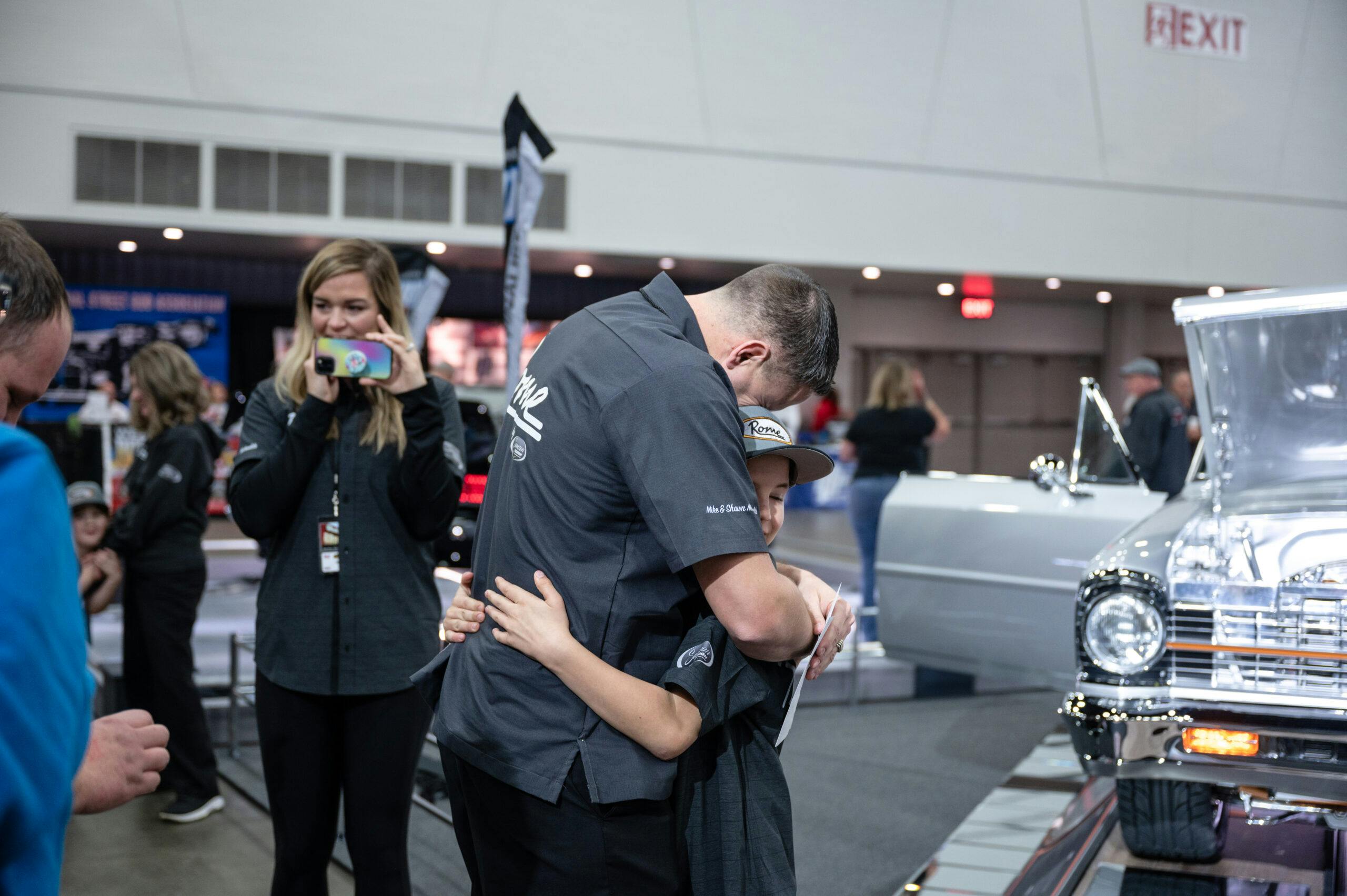

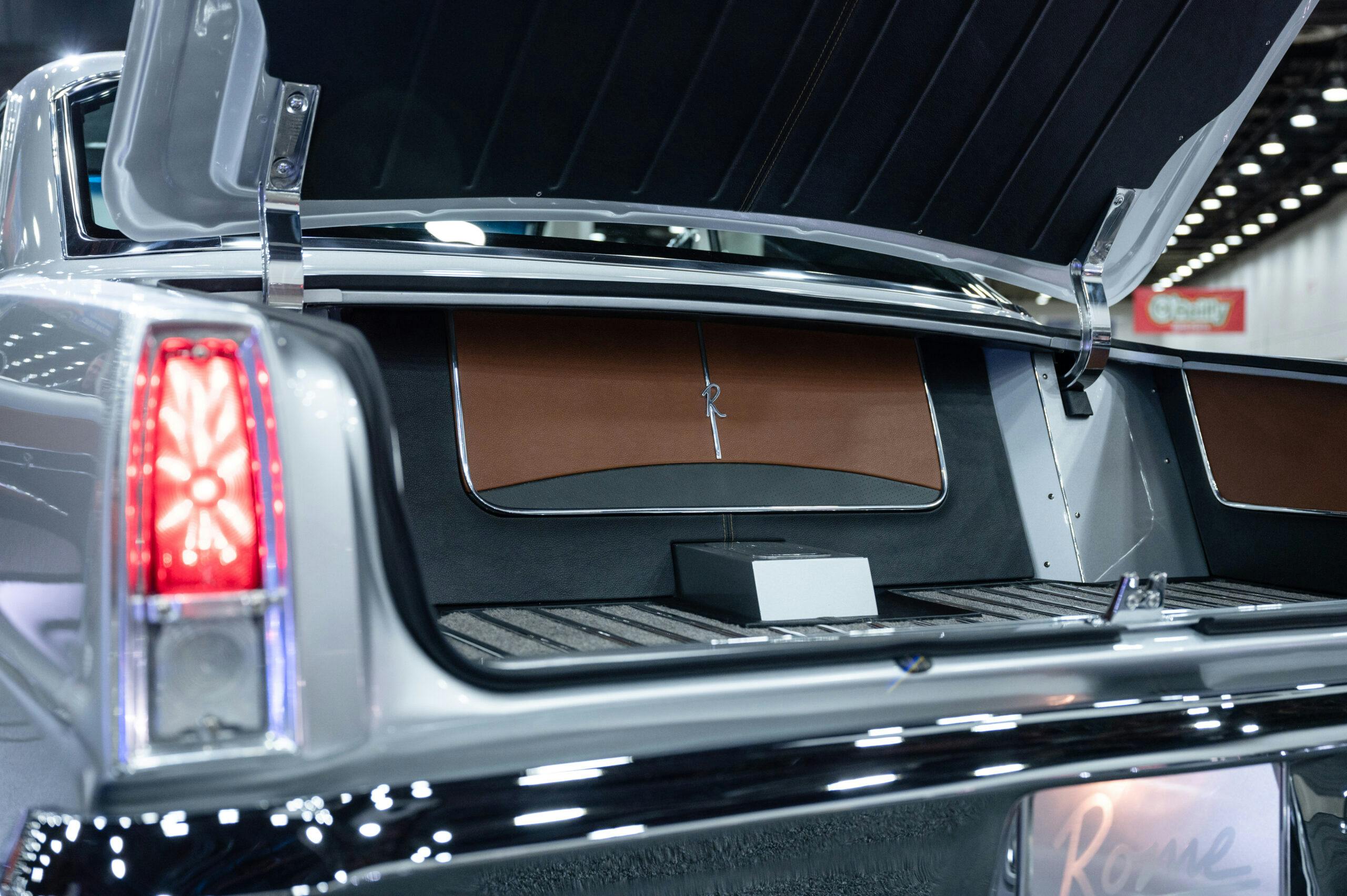
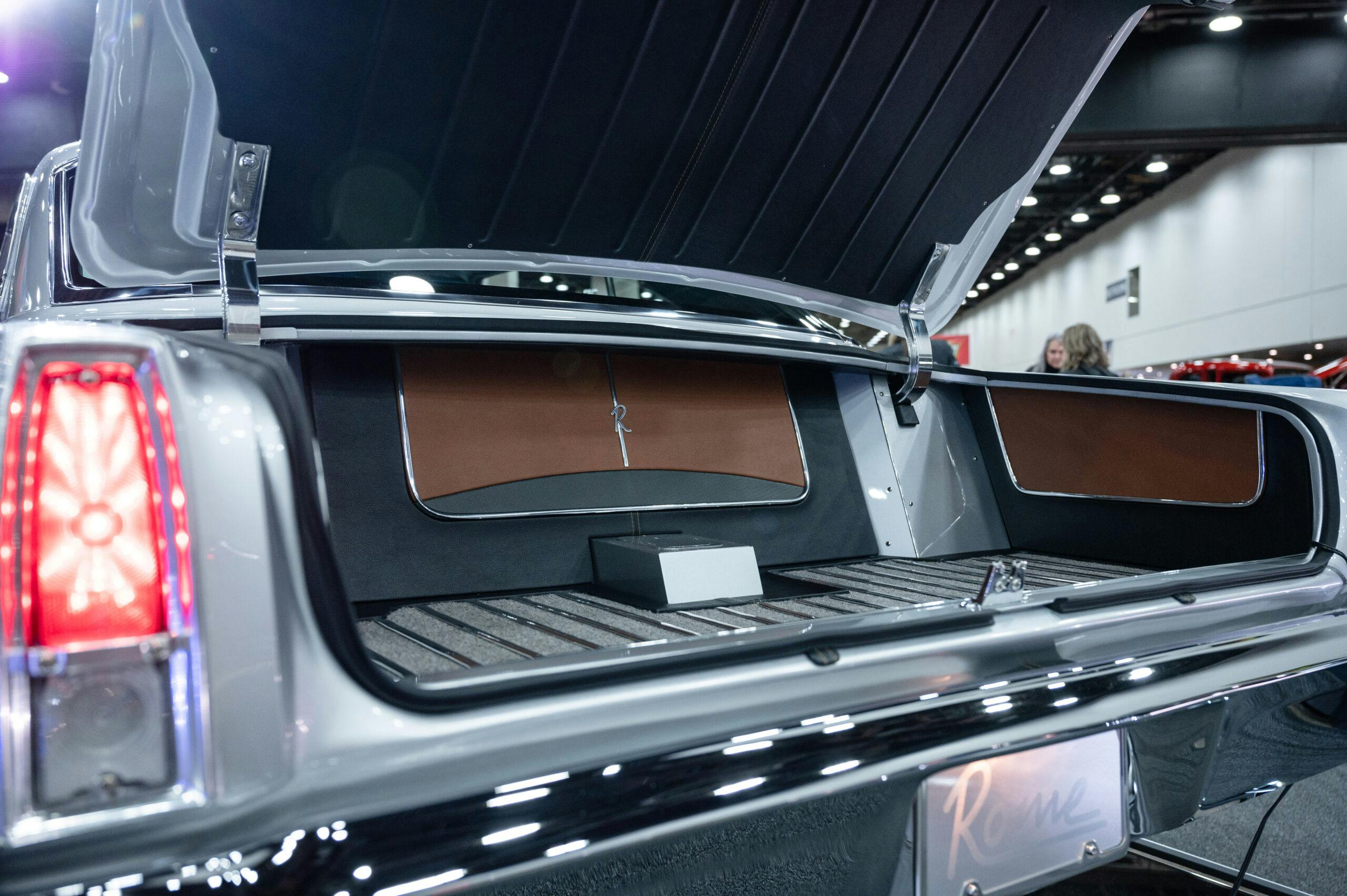
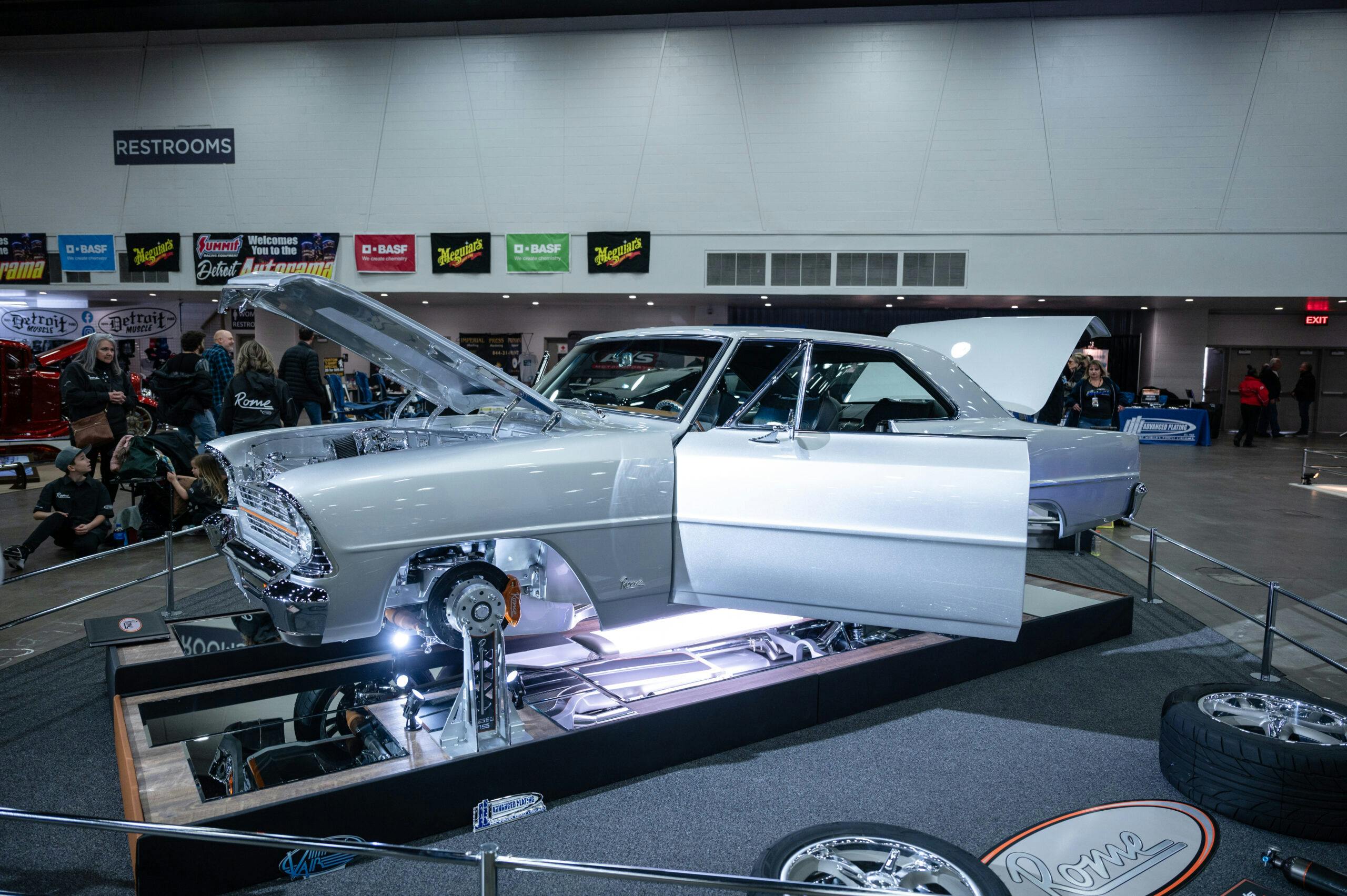

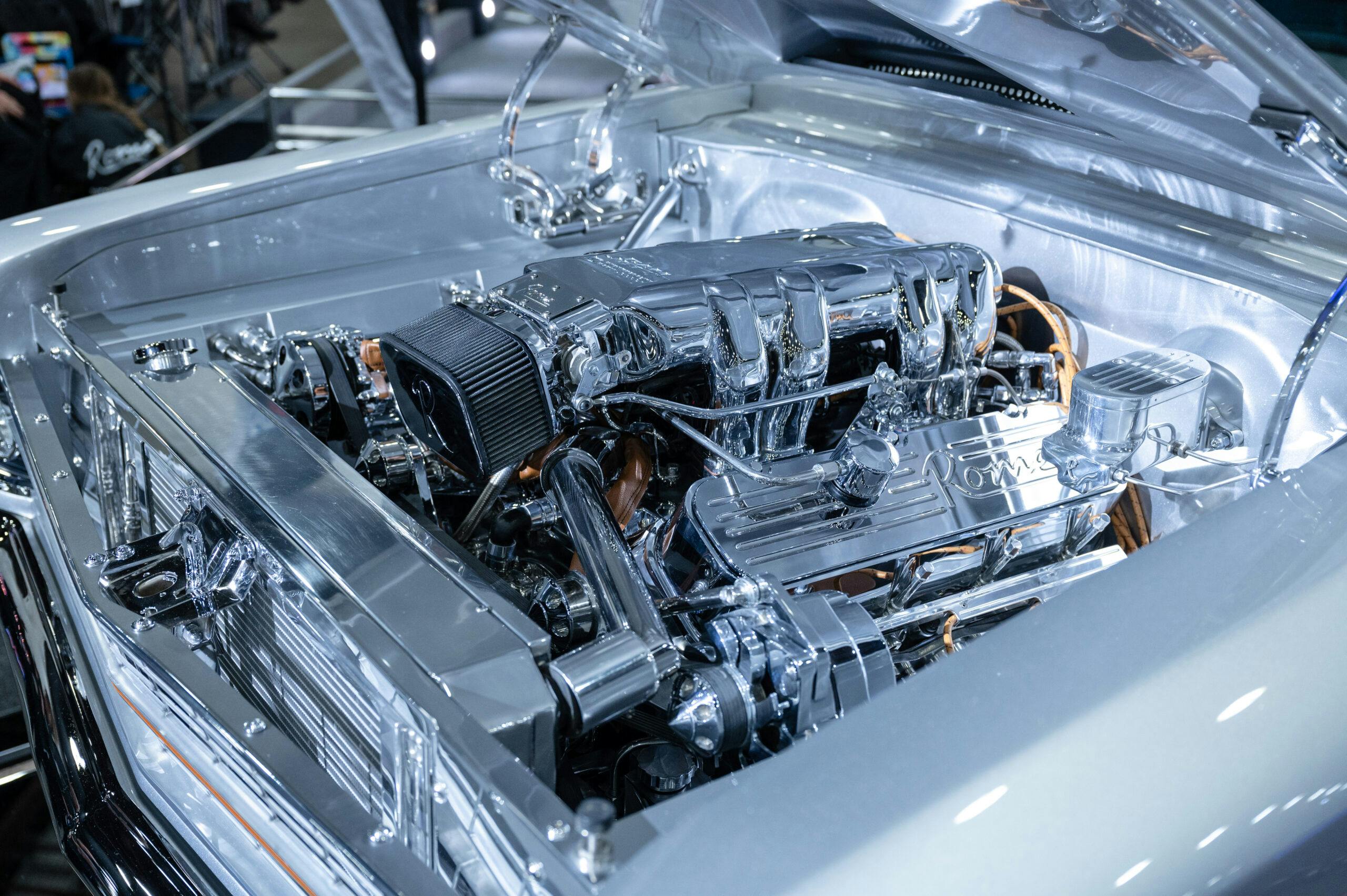
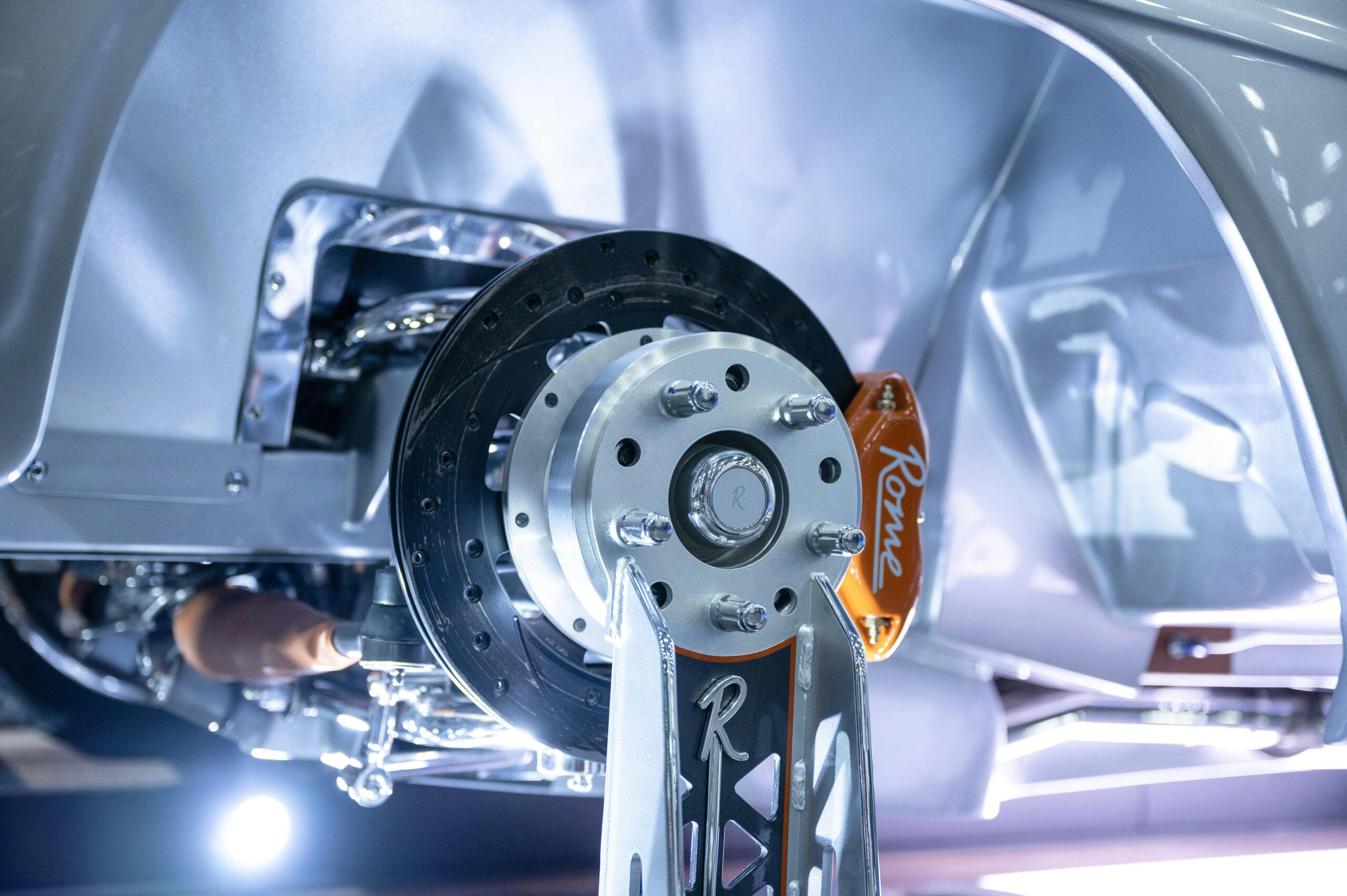
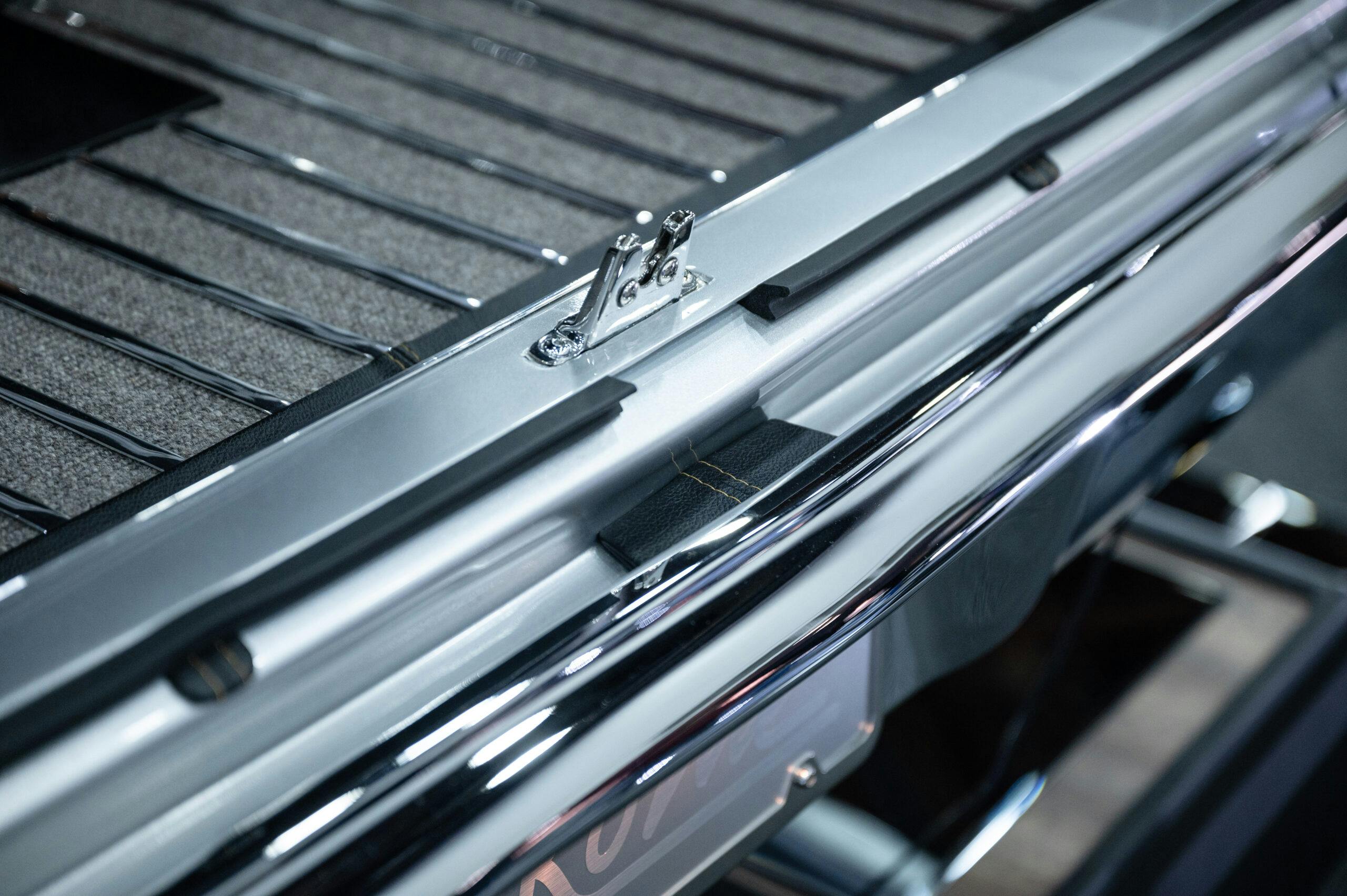
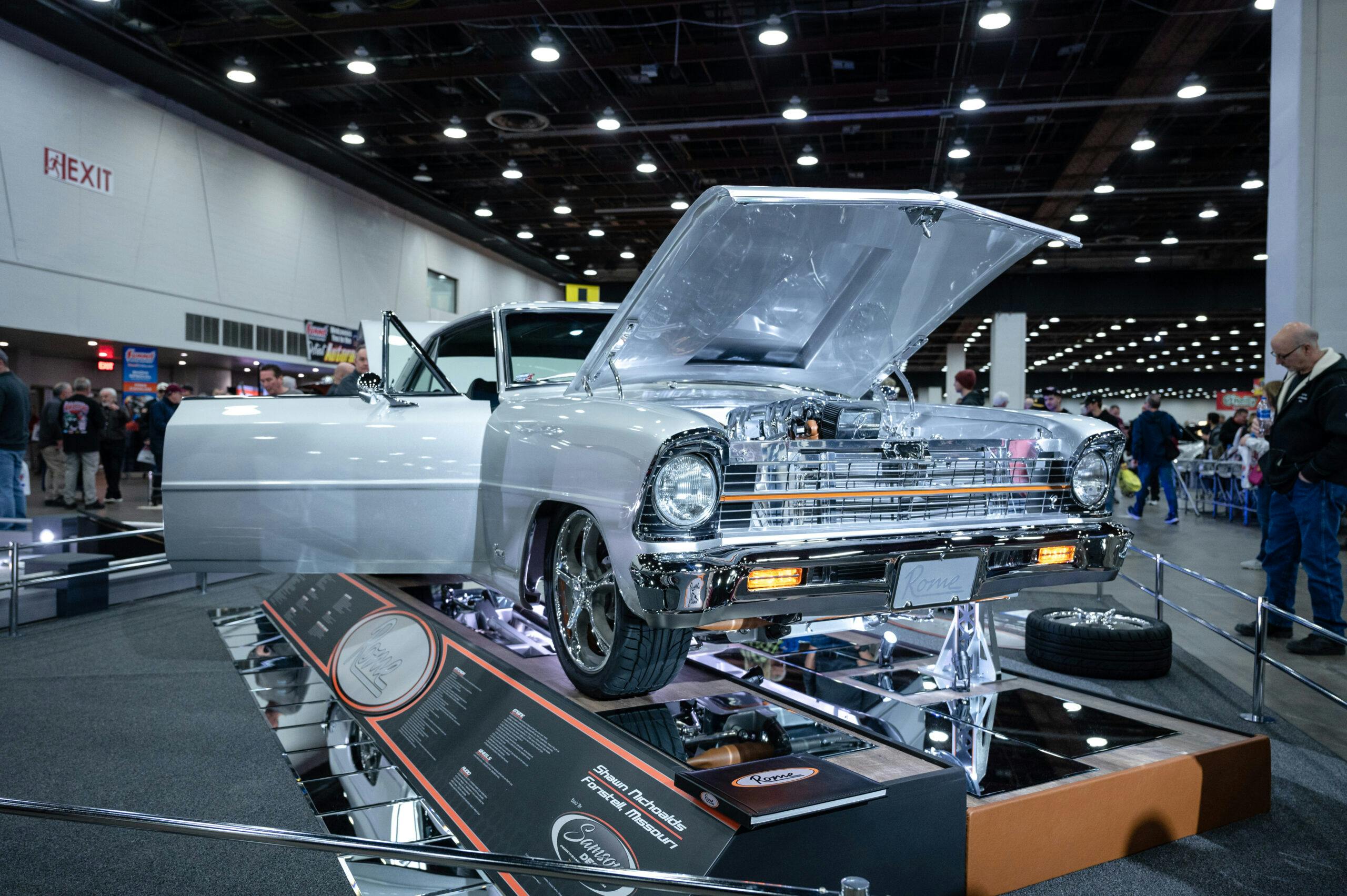
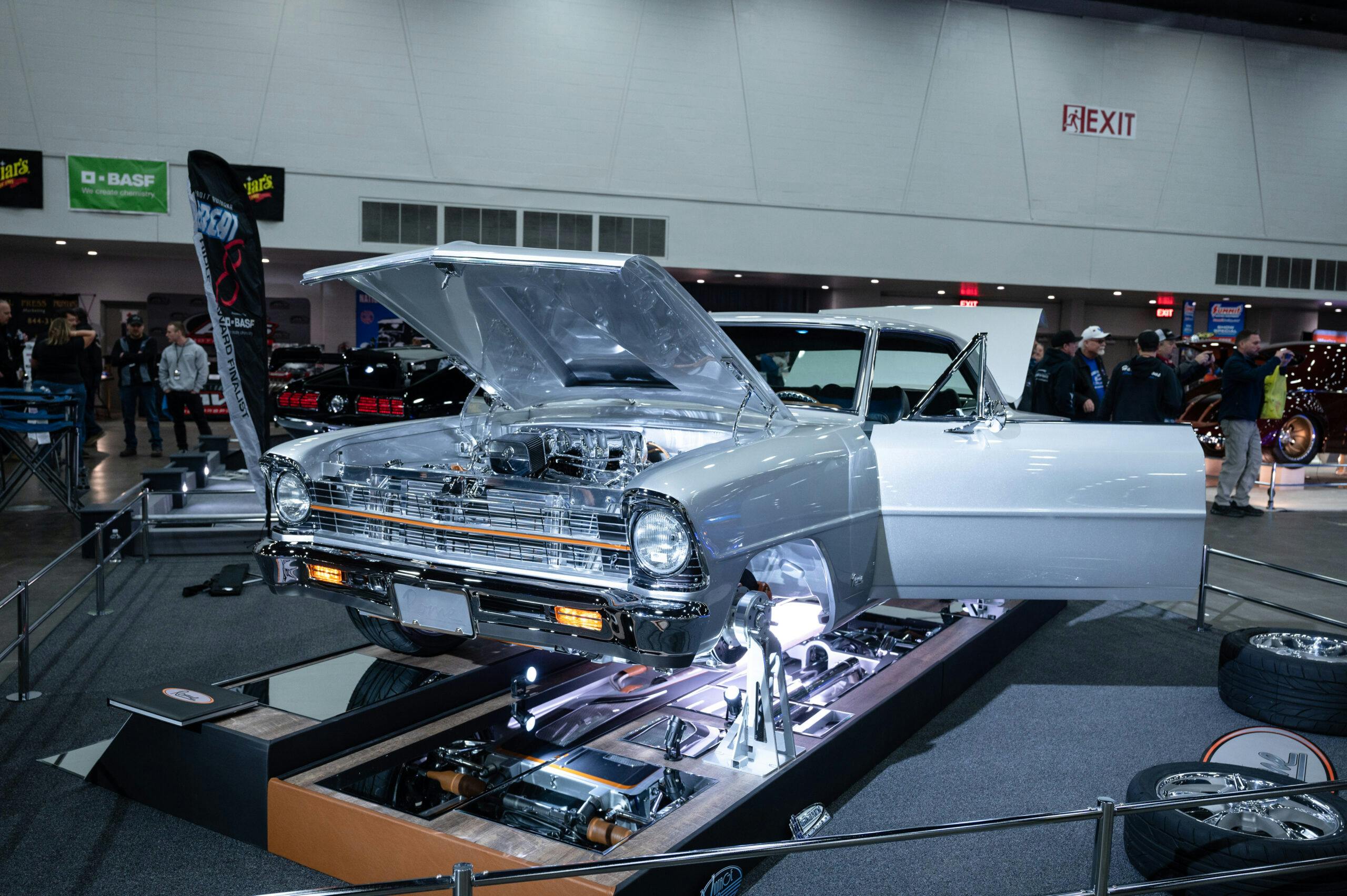


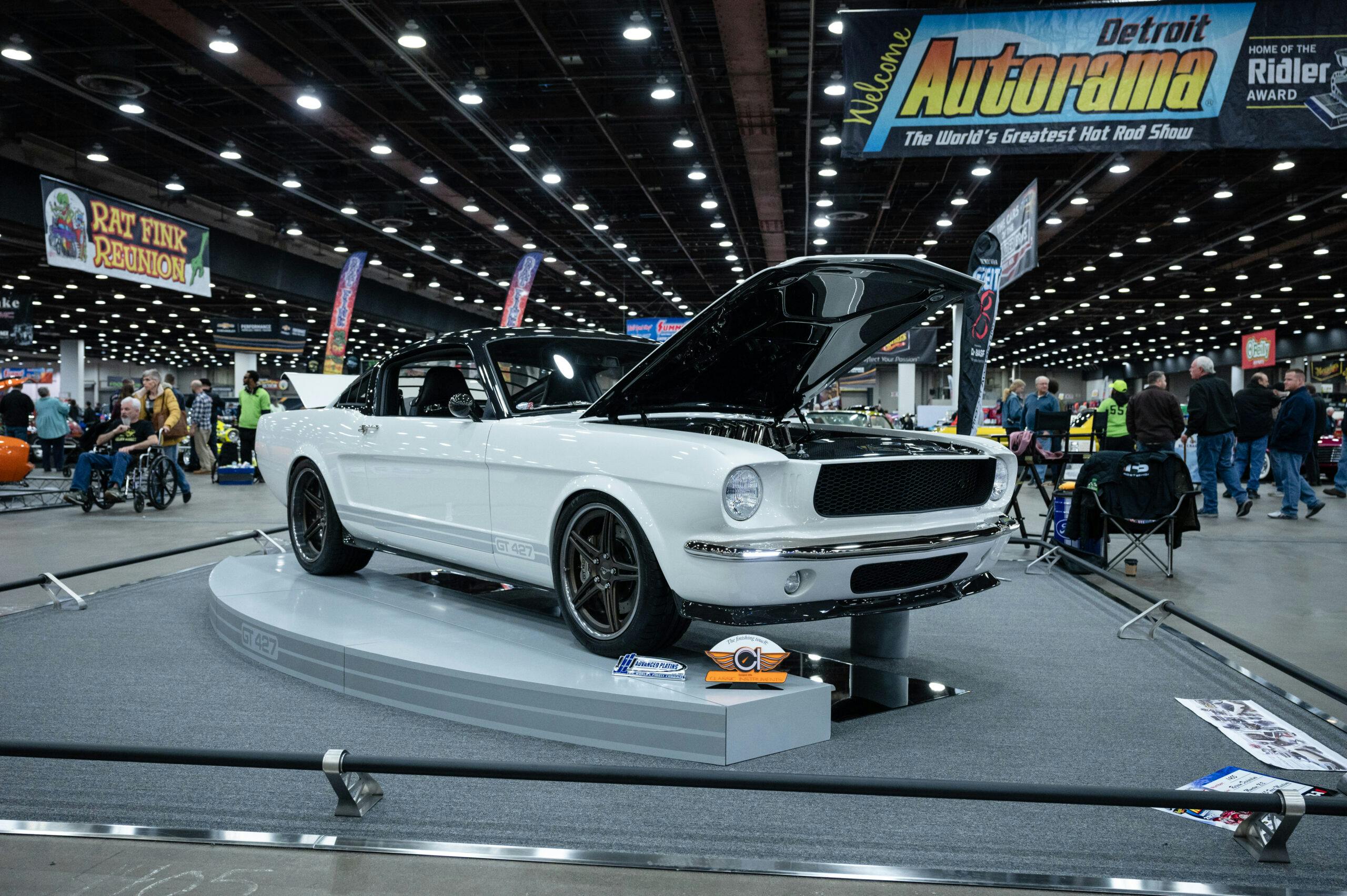
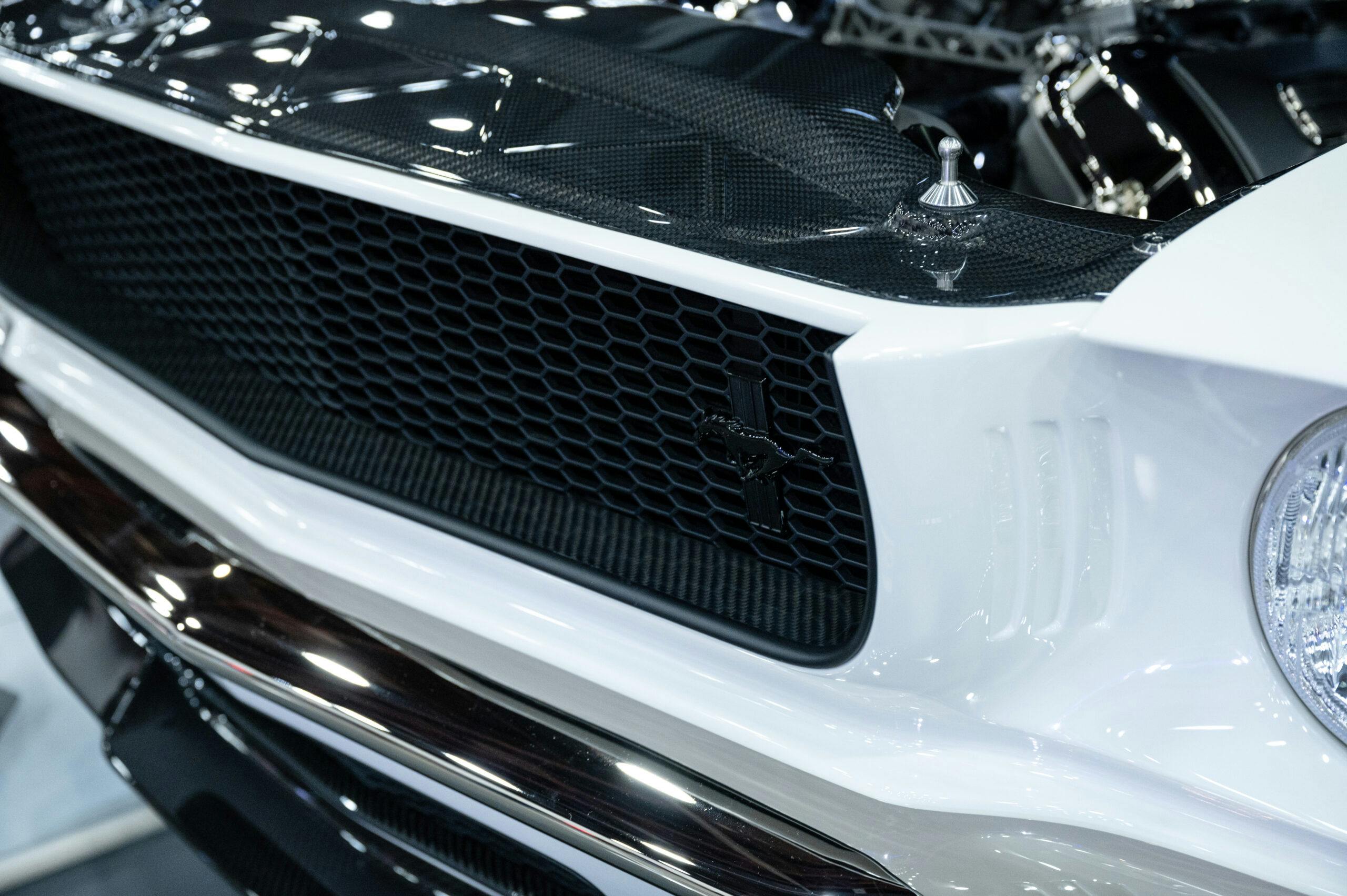
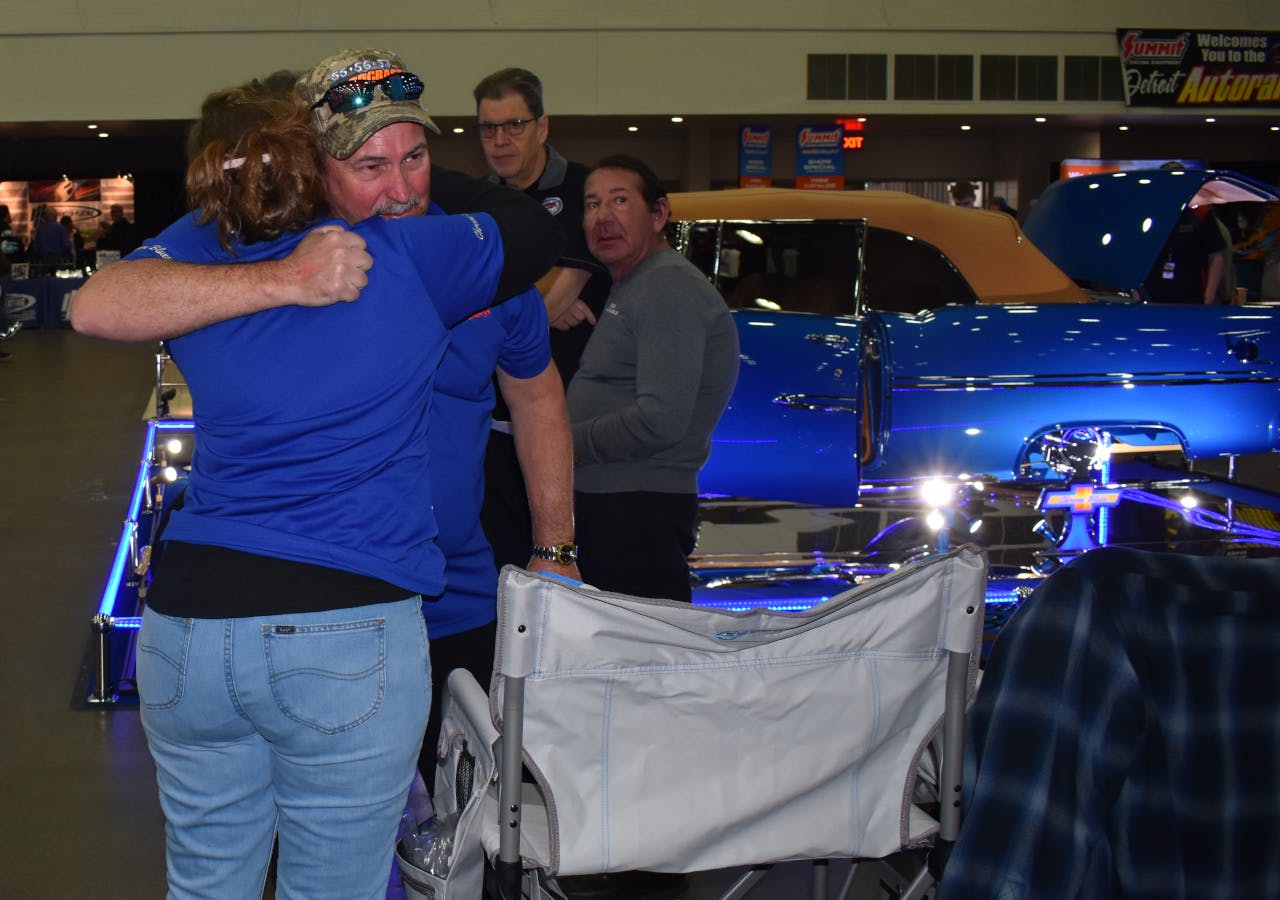

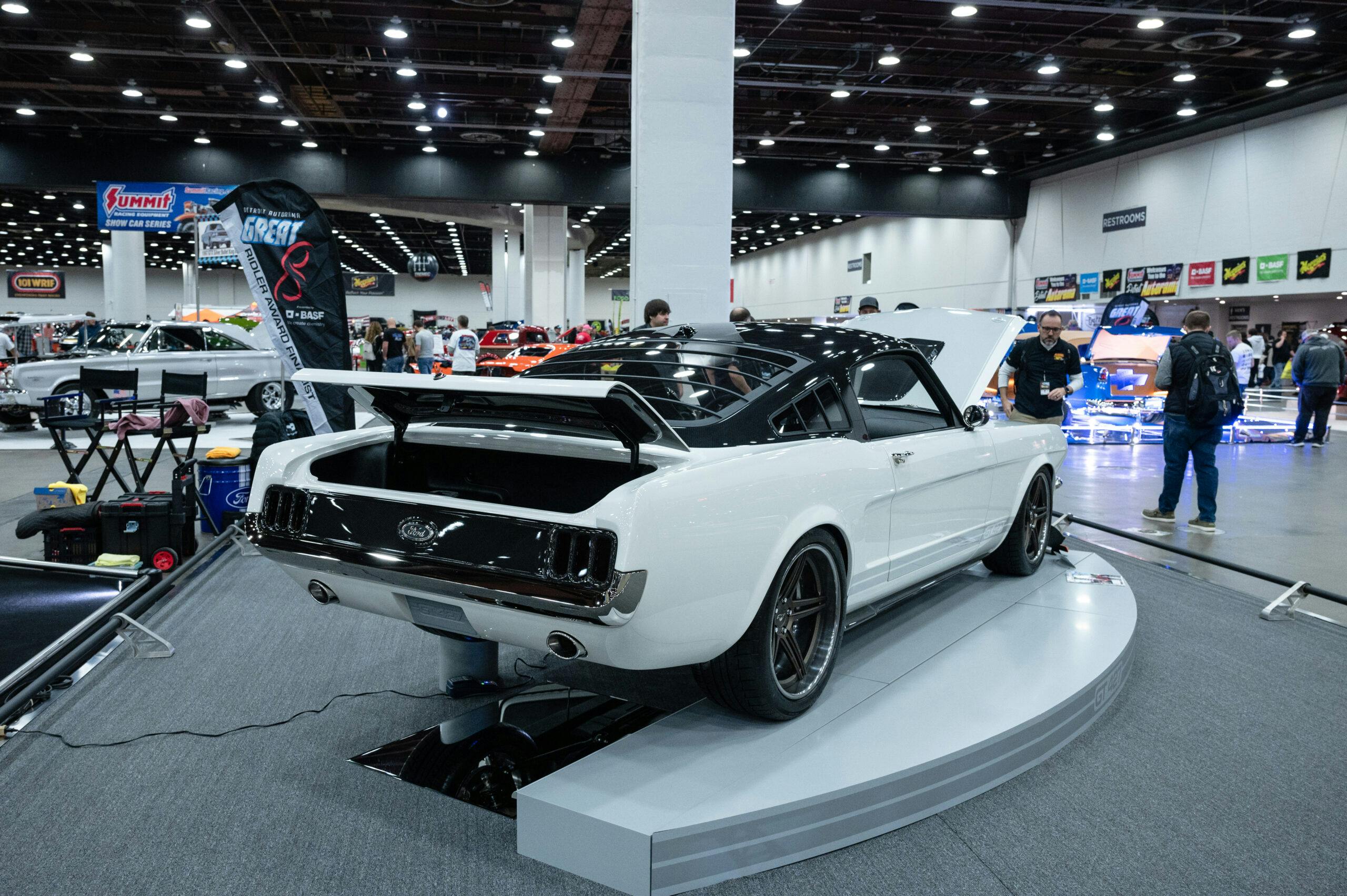
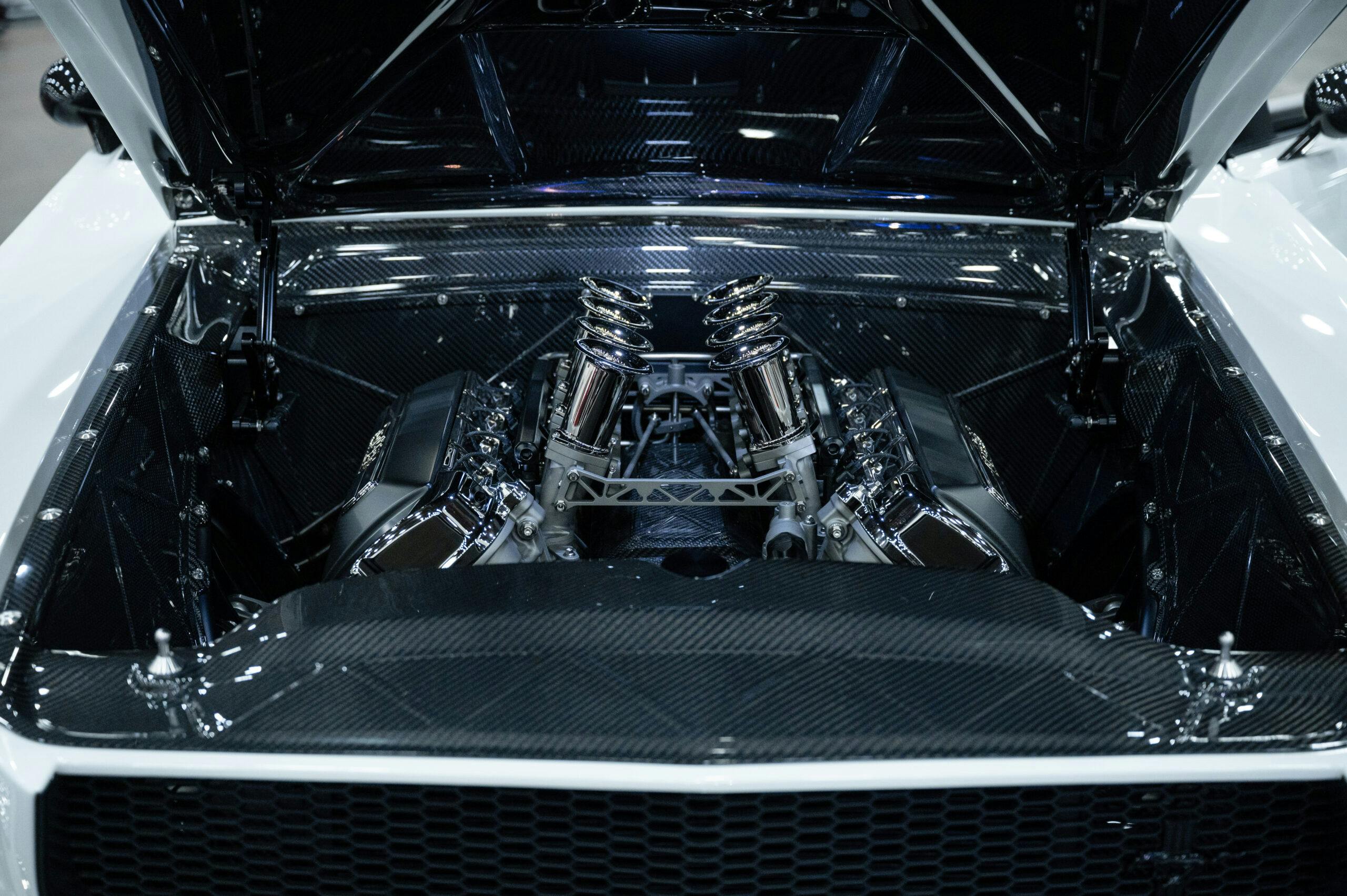
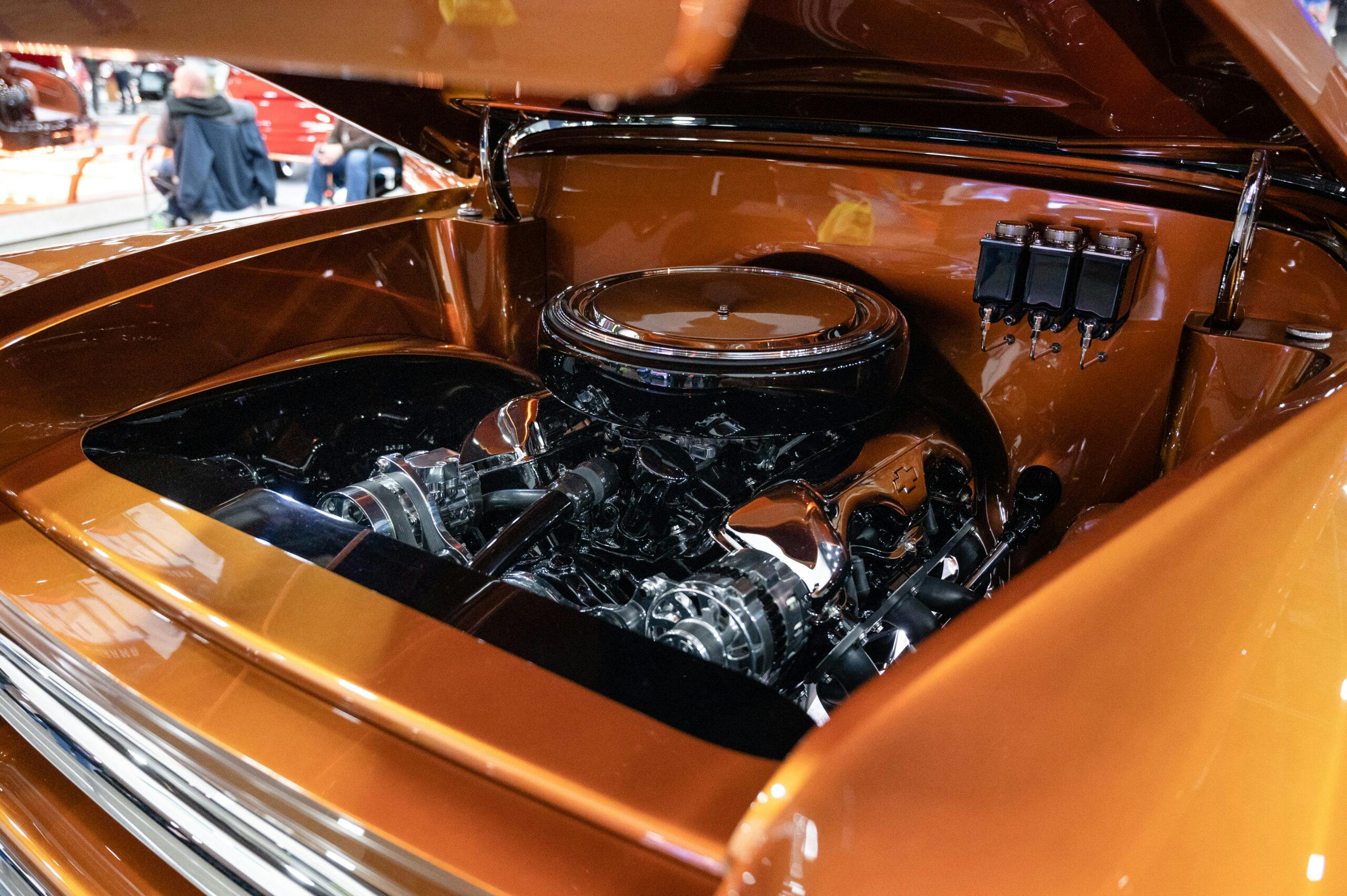

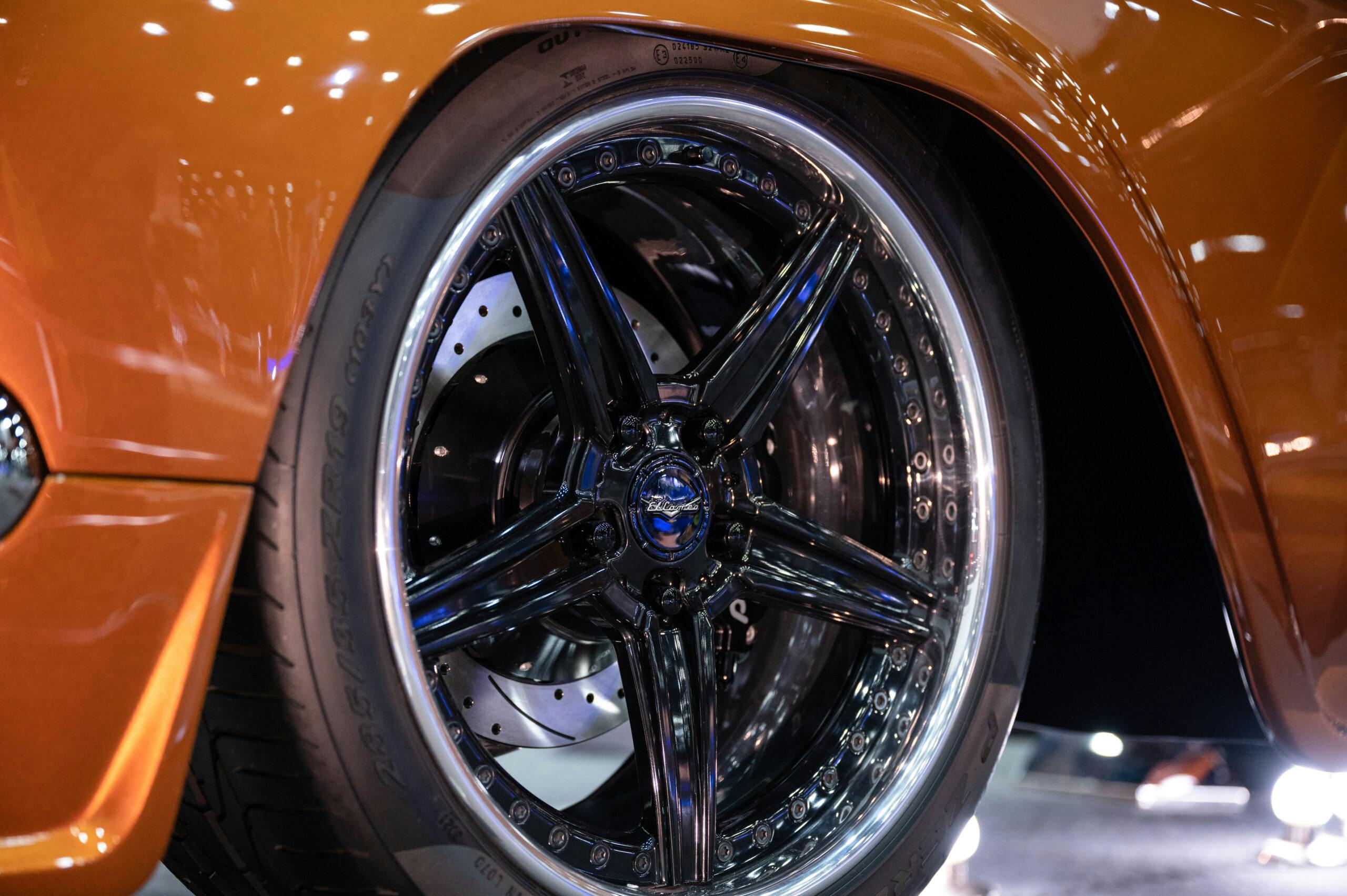
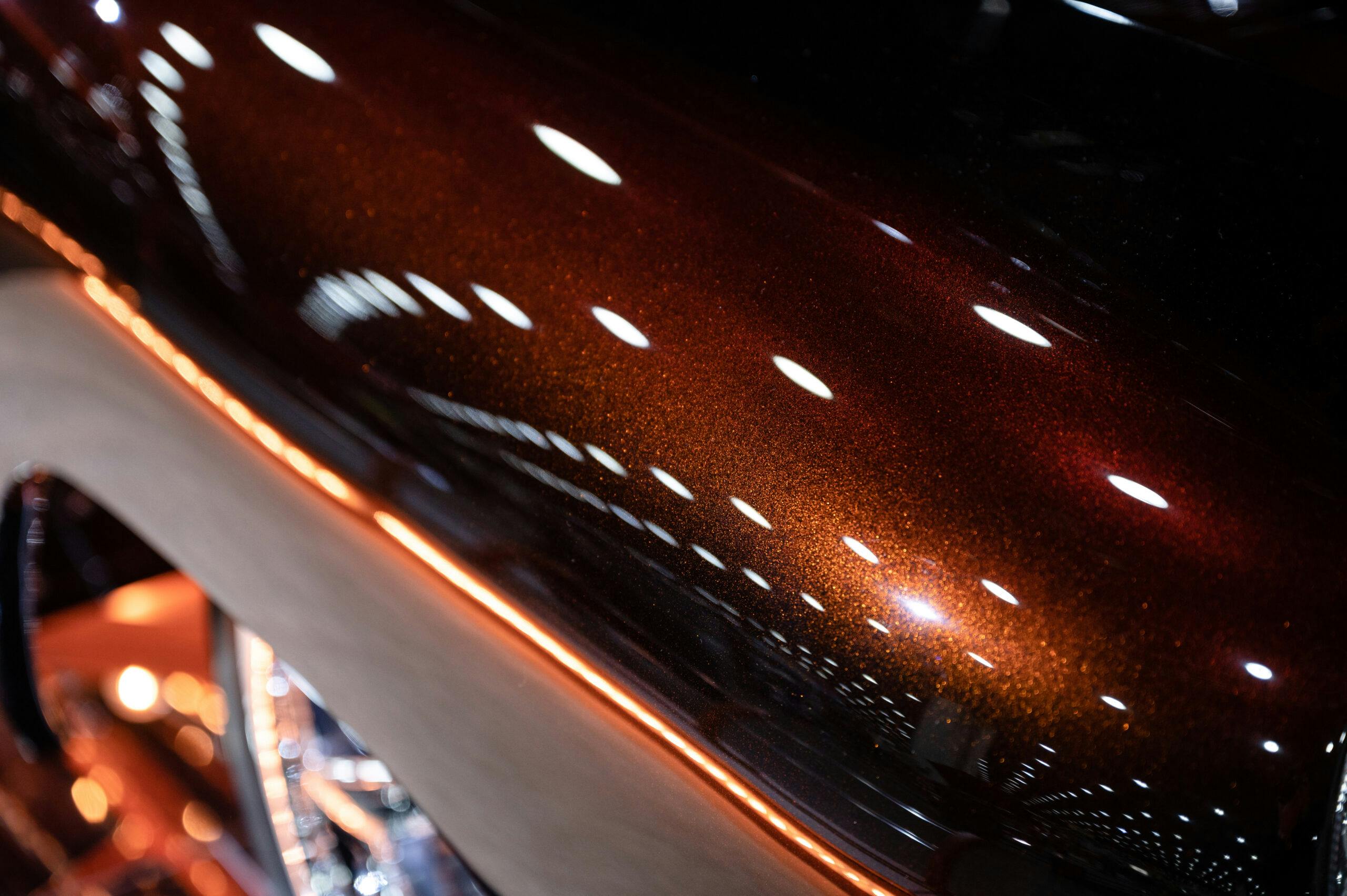
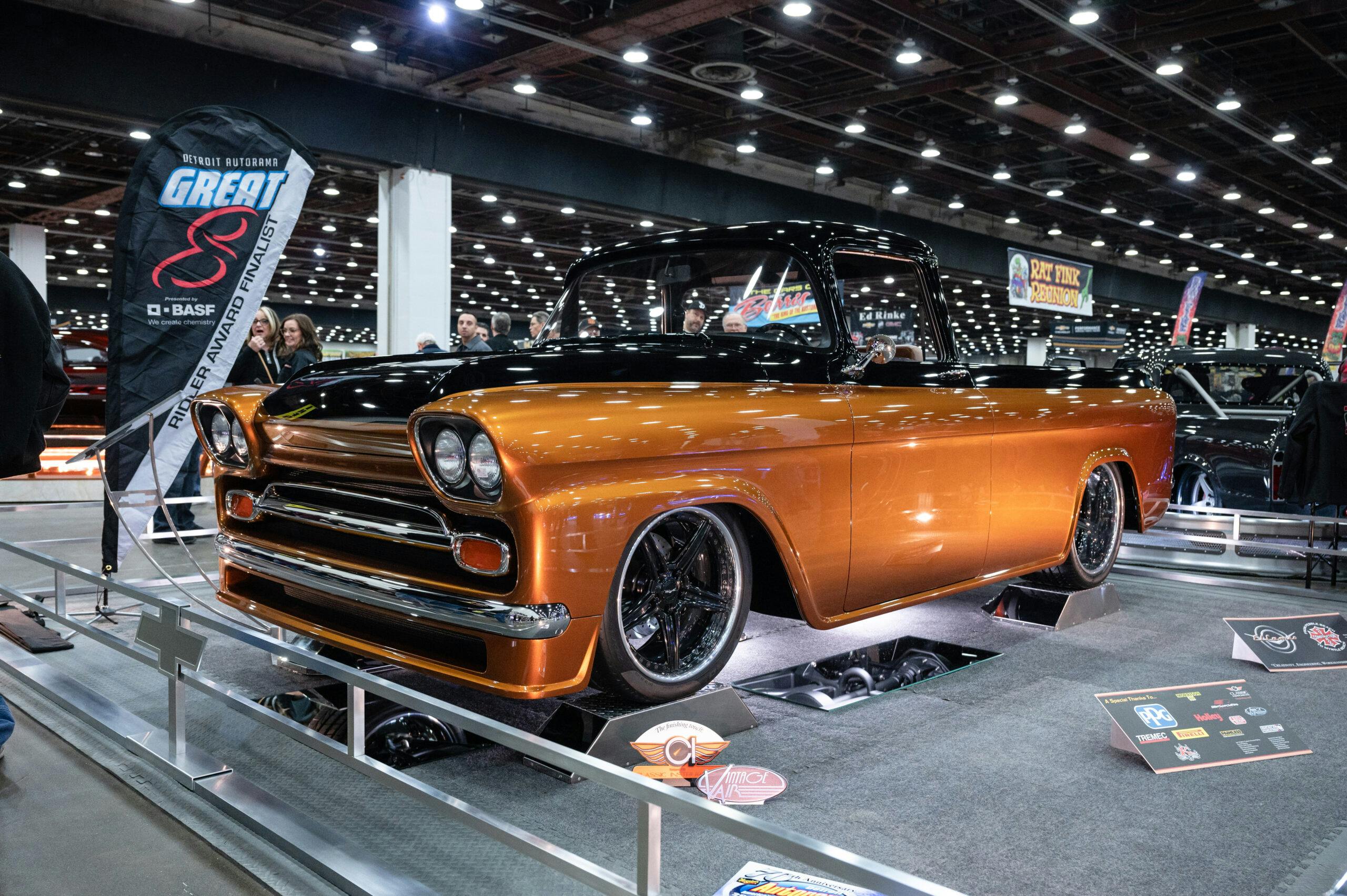
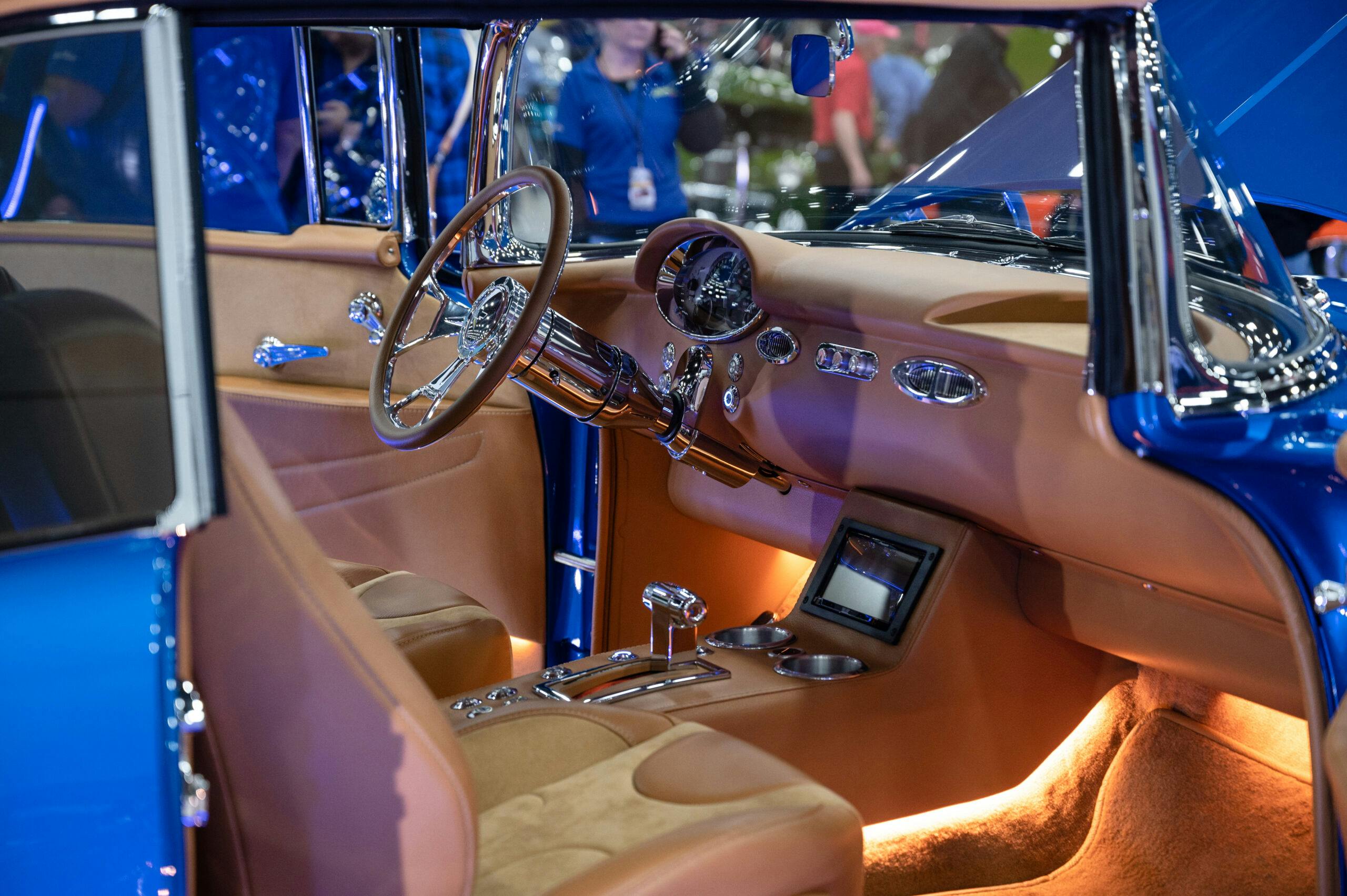
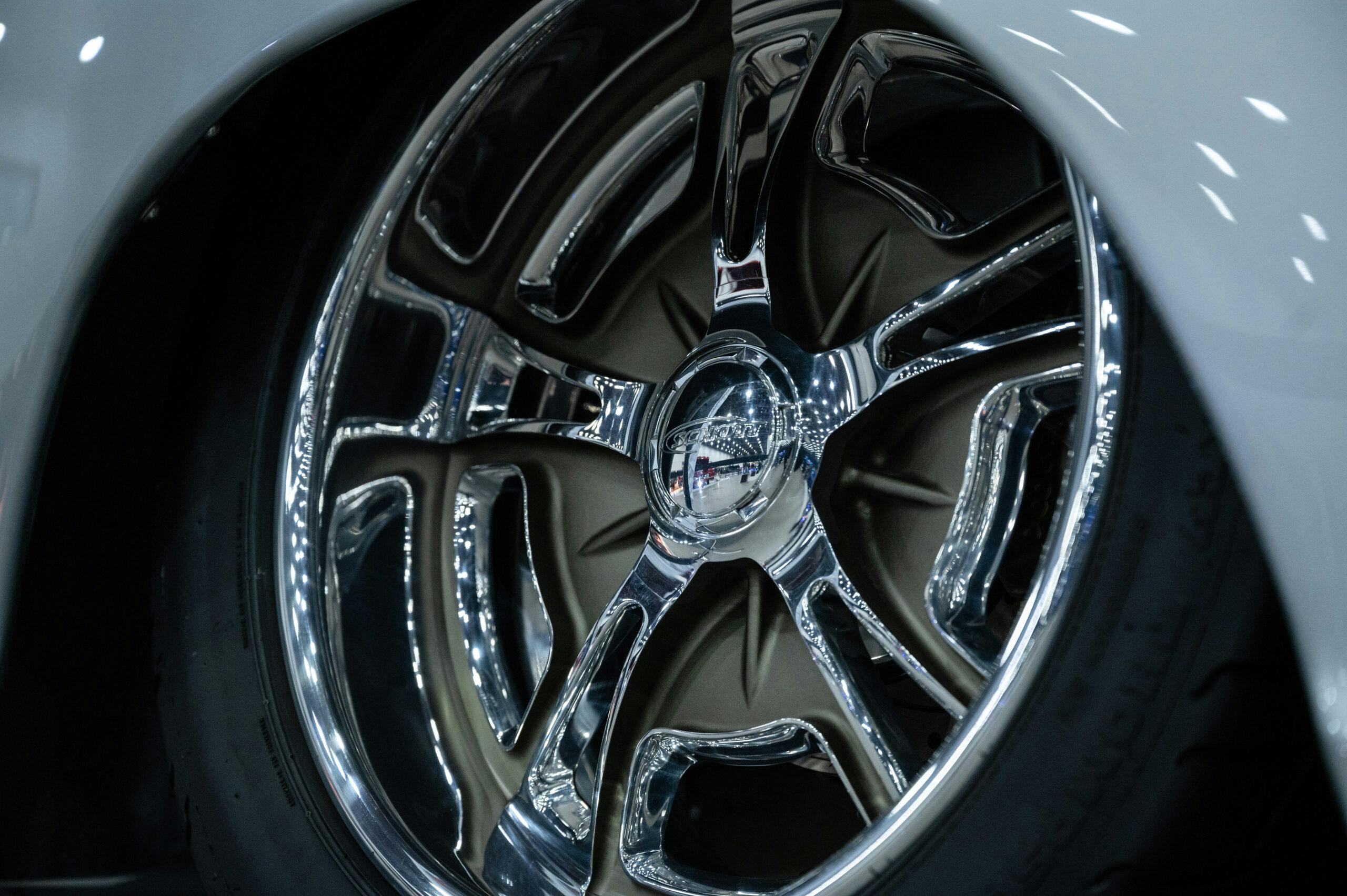
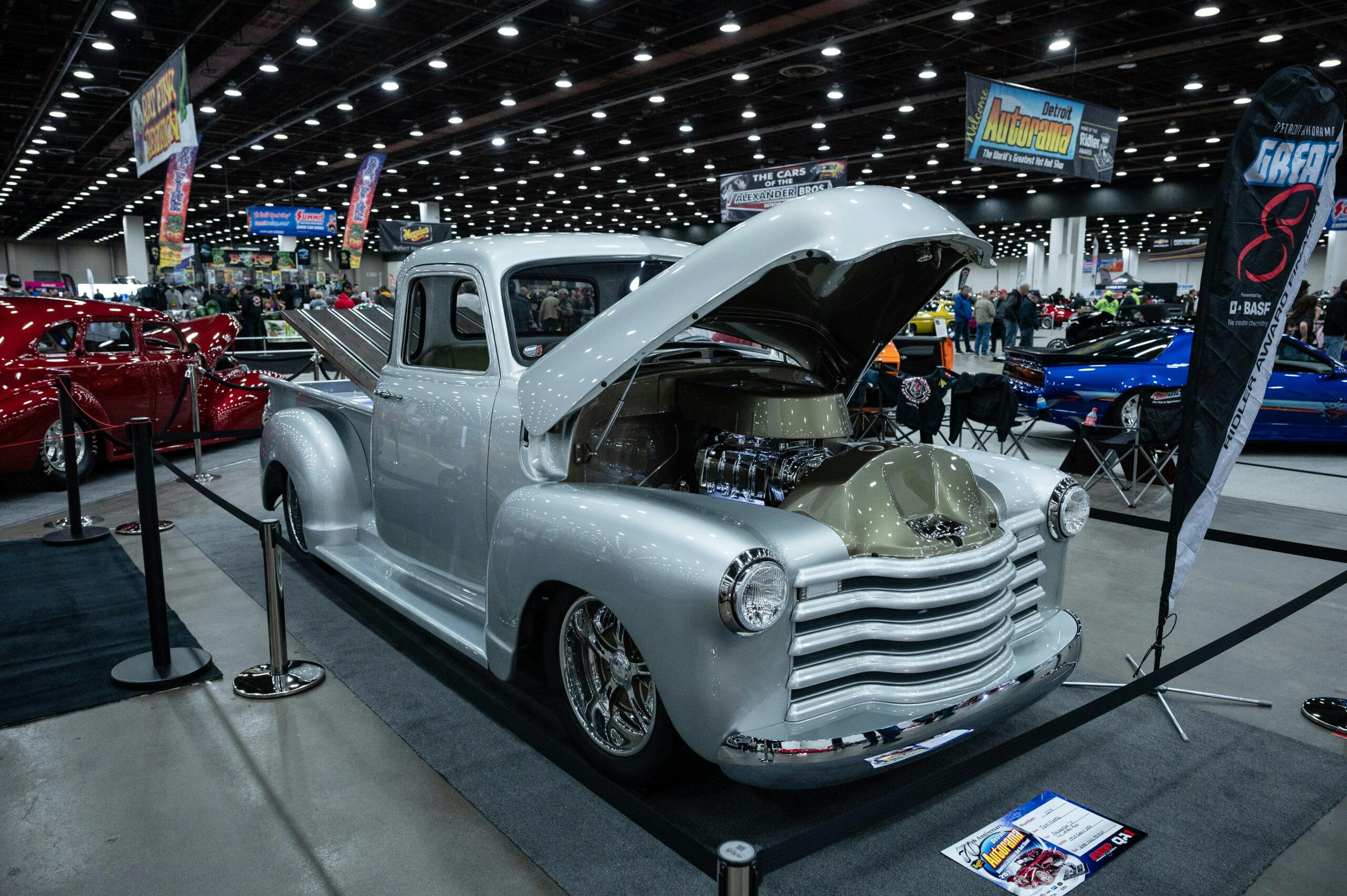
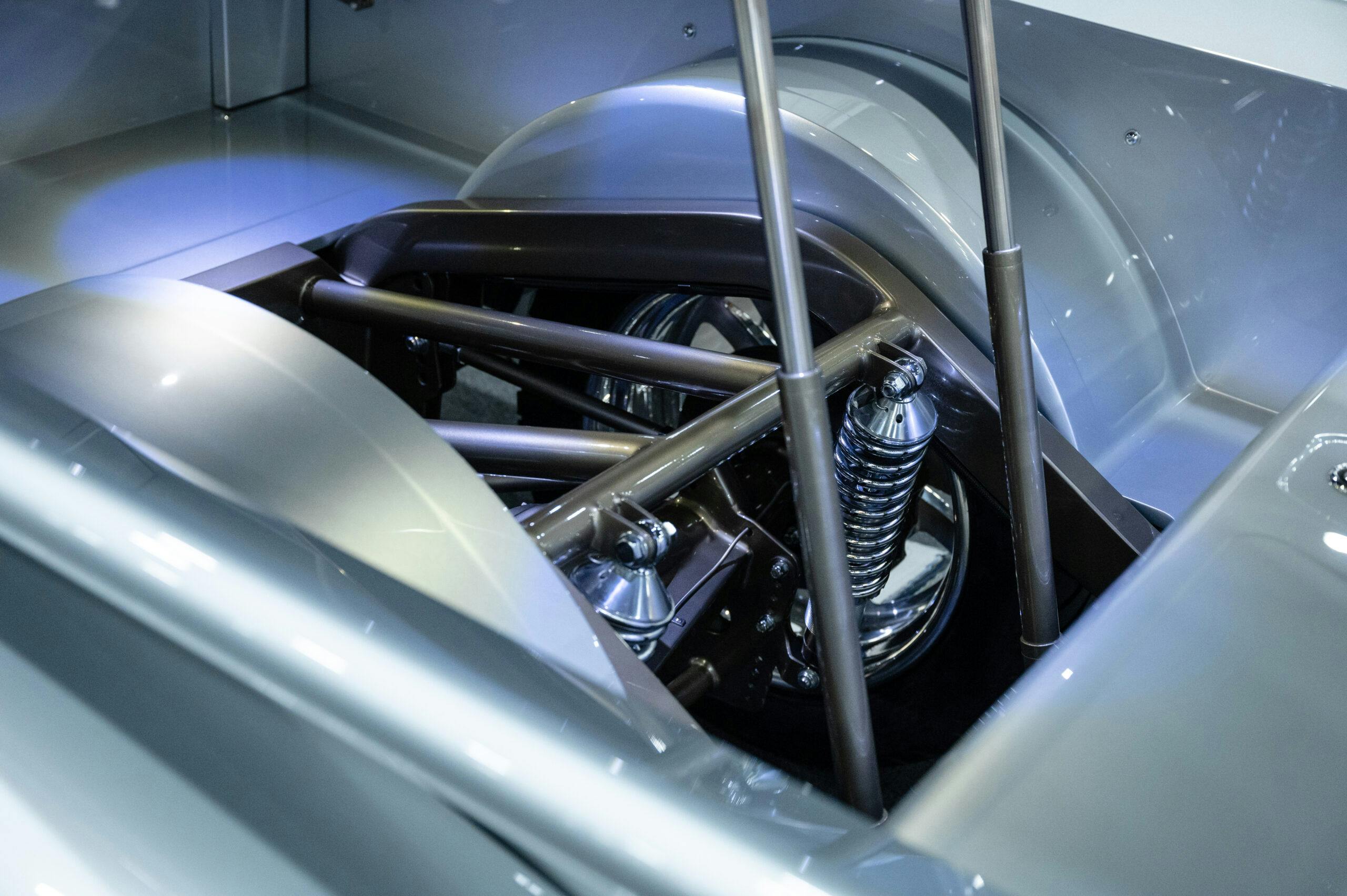
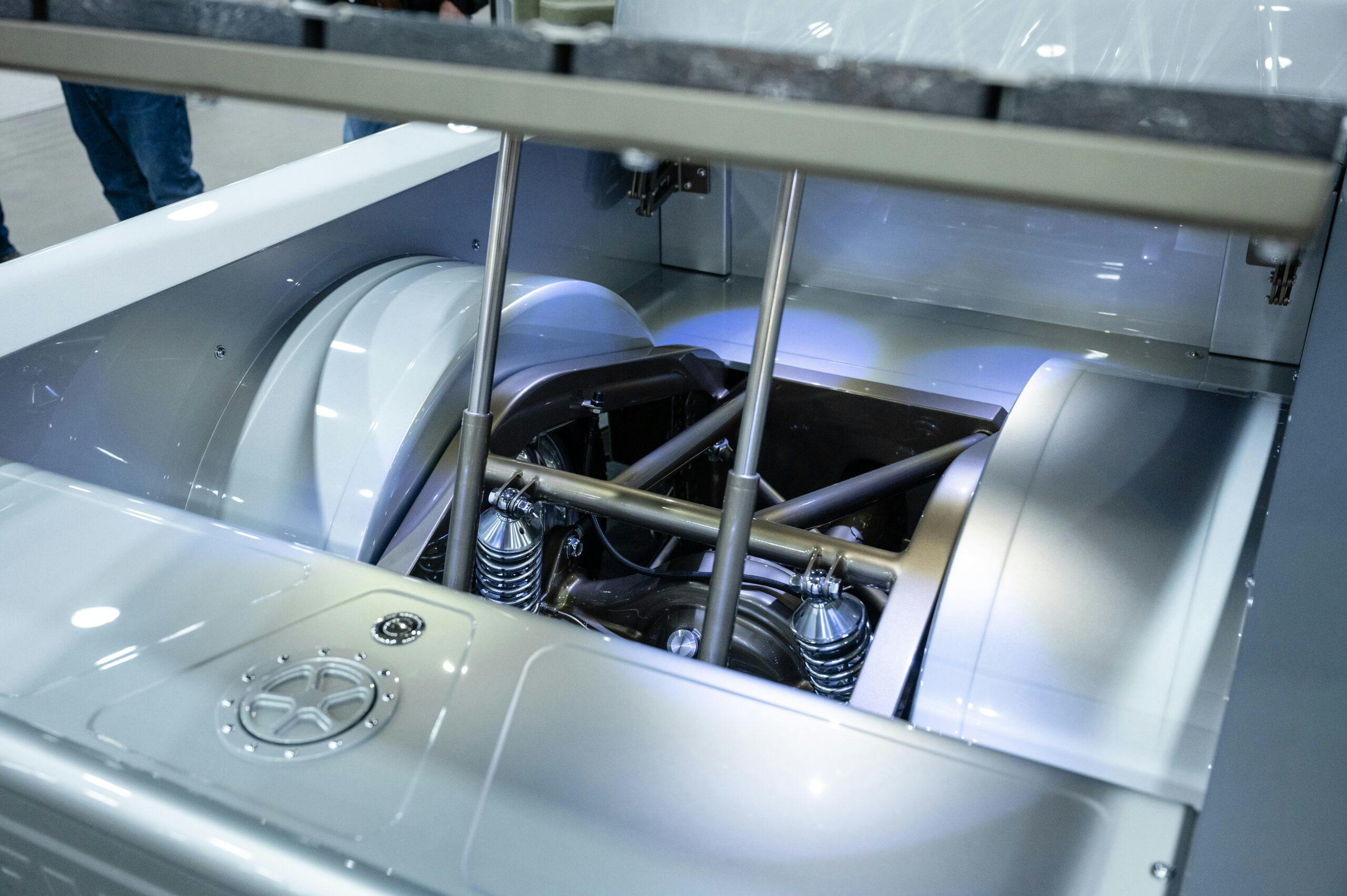
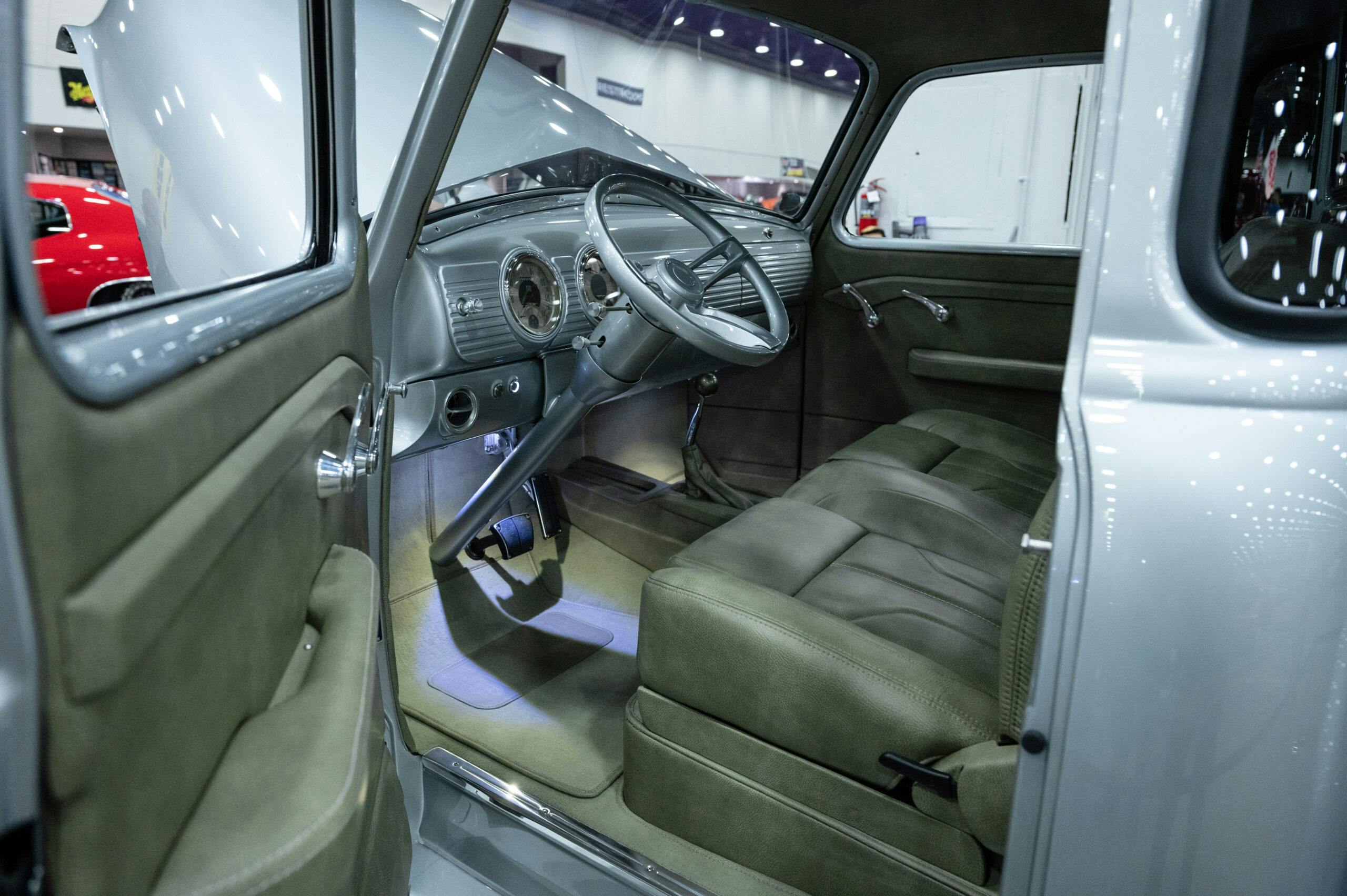
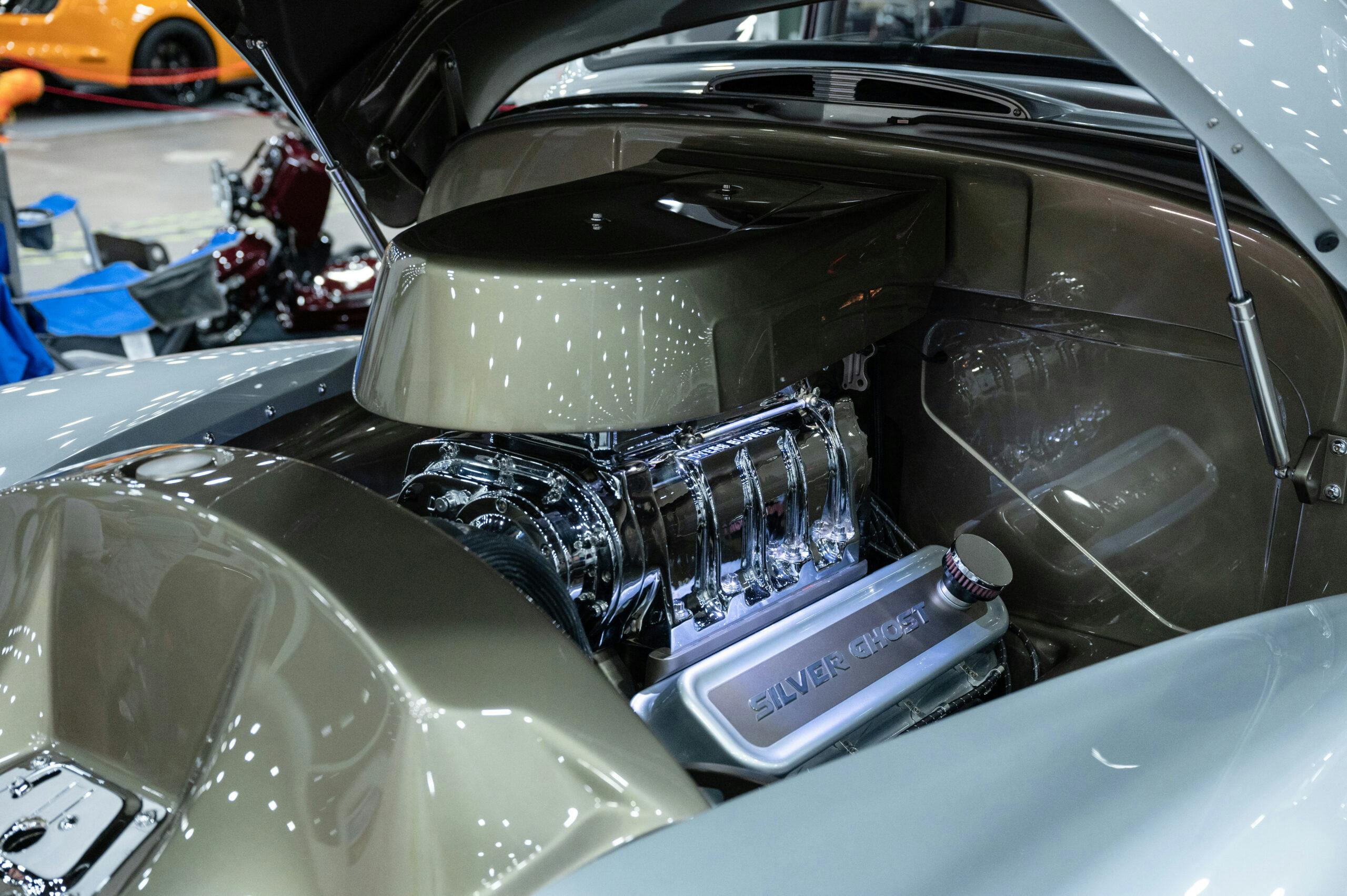
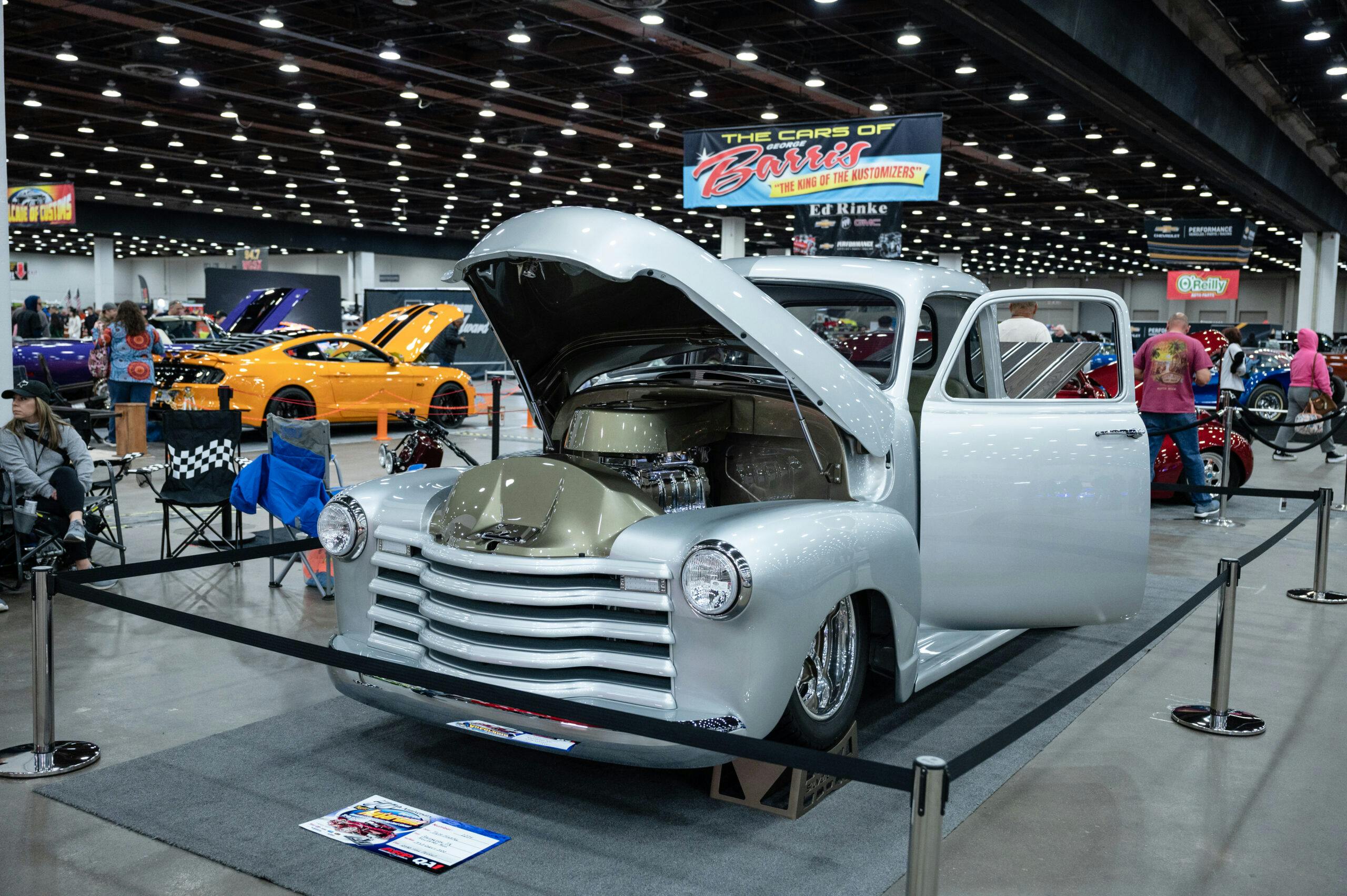
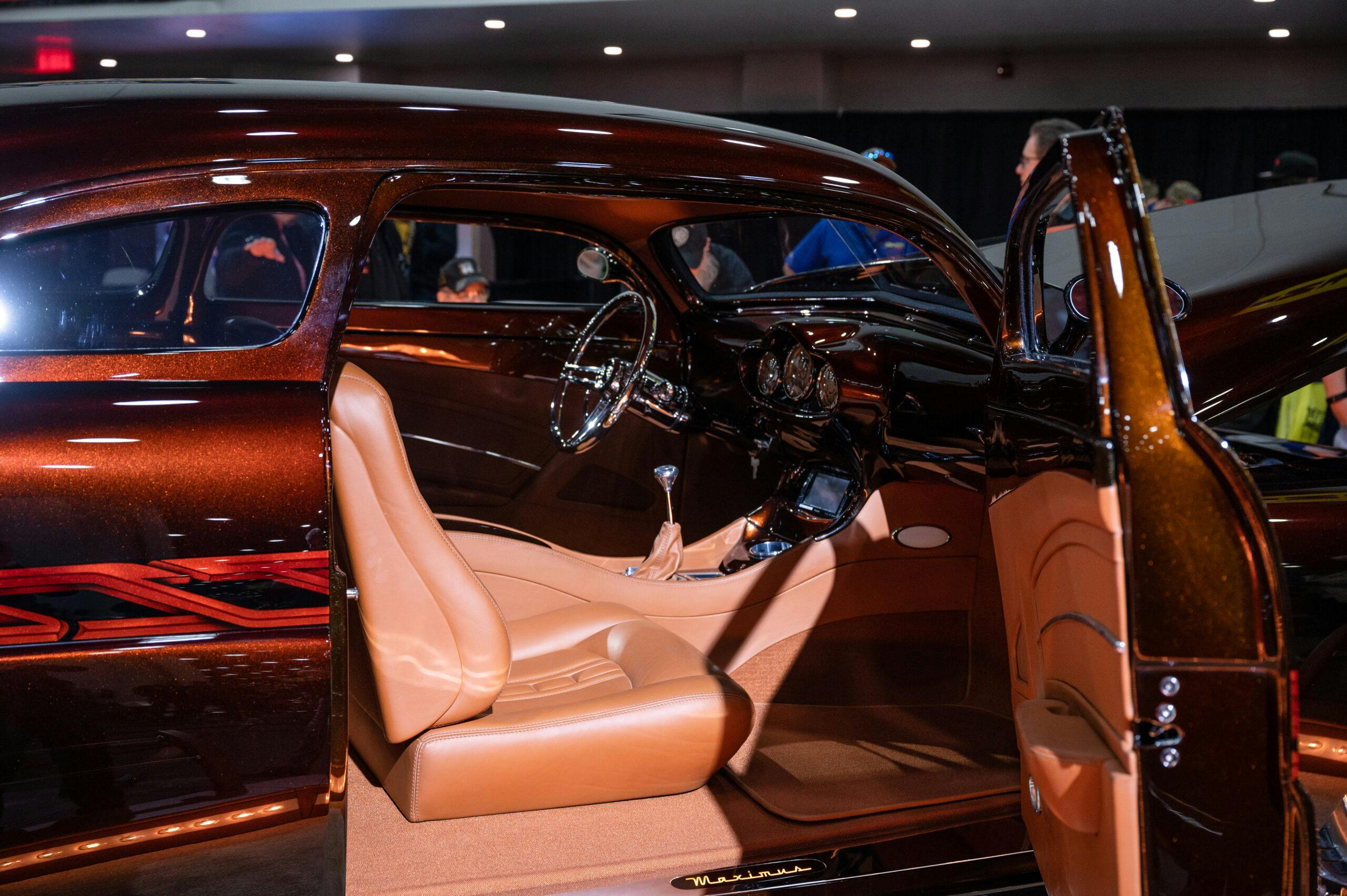
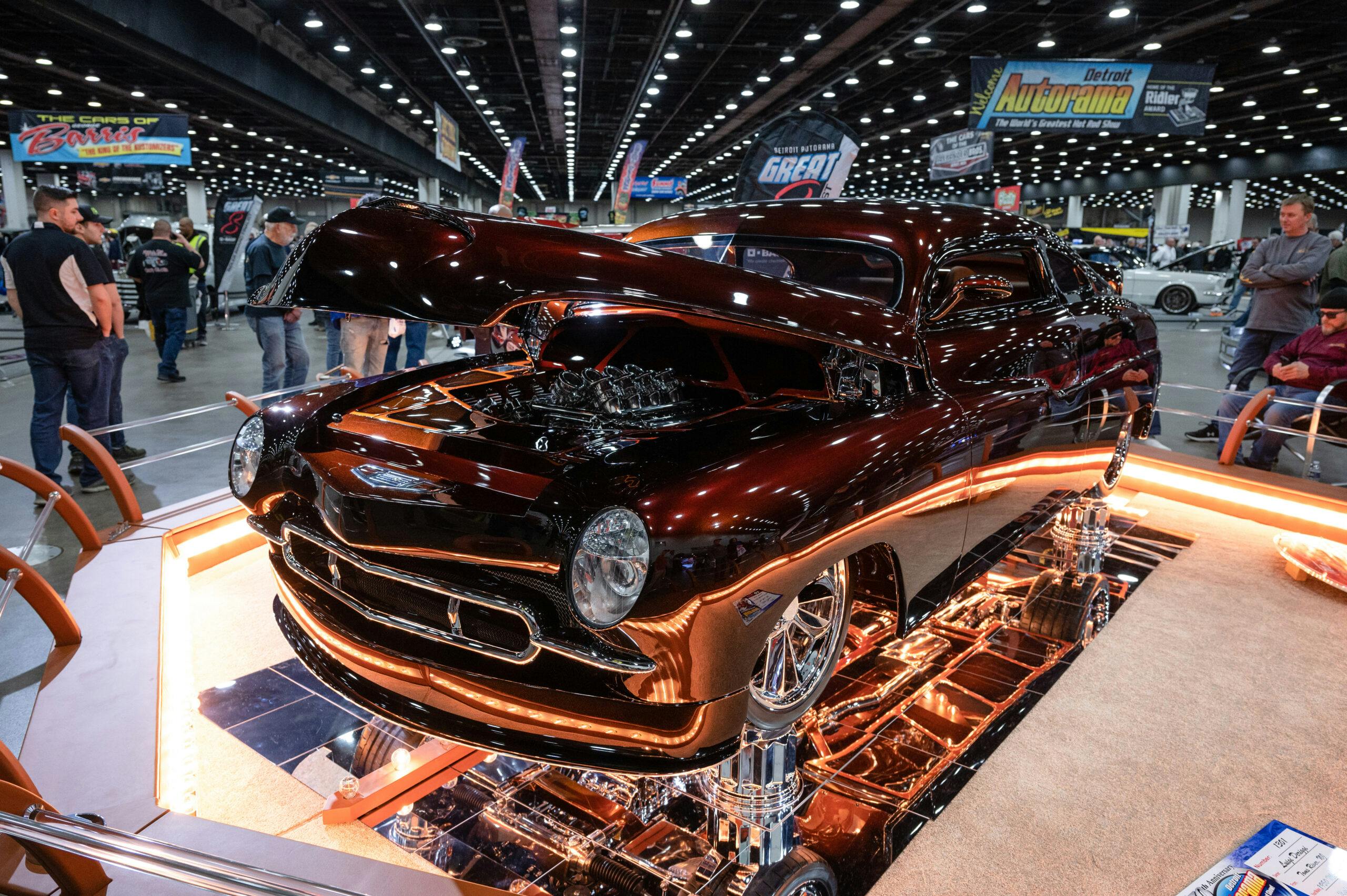
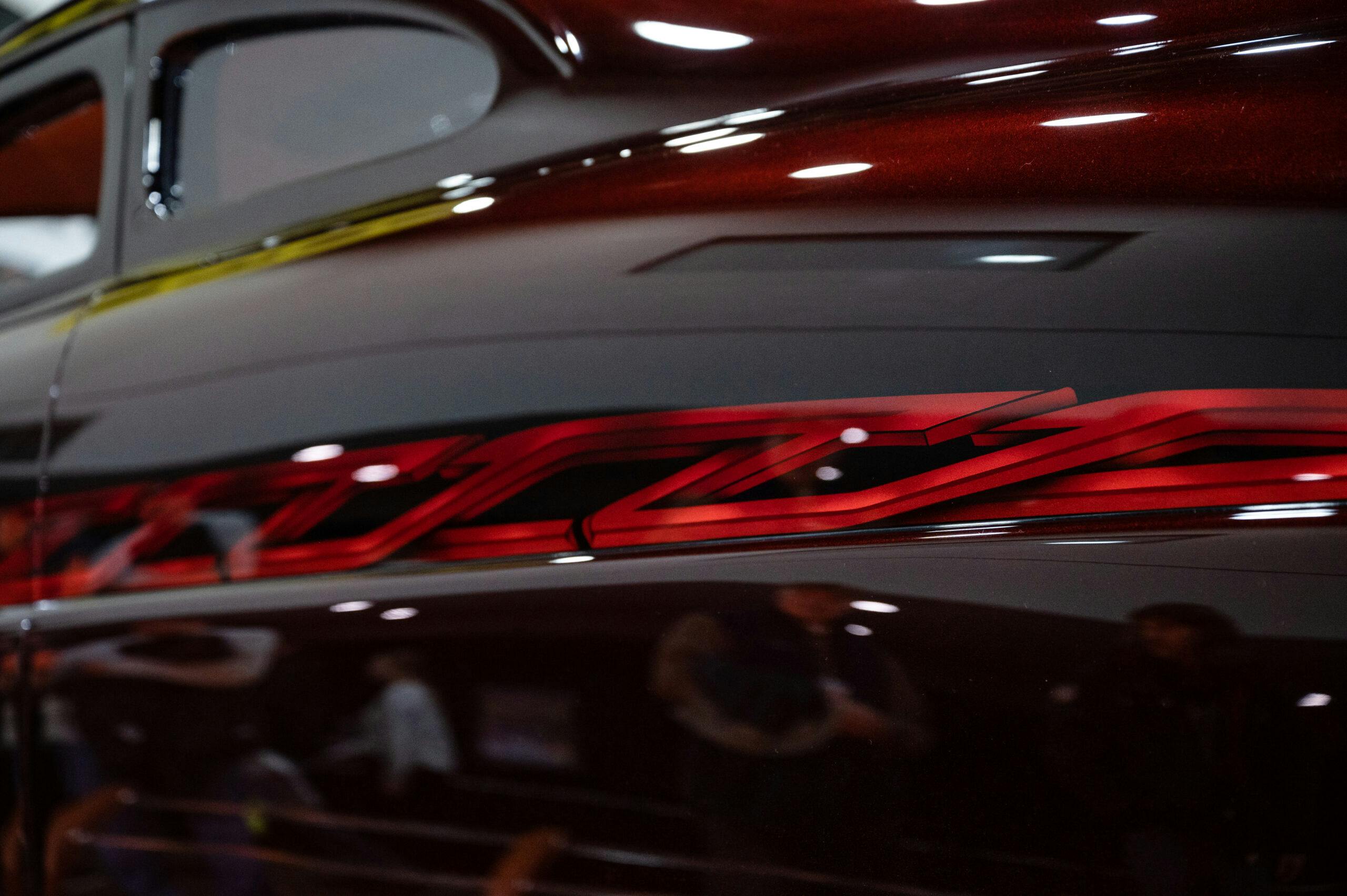

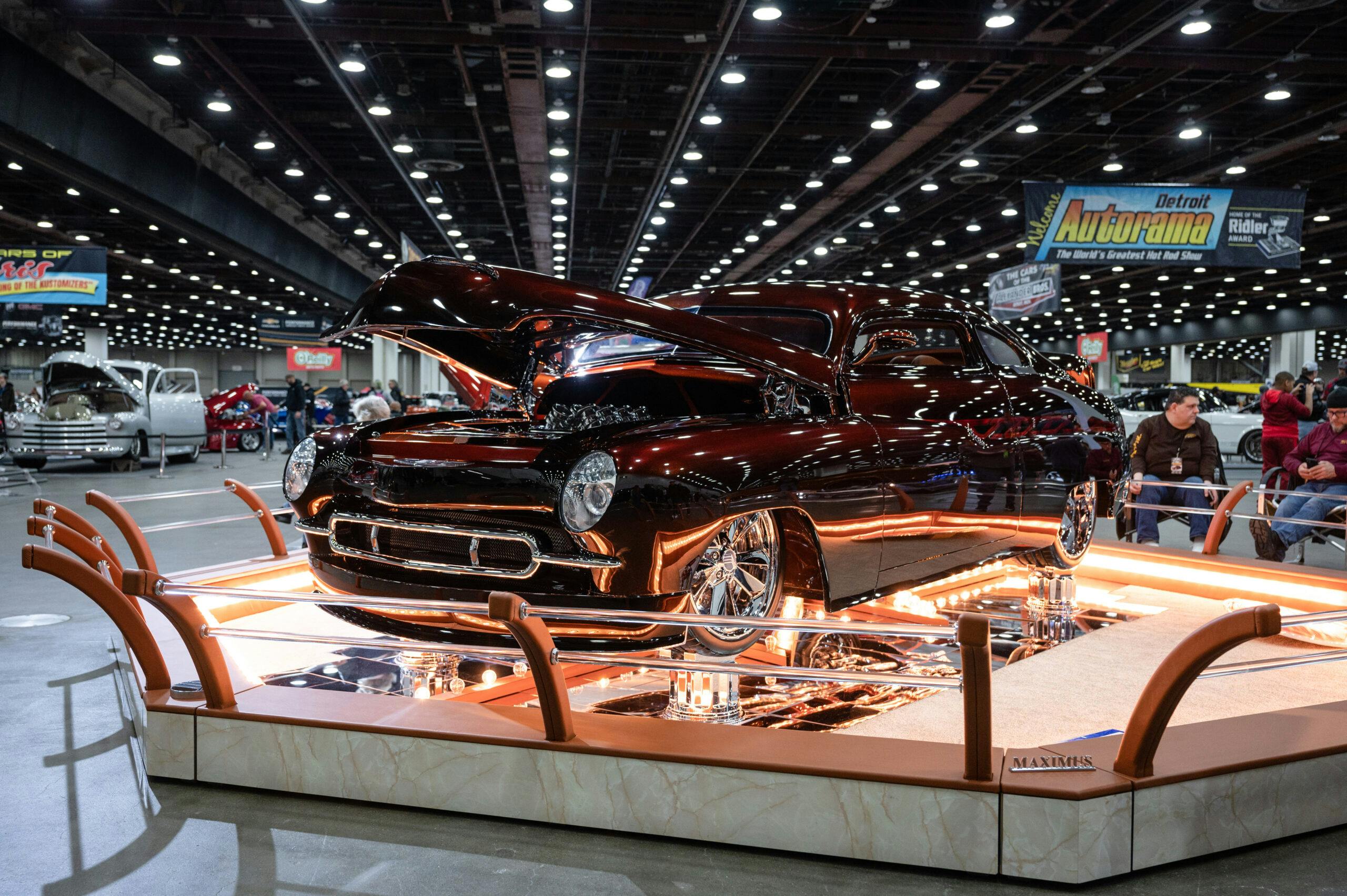
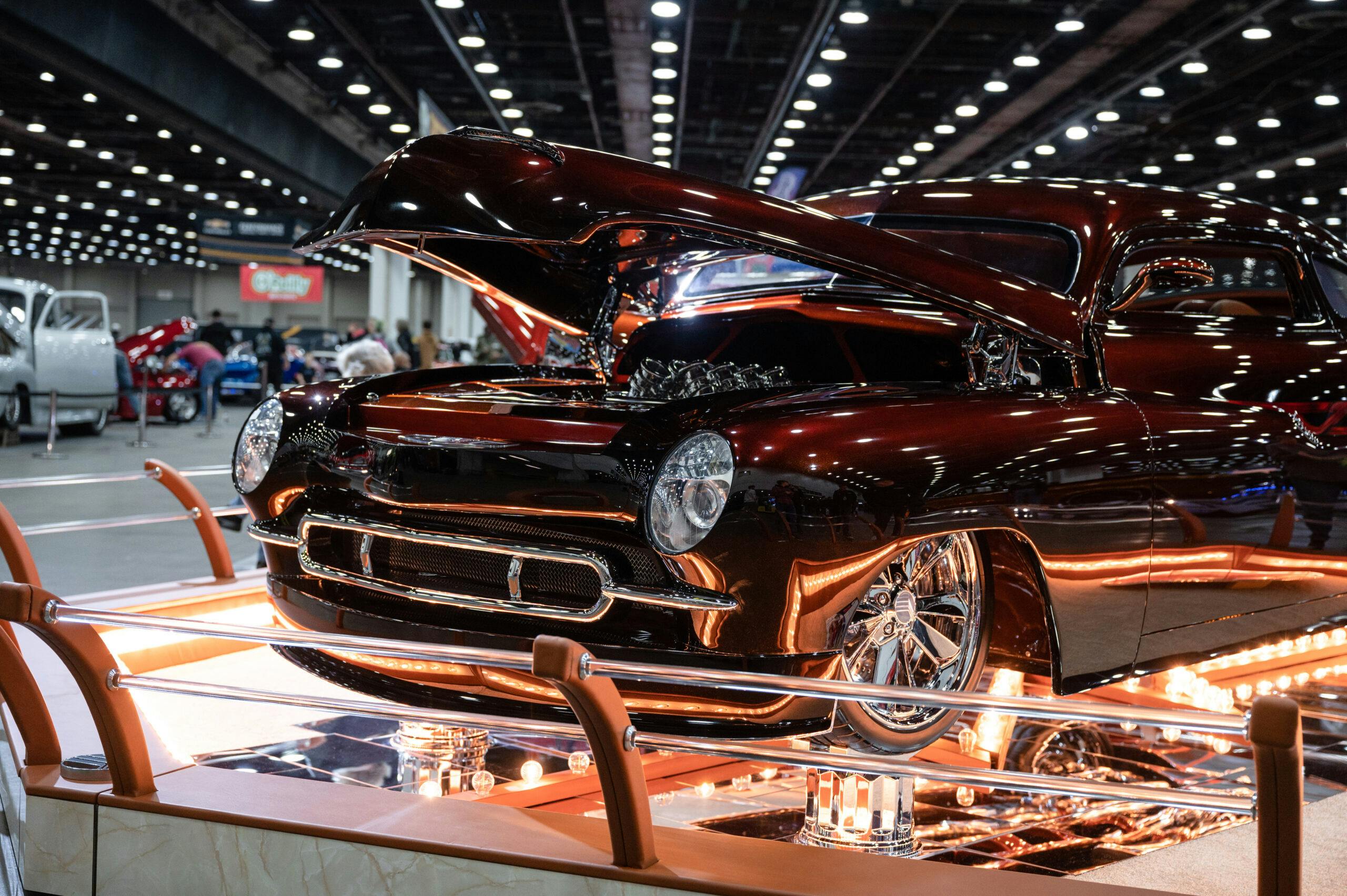
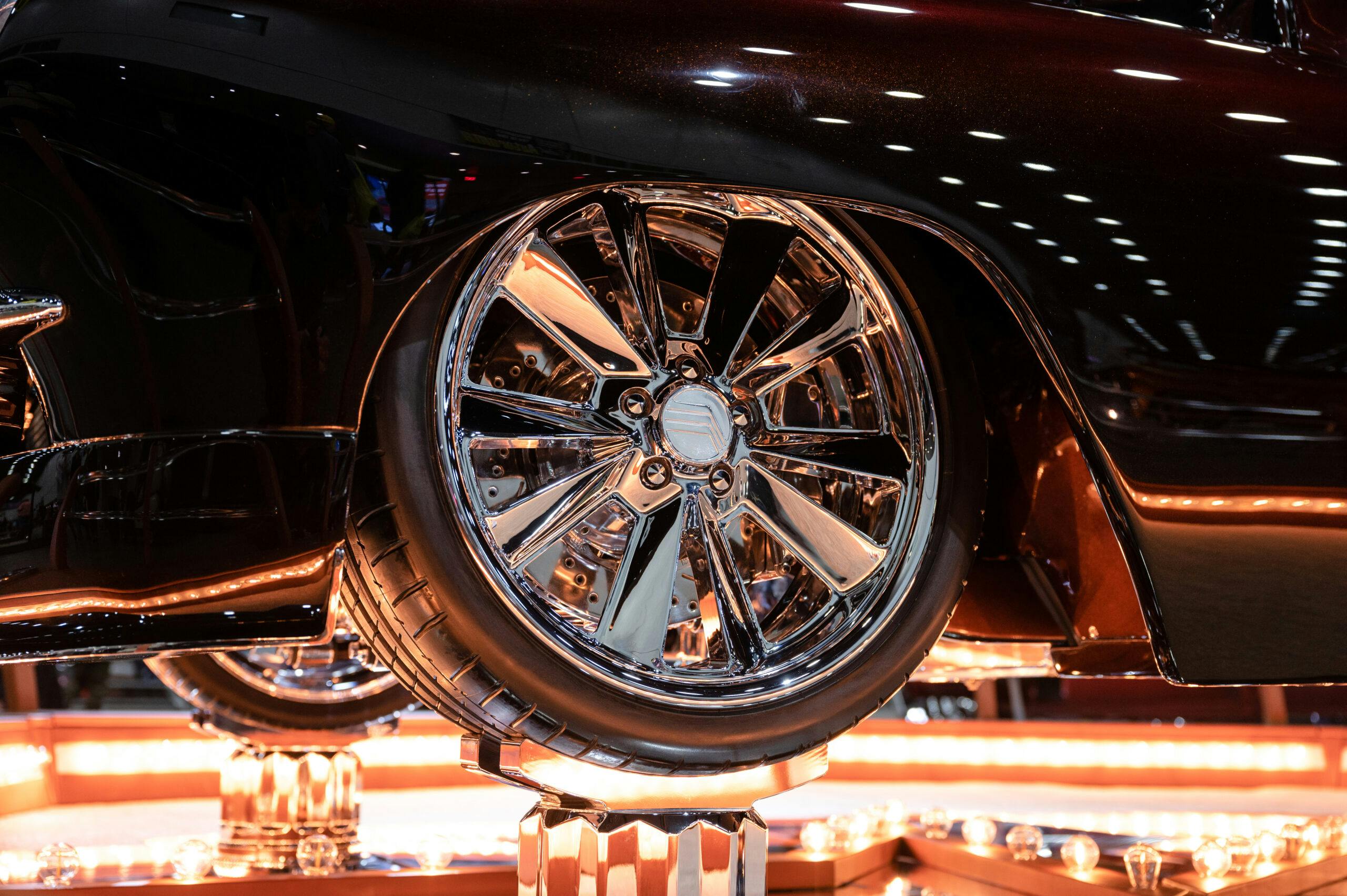
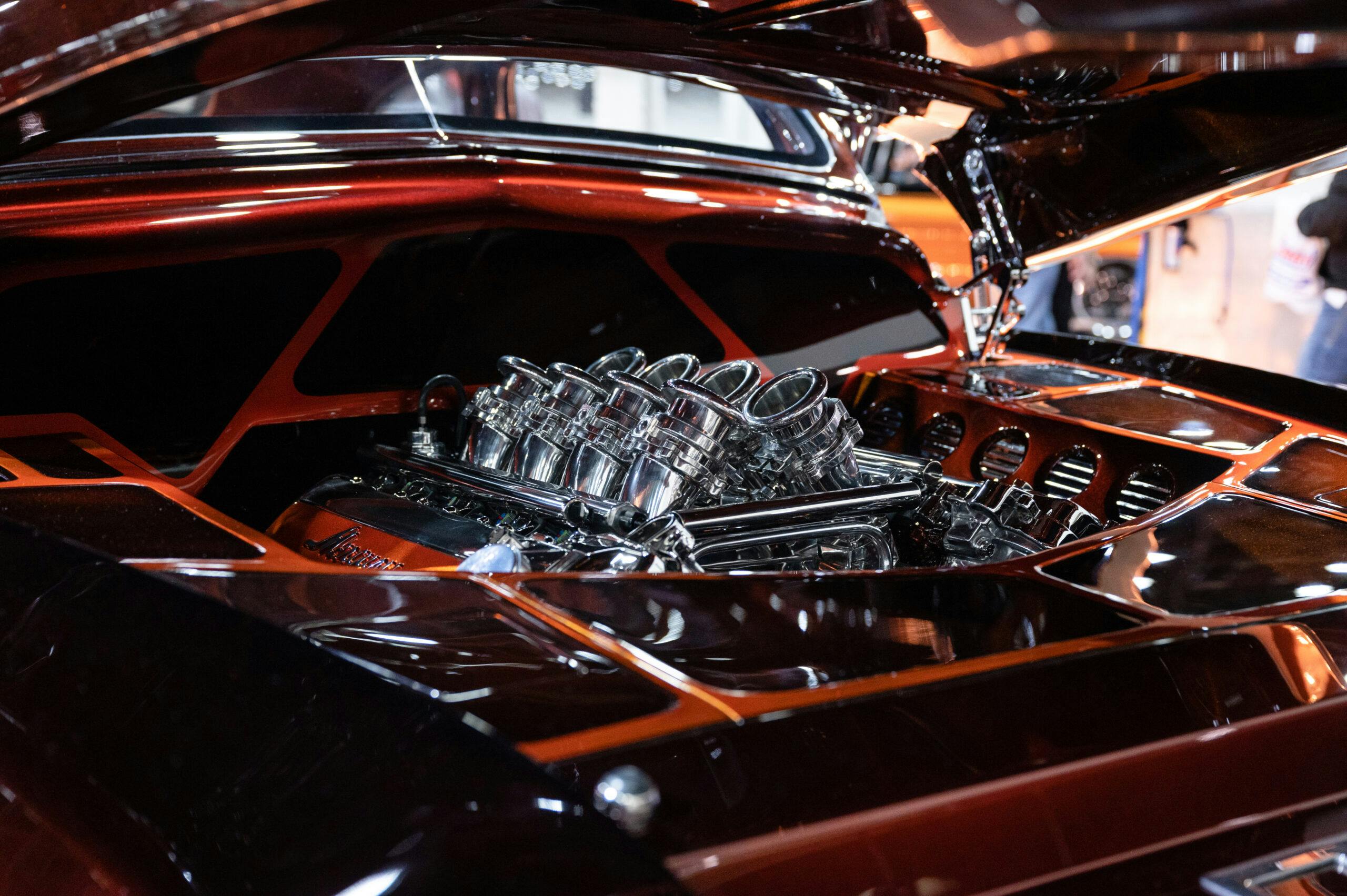
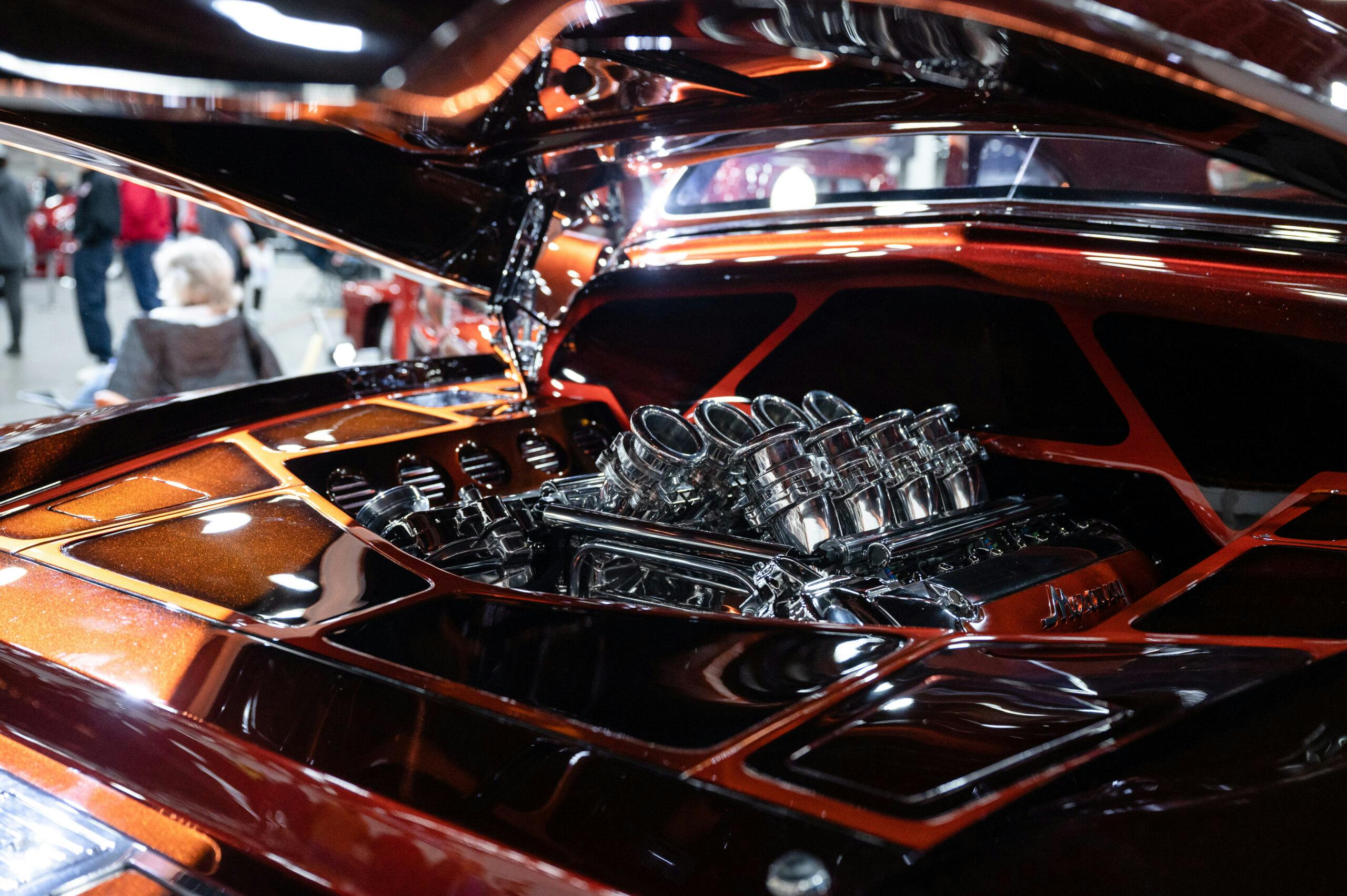
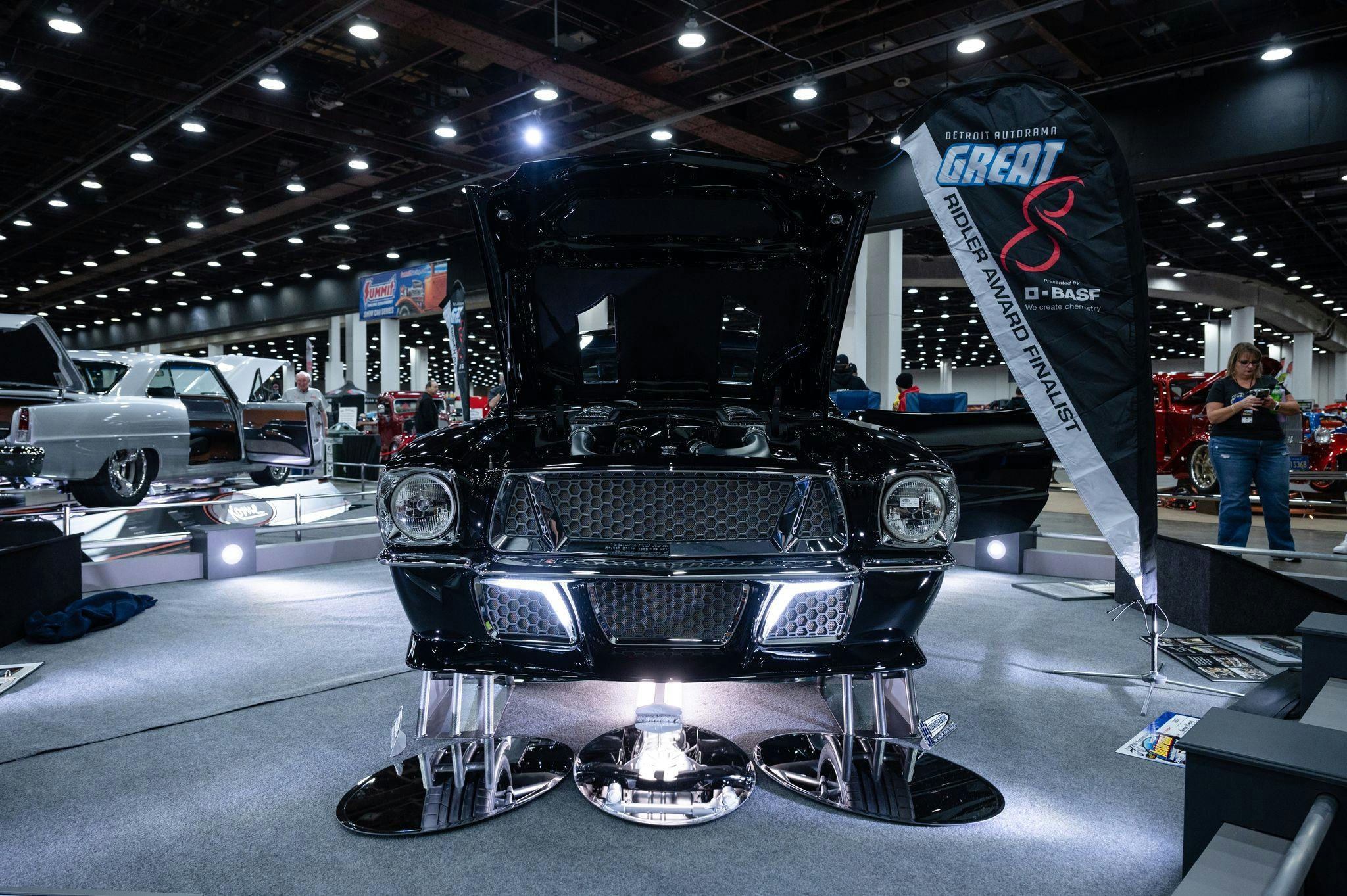
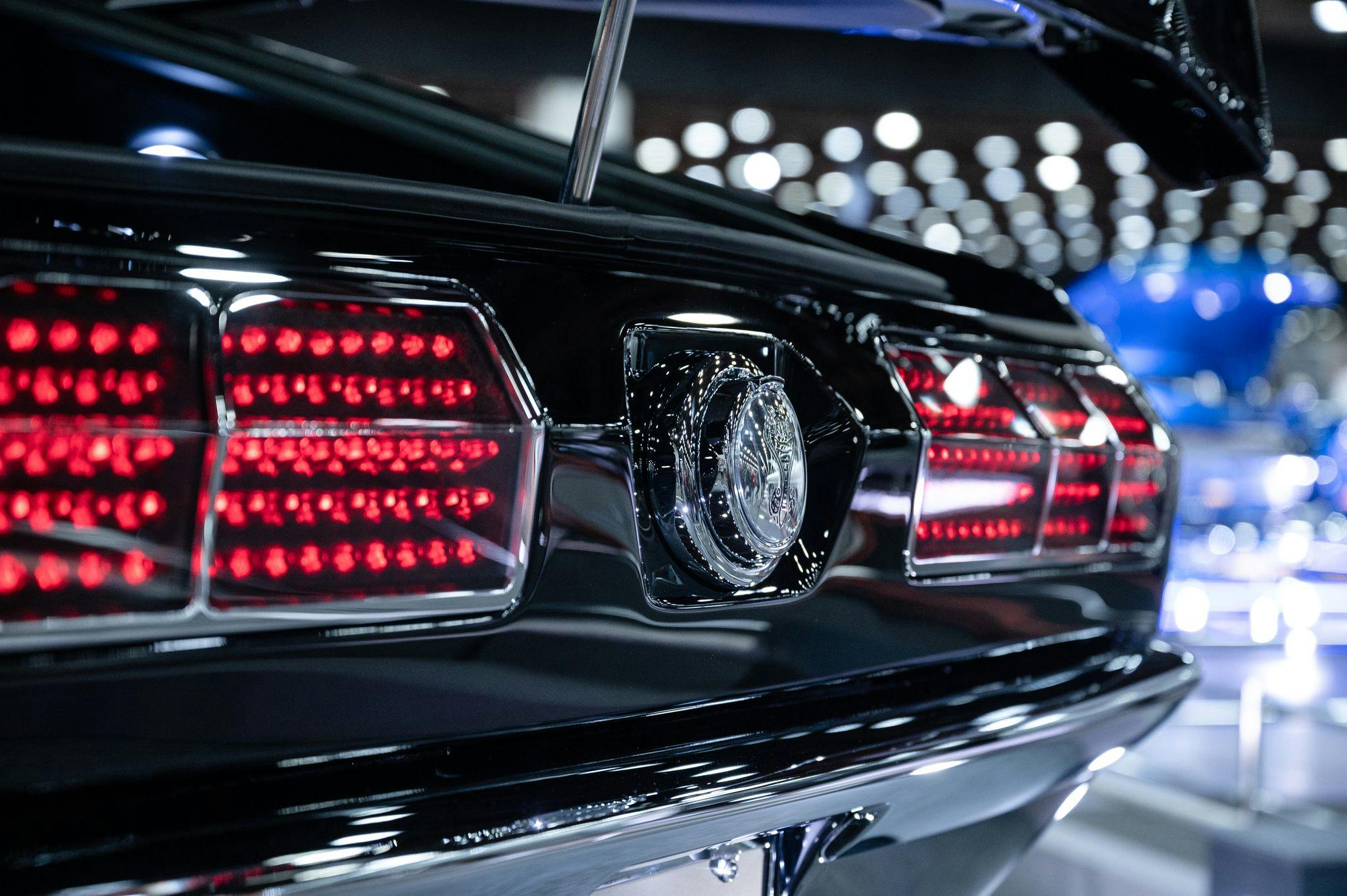
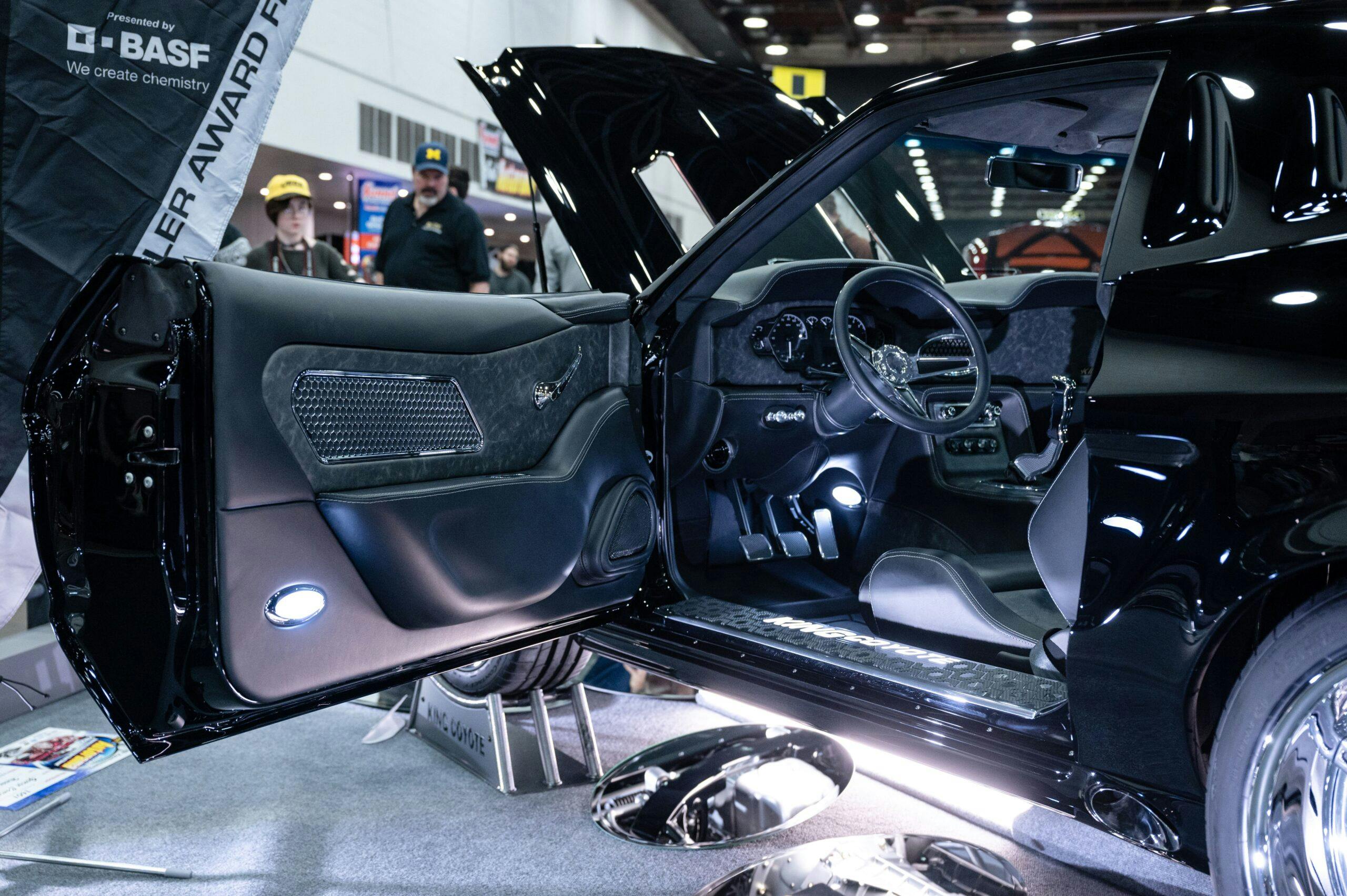
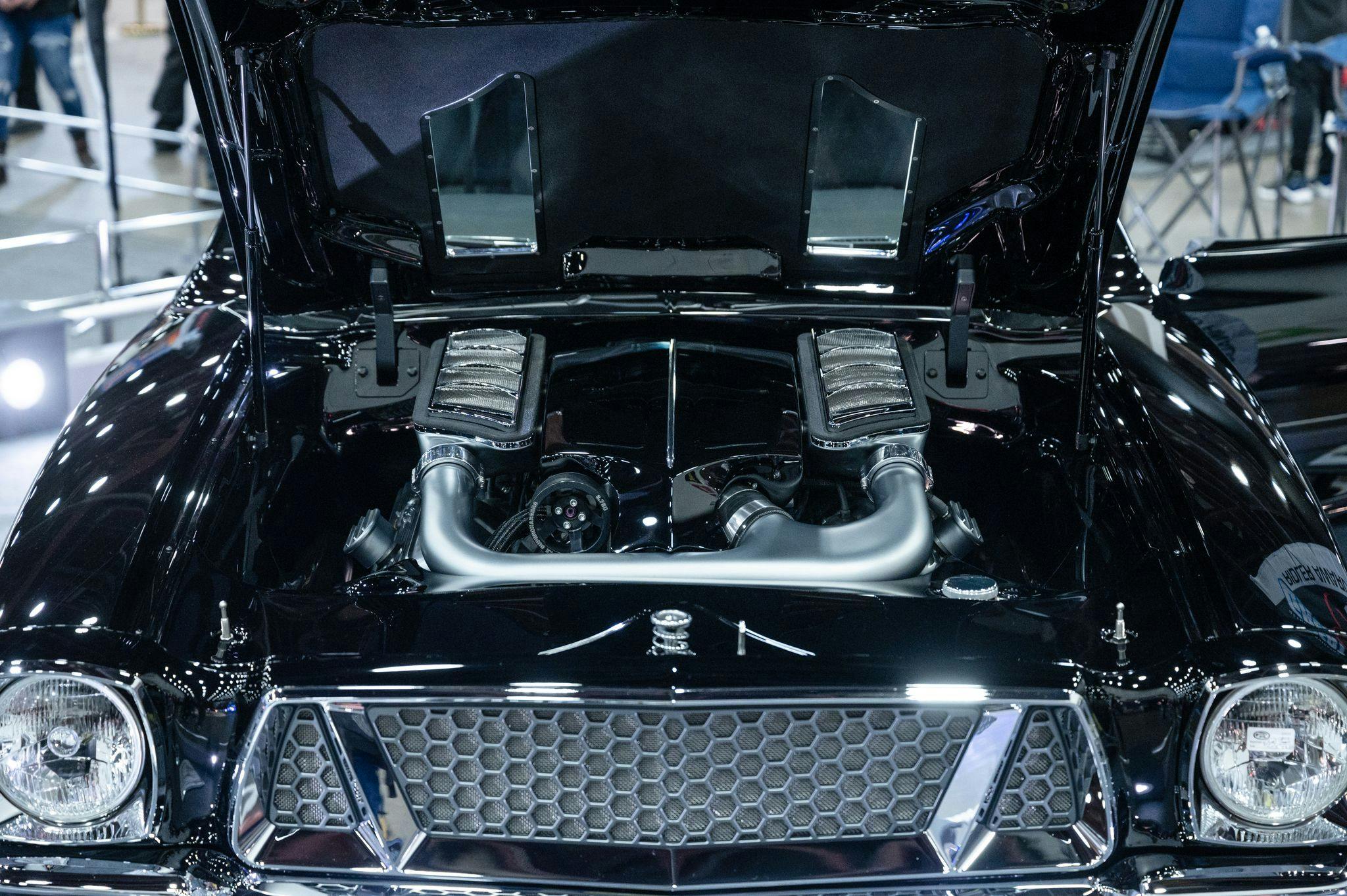
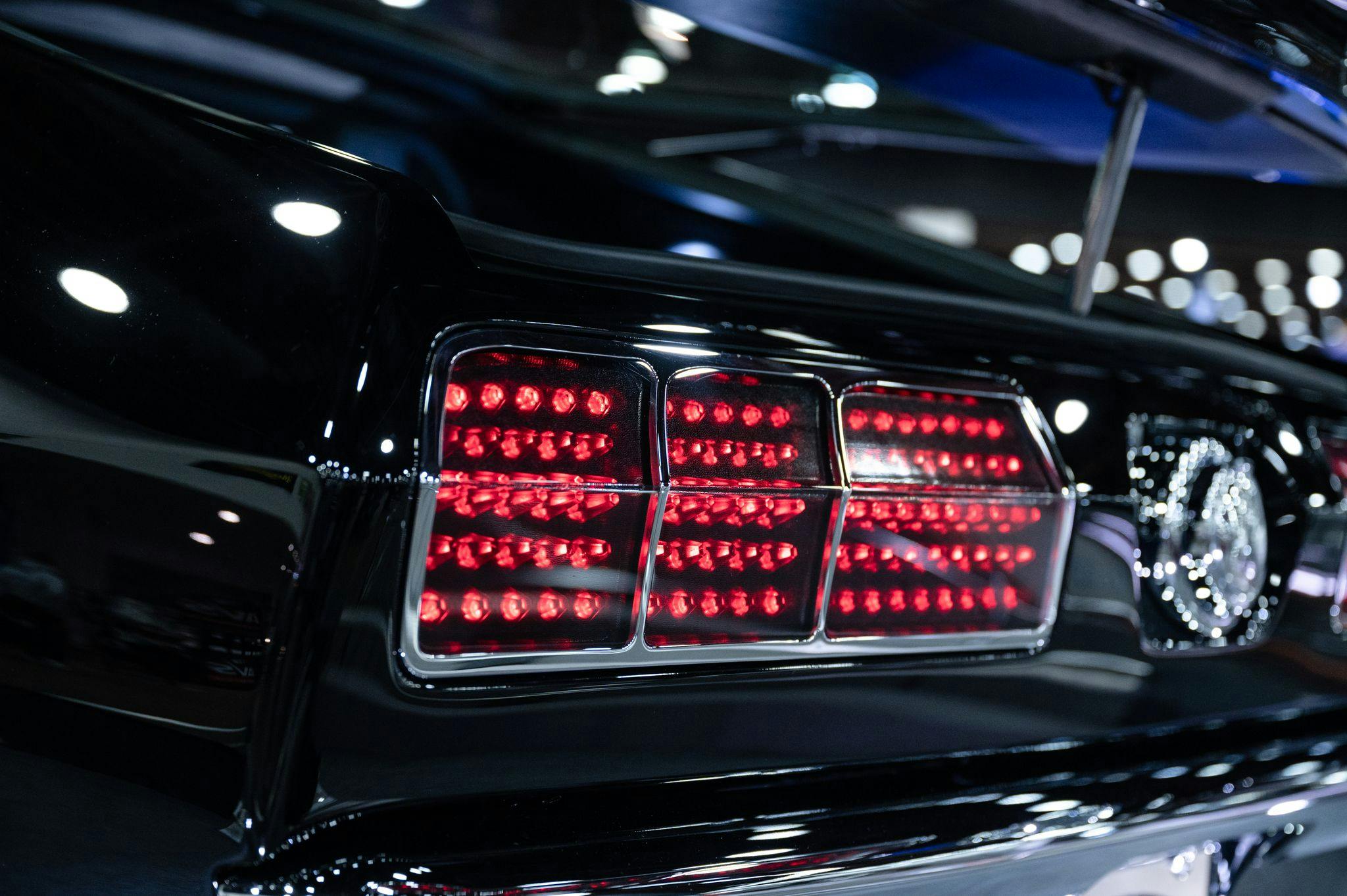


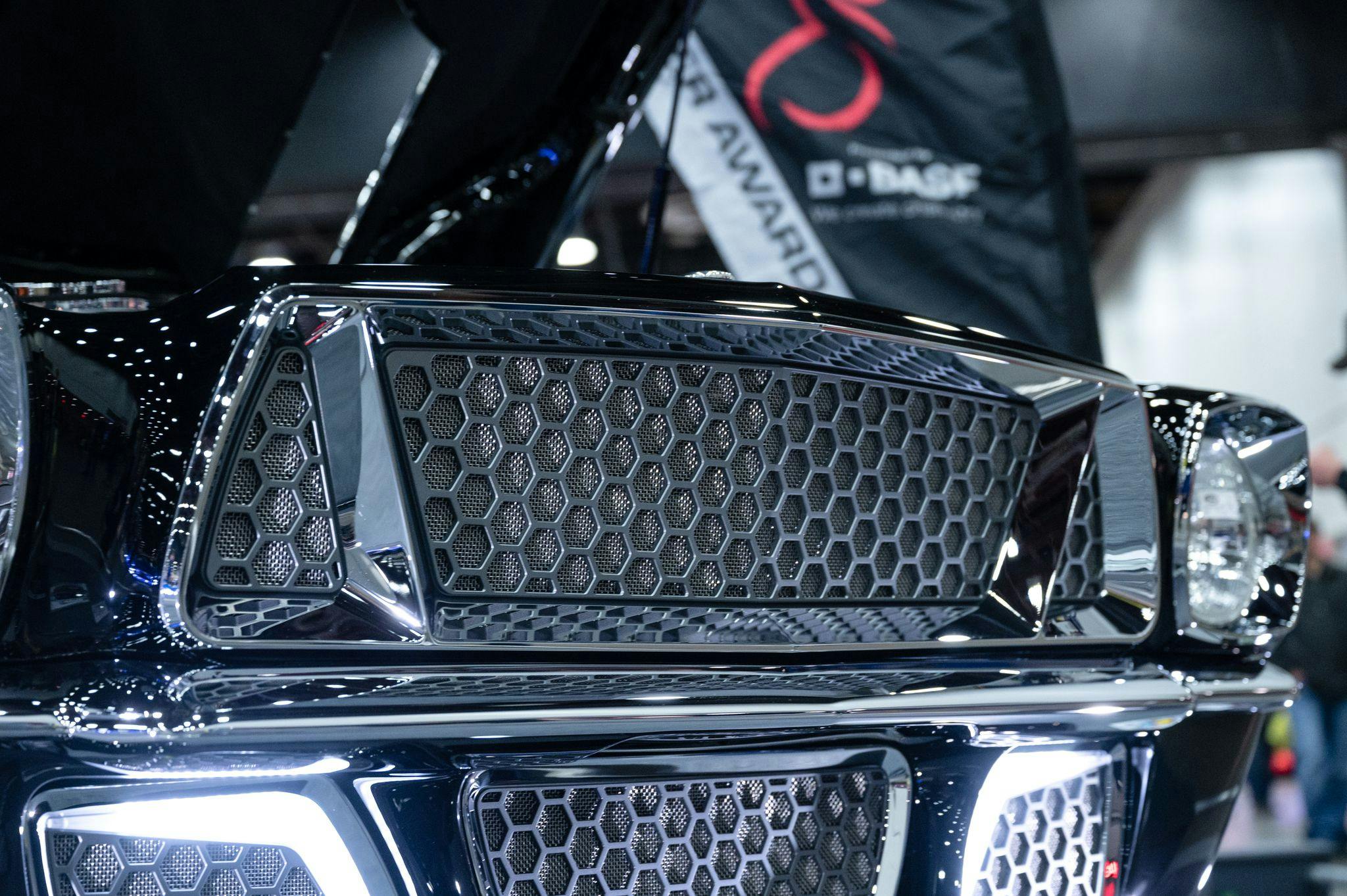
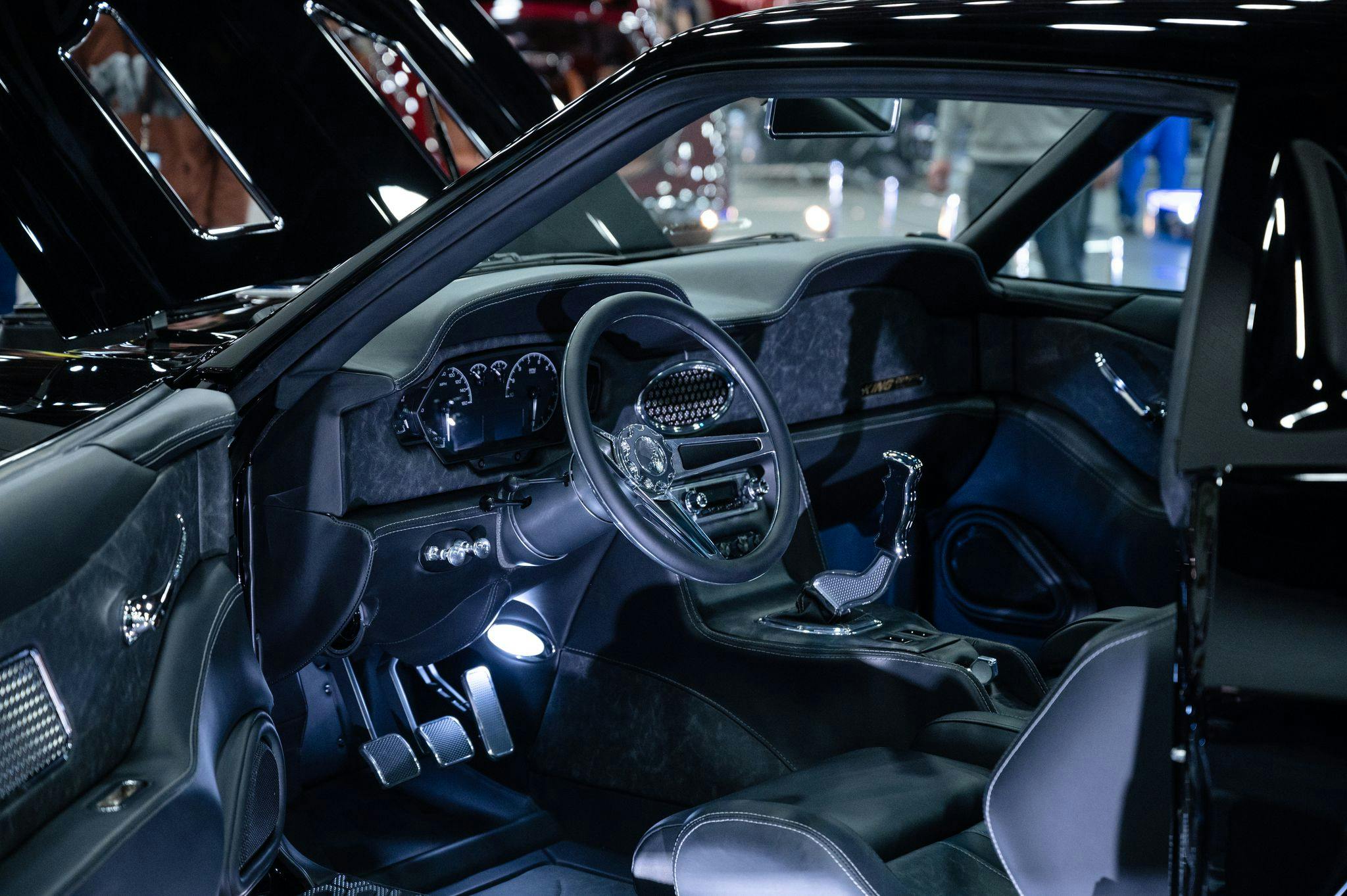
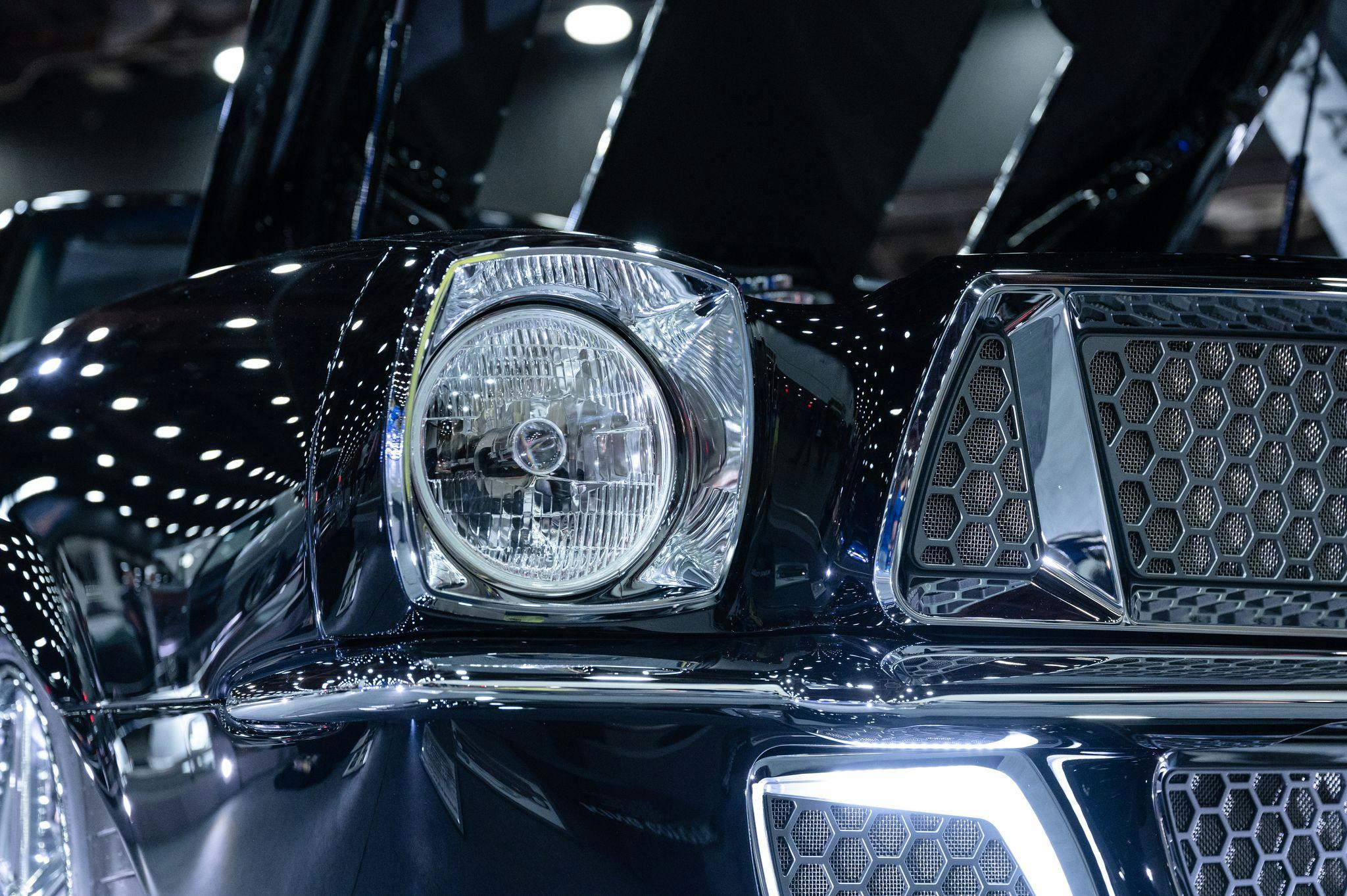


Chris Coddington (Boyd Coddingtons Son) CNC’d the wheels
Great looking batch of cars… These 8 cars are fantastic.
Why didn’t I marry a Cargill lol
Some incredible work there!
Less is more. Some are just over done.
The Dodge is gorgeous.
Most of these pictures are hard to look at. Too many overly shiny parts and so much artificial lighting turns these cars into reflections upon reflections upon reflections of light. There are some good looking cars but the lighting is just too much with these cars.
I agree,hard to make out body lines etc
Really like the Chevy 1300. Looks a lot like my 3100.
The lighting certainly fools the eye it’s true, but you can’t take anything away from the artists and creatives that design and build these cars. They can only be described as genuine works of art!
I like something about each, but the El Cameo and the Chevy 1300 are my favorites of this bunch.
Enough with the cookies
The Super Bee looks air conditioned not supercharged. Really nice car. Great color.
Like the Mustangs as well.
Steve, thank you for the ElCameo coverage. I have just been made aware of the Hagerty article.
To help clear up your confusion about the build, a ‘56 panel truck was used to create the unibody, ie. one piece body with no separate cab and bed. And the build theme was a 1958 truck.
Glad to answer any additional questions.
Thanks again
Jim